TRANSPORT
SECTOR INNOVATION IN THE FACE OF CLIMATE CHANGE
HOW DIGITAL TRANSFORMATION IS TAKING OFF AT BOLOGNA AIRPORT

SECTOR INNOVATION IN THE FACE OF CLIMATE CHANGE
HOW DIGITAL TRANSFORMATION IS TAKING OFF AT BOLOGNA AIRPORT
Discussing AstraZeneca’s digital transformation, patient-driven innovation and latest medical technology underpinning its efforts to eliminate cancer as a cause of death.


Our cover interview is with Lucy George, Head of Business Innovation, Oncology at AstraZeneca UK. I sit down with Lucy to discuss the company’s bold ambition to eliminate cancer as a cause of death by deploying digital transformation, patient-driven innovation and the latest medical technology (p6).
I chat with Robin Hirschl, Chief Technical Officer at Obton, about the company’s transformation from an investment firm to a renewable energy company. Robin shares insights into building a technical department to help Obton turn towards its assets by deploying data, technology and innovation (p22).

Nazareno Ventola, CEO & Managing Director of Bologna Airport joins us to share fascinating insights into the digitalisation, transformation and sustainability strategies underpinning the airport’s post-COVID recovery which has led to booming growth and thriving success today (p42).
Janaina Ruas Filiponi, Europe Head of Supply Chain & Sustainability at SLB, tells us about the company’s heritage of innovation and journey to embed sustainability into the supply chain function – inspired by its vision for a decarbonised, sustainable future (p76).
In our tech features this month, we share four articles on striving for sustainability in the UK transport sector (p12), redefining new product development processes with AI (p56), transforming luxury experiences in the high fashion industry (p66) and exploring six strategies for greener, ecoefficient workplaces (p94).
Last but by no means least, our Startup of the Month is Suppeco – the company leveraging the tremendous potential in relationships to solve pressing challenges facing the customer-supplier ecosystem (p104).
We hope you enjoy our latest edition. As always, if you would like to be considered as an interviewee or if you have a story for us, please do get in touch.
How the UK transport sector is combatting climate change

6
We speak to Lucy George about AstraZeneca UK’s mission to eliminate cancer as a cause of death by wielding digital transformation, innovation and technology
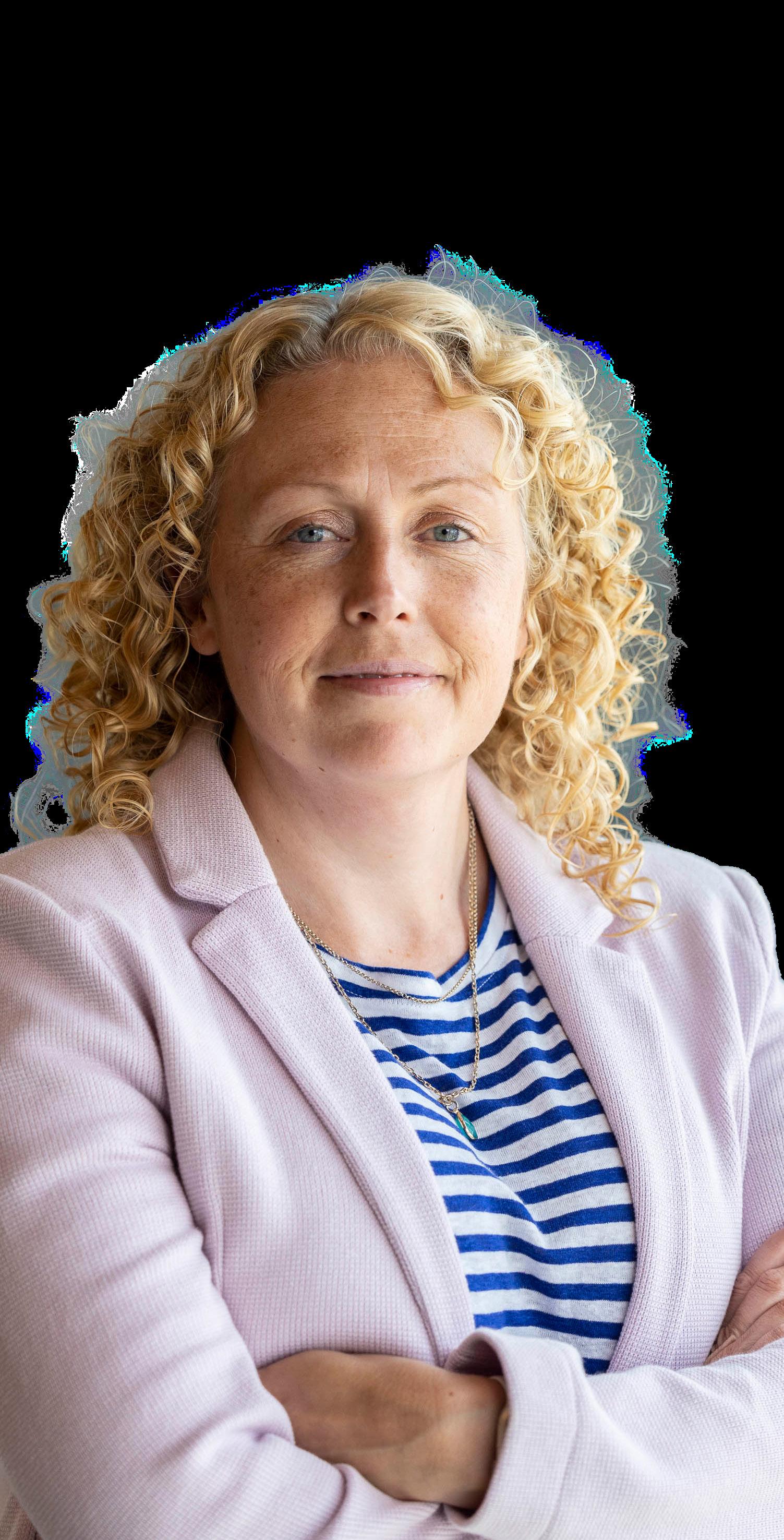
94
Six tips for an eco-efficient workplace
Revolutionising new product development success rates with Cambri’s innovative AI platform
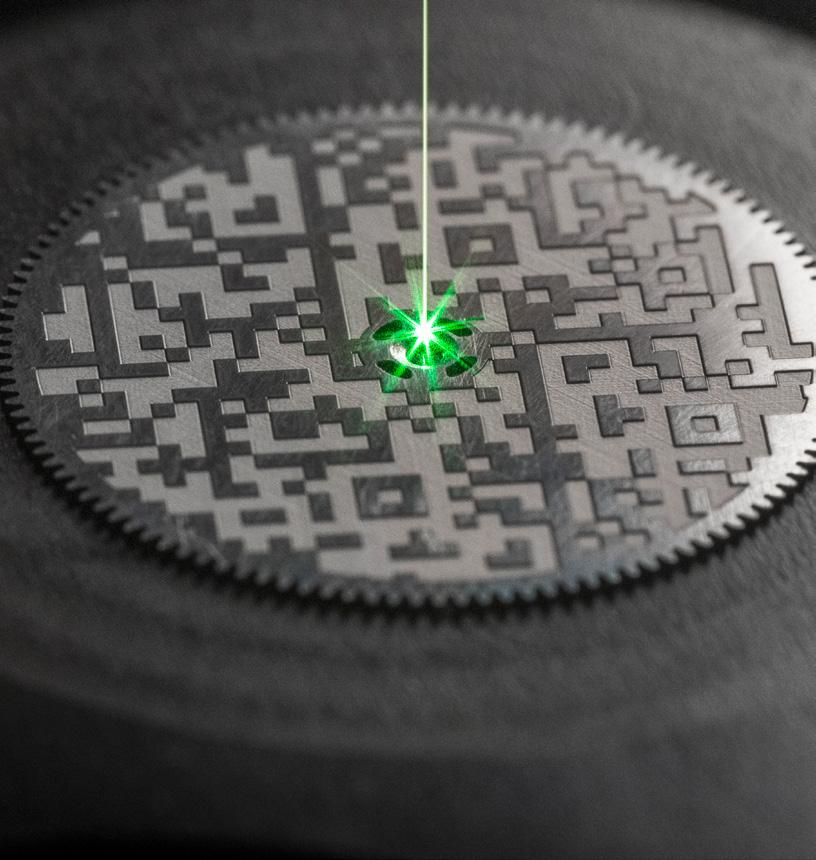

We sit down with Janaina Ruas Filiponi to explore how SLB is embedding sustainability into the supply chain for a greener future
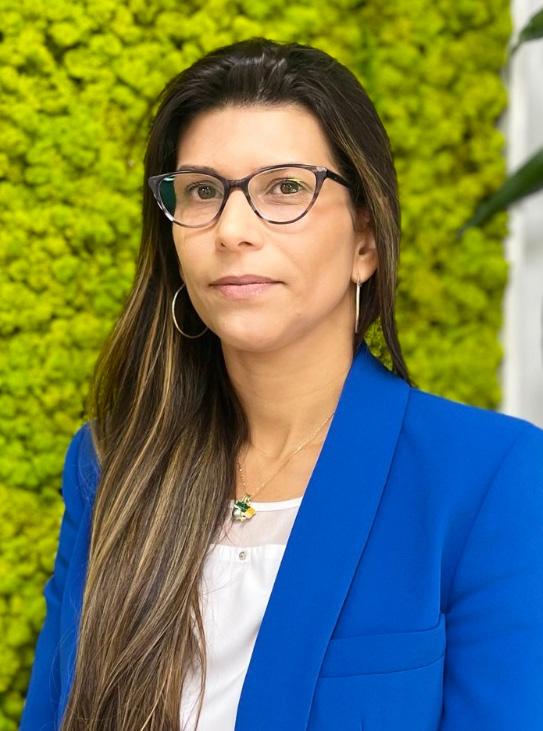
the

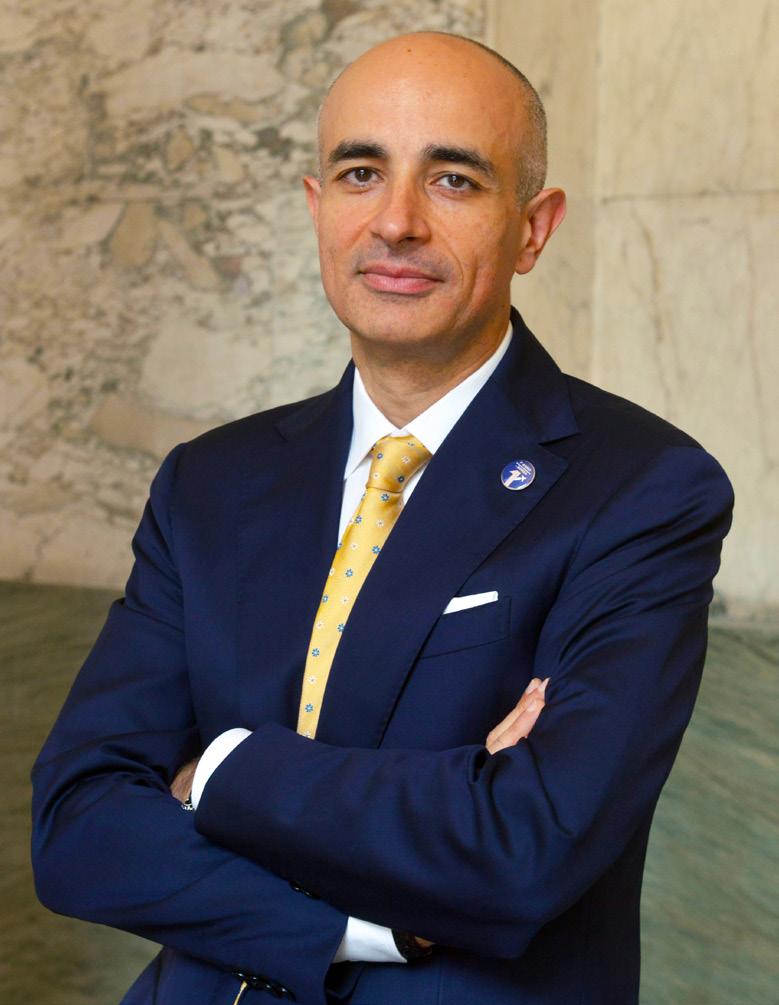
Paid for and developed by AstraZeneca UK.
UK discusses the company’s digital transformation, patient-driven innovation and latest medical technology underpinning its bold ambition to eliminate cancer as a cause of death.
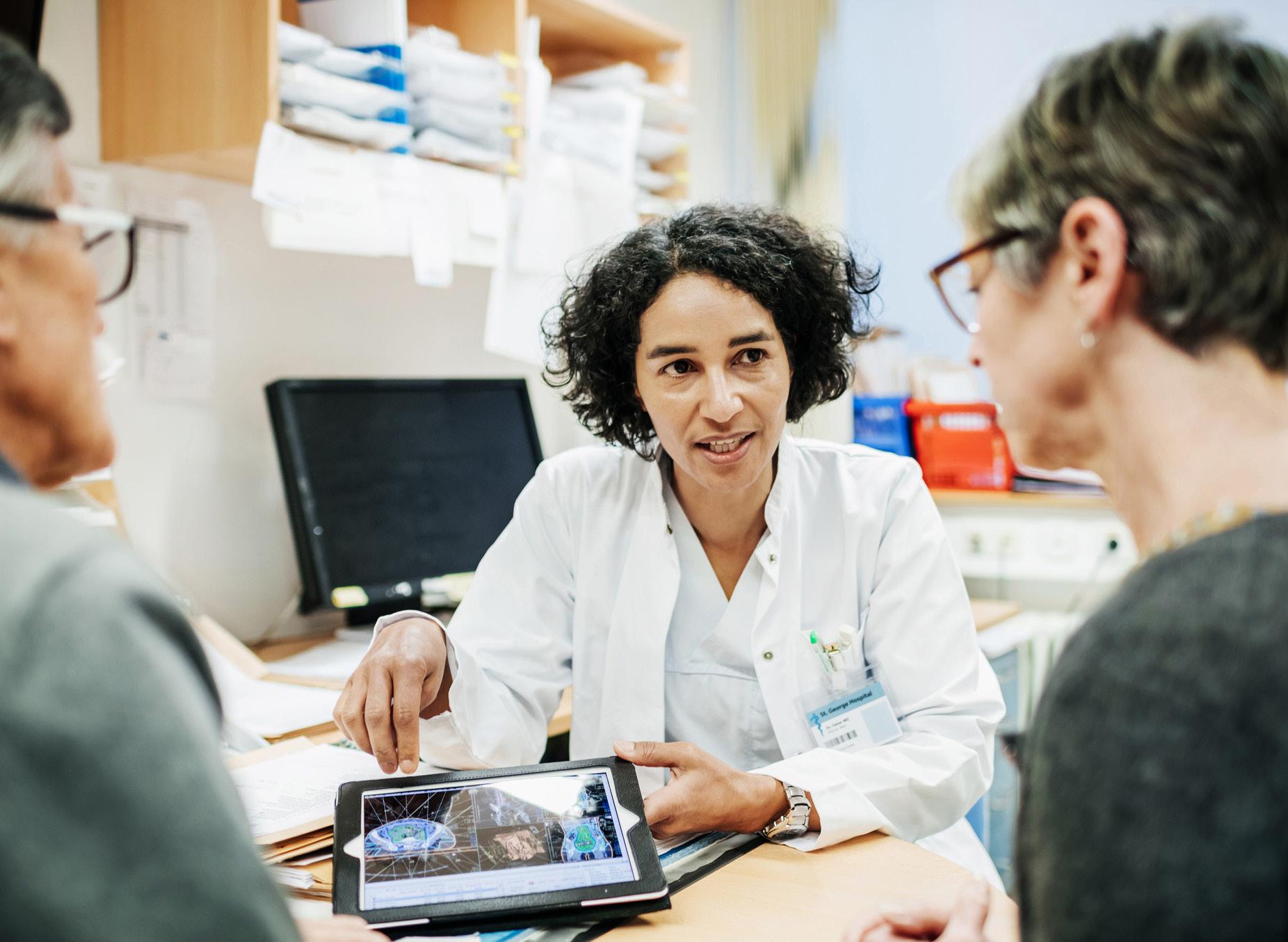
or more than 40 years, AstraZeneca has been developing cancer medicines in the UK and around the world. Despite the progress in recent decades and the constant drive in R&D to push boundaries in how we understand and fight cancer, there is still more to do.
AstraZeneca is at the heart of oncology R&D in the UK. It is committed to advancing the science of oncology with the aim of delivering life-changing medicines. The ultimate ambition? To eliminate cancer as a cause of death through scientific discovery, collaborations and digital transformation to ensure that these life-changing medicines reach people most in need.
Here to tell us about the fight to make it achievable is Lucy George, Head of Business Innovation, Oncology at AstraZeneca UK.
Lucy begins by explaining how she and her team strive to innovate in terms of precision medicines and science, but also collaborate and forge partnerships with technology companies and the wider healthcare system to enable earlier diagnosis and screening to facilitate earlier identification of cancers – while also
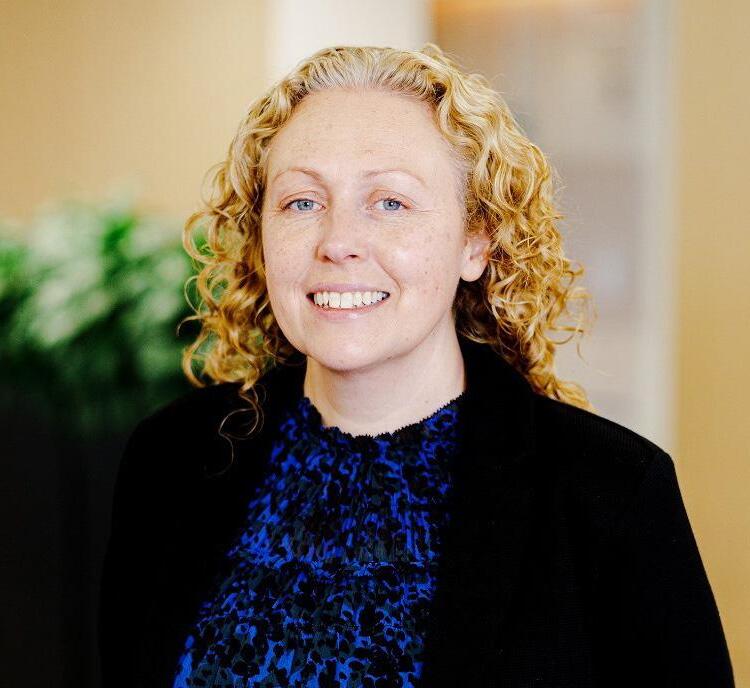
optimising cancer care more broadly. They are likewise involved with how AstraZeneca UK deploys digital marketing, data and analytics to gather and then wield insights from its customers and patients.
According to Lucy, digital transformation within the healthcare system is crucial to these endeavours.
“It's no secret that the health system is under pressure,” says Lucy. “For instance, in the UK there is a range of different challenges that have all come together such as the postBrexit environment, fallout from COVID-19 and workforce challenges that have now become a real issue in terms of backlogs – in particular for cancer care where people should be diagnosed and treated as quickly and effectively as possible.
“Patients expect and deserve to be treated quickly and, clearly, the NHS requires that as well”
Lucy George, Head of Business Innovation, Oncology
“I think that there's now an opportunity in the healthcare industry to be able to work together to resolve some of those issues in a way that creates a win-win for all of us. We have the ambition to bring innovation to patients when and where they need it. Patients expect and deserve to be treated quickly and, clearly, the NHS requires that as well. We see partnerships as a way for us to engage at this level and deliver value, demonstrating how we can help to resolve and relieve some of the issues facing the healthcare system today.”
Lucy states this is a particularly pressing concern in the UK. “Unfortunately, the UK also has one of the worst five-year survival rates for lung cancer in Europe. This is one of the underpinning reasons why digital innovation is of paramount importance in the UK.”
One of the specific areas where AstraZeneca UK champions collaboration to drive innovation is its PATHFINDER initiative. PATHFINDER is a collaborative project between AstraZeneca, the NHS, and other
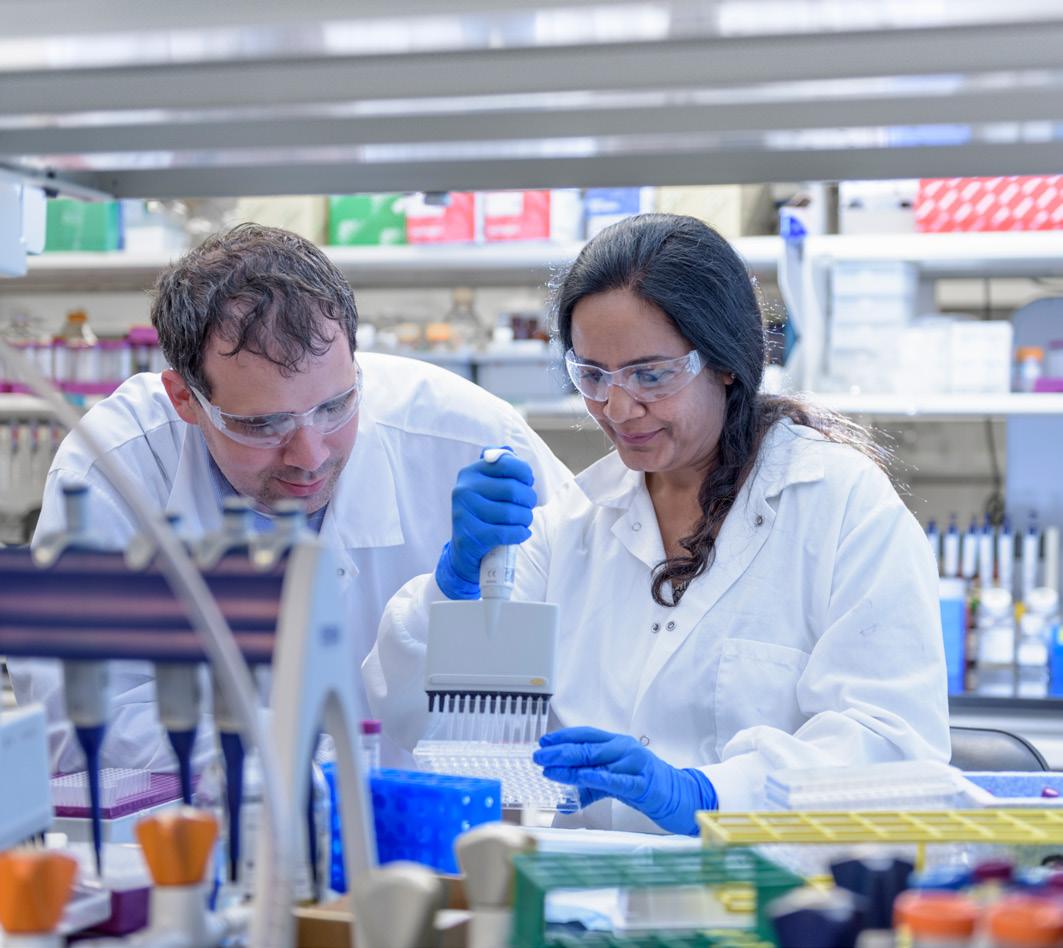
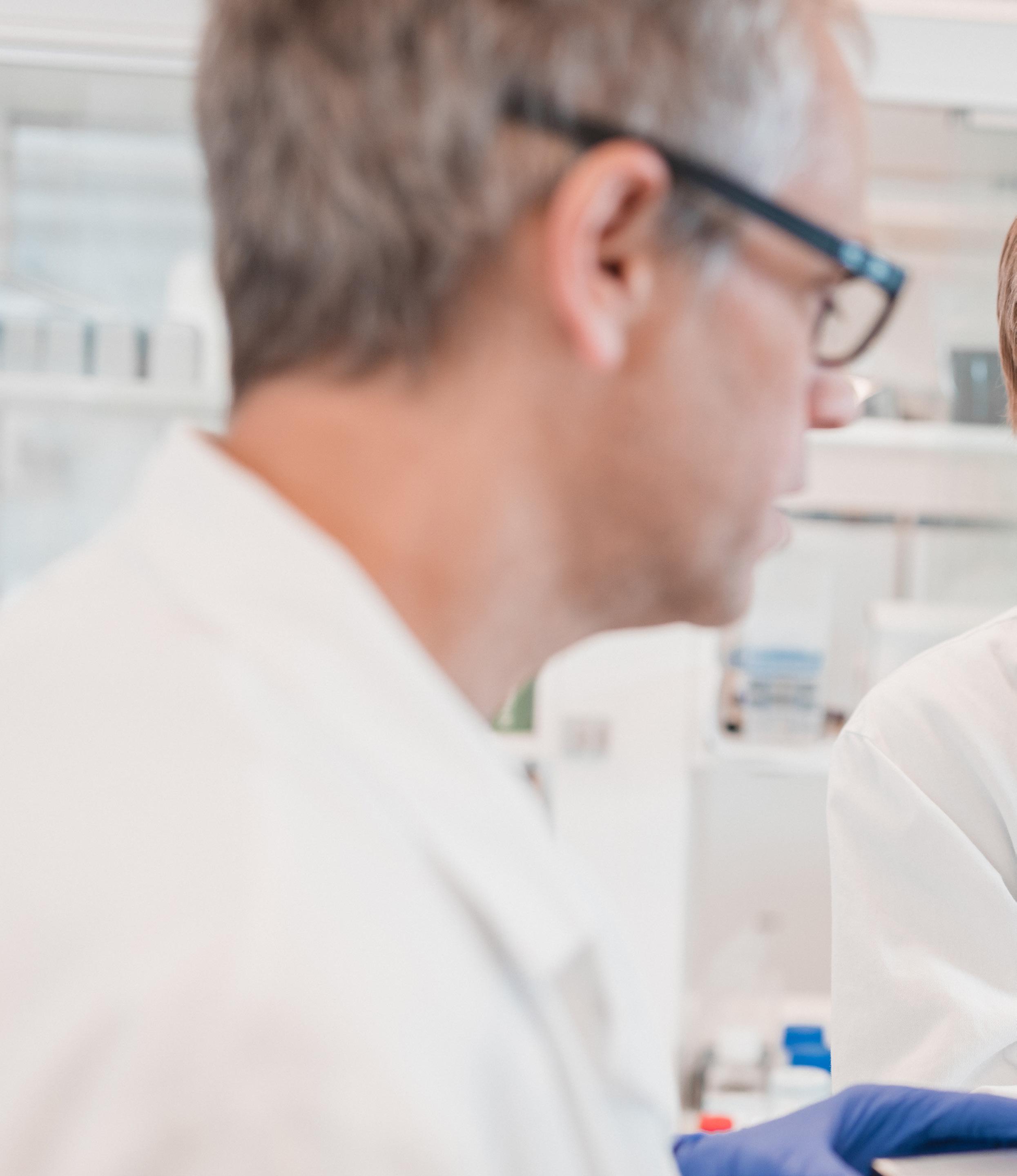
organisations with funding provided by AstraZeneca.
“The PATHFINDER initiative was born from the need to be able to look at the whole oncology pathway, particularly in lung cancer for this project,” explains Lucy. “Lung cancer is where there was and is the greatest need for innovation of this kind and remains the most common cause of cancer death in the UK, accounting for one in five of all cancer deaths.
“For that reason, the PATHFINDER project was put together to focus on optimising care in lung cancer by working with local cancer services to identify the pinch points in their pathways and find data-driven decision points where they could look to make improvements or deploy a technology to assist optimisation. The ultimate goal is to help these local services align lung cancer pathways with some of the national objectives around shortening the time to treatment or the time to diagnosis for cancer.
“PATHFINDER has been in progress for over a year now and it has enabled us to identify some pilot projects that have led to new partnerships. As a pharmaceutical company, these pilot projects have helped us identify how we can best co-create some of these solutions. Moreover, now PATHFINDER is a national project, we're looking at how we scale the projects in lung cancer, but potentially in future also use the same methodology to partner in other areas of cancer care as well.”
This programme is currently being integrated into other NHS lung cancer
initiatives alongside innovative artificial intelligence (AI) and machine learning algorithms.
“We've got two fantastic digital projects that are centred around the use of AI. The first is based in Greater Manchester where we are collaborating with Qure.ai. Here, we’re using a machine learning algorithm that works alongside chest X-rays to triage the number of abnormalities or the number of findings that can be considered at an early stage, even before a radiologist looks at them, to highlight which scans need to be looked at as a priority. What that means is healthcare professionals should be able to potentially see patients who've got lung cancer at an earlier stage.
“Considering the UK’s workforce capacity issues, this project can really make the process more efficient and apply the radiologist's time to the patients with the most urgent and high-priority needs. It launched this year and is a work in progress at the
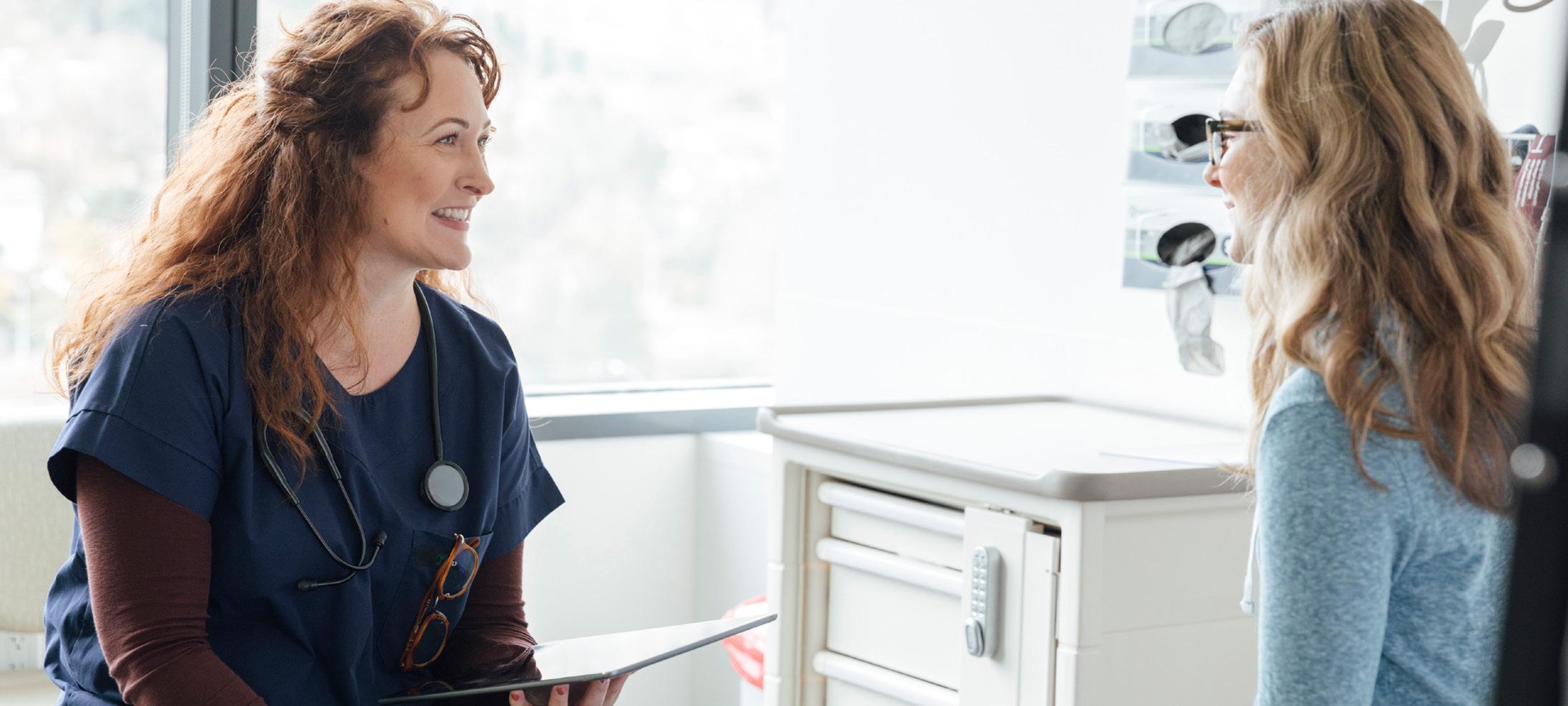
moment. We'll be looking at this over the next few months to analyse the outcomes, but the hope is that it allows us to prove that this is an effective way to create efficiencies in the system and release capacity but more importantly, get patients diagnosed as early as possible.
“The second initiative is a partnership with Clinithink, funded by AstraZeneca, which again uses AI in the forms of machine learning and natural language processing.
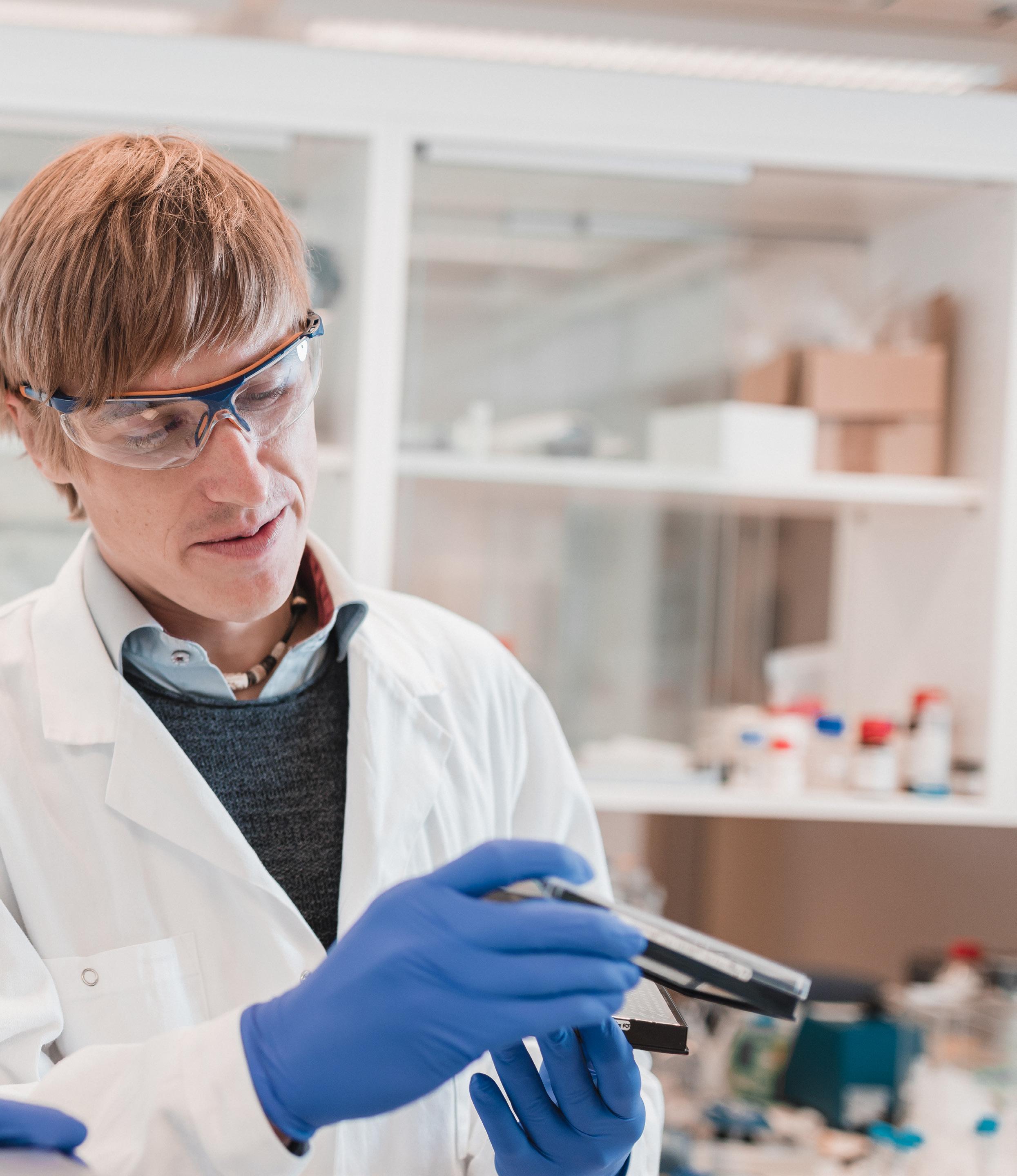
“Our stakeholders and partners say that what we're able to bring to collaboration is expertise. We have industry-leading digital technology and digital project management experts in the business”
Here we’re looking at patients early on the disease process, before they get referred to specialists. The project is asking if we can predict which patients could be at higher risk of lung cancer through using information in medical records, and then bringing them in for screening. If successful, we would run it as a potential pilot to scale further and use it as another example of how we can partner to use technology across the board to identify cancer earlier in the treatment pathway.”
When it comes to partnerships between public and private sector entities, like the NHS and AstraZeneca UK, Lucy reiterates there are several opportunities emerging from their collaboration and challenges that can be overcome together.
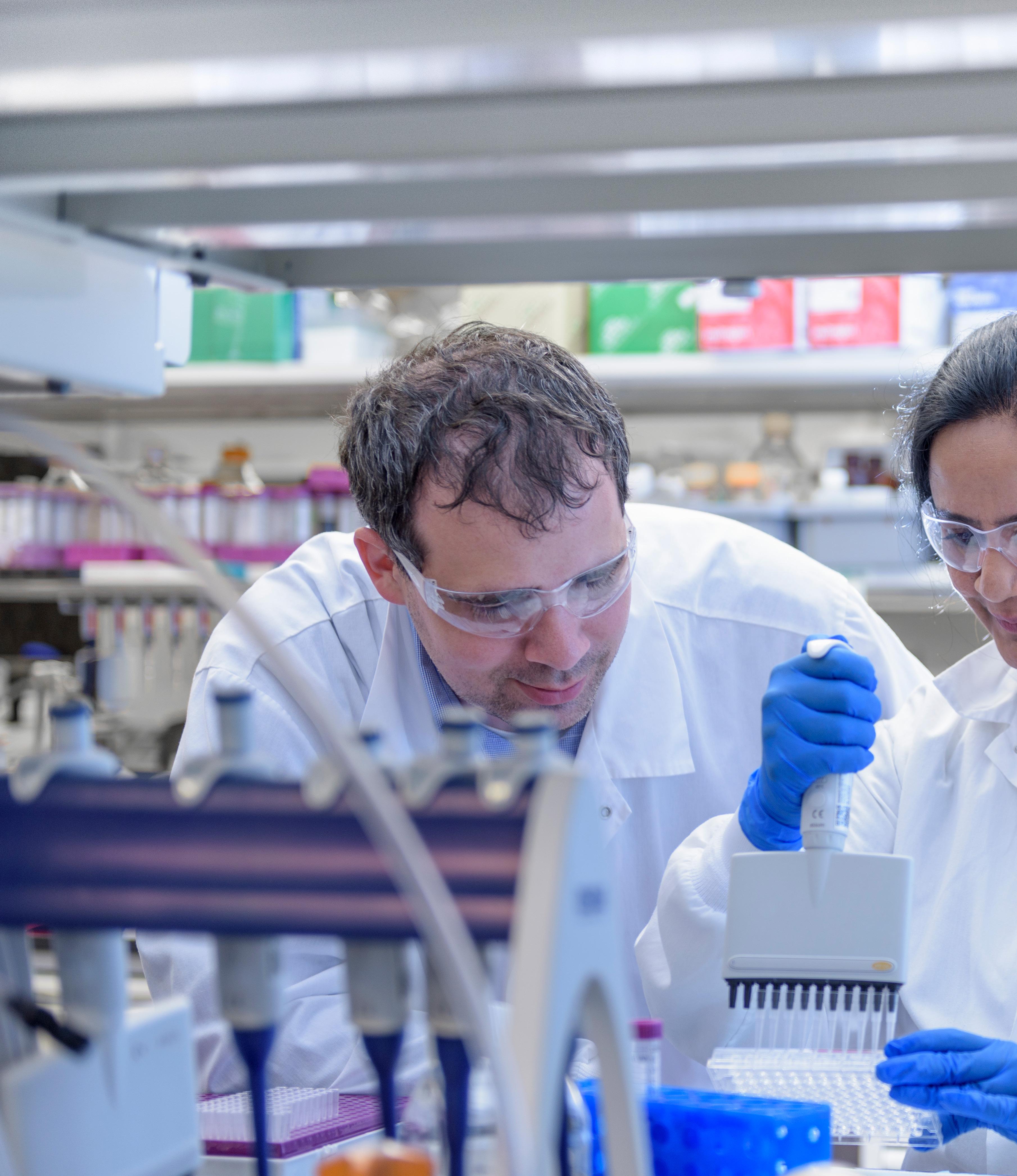
“Our stakeholders and partners say that what we're able to bring to collaboration is expertise. We have industry-leading digital technology and digital project management experts in the business, but we also have the time and capacity to be able to bring those skills to the table to cocreate comprehensive solutions that really work for each party. We're able
to explore ideas that NHS stakeholders wouldn't necessarily grow on their own because they're busy seeing their patients, and we're able to give those projects the time and space they need to come to fruition.
“By working with partners, we can support them to explore their use case and give the evidence that is needed to show that their technologies work and they can be scaled – either with our involvement or without our involvement, in a sustainable way. We're not creating things and then walking away. Instead, we're creating projects and pilots that we genuinely think can be used over a wide base for a long time.
“At AstraZeneca, we're quite lucky in that we do have a really clear framework for collaboration with public sector bodies as a private sector company,” Lucy elaborates. “We have an industry body in the Association of the British Pharmaceutical Industry (ABPI) that sets out what we can do and how we can do it. That allows us to have a very transparent approach to how we partner with public bodies. But this accountability also allows us to foster advanced, purpose-led partnerships, which are more future-focused versus what was perhaps traditionally seen as a more transactional relationship between industry and the NHS.
“We're able to foster something that's much more strategic and allows us to work together to tackle some of the bigger picture problems in the healthcare industry.
“There are some brilliant innovations happening in the health system and

there is a huge opportunity to do more, scale our efforts and take these pockets of excellence and make them prevalent at the national and global levels,” concludes Lucy.
For more information about AstraZeneca UK visit www.astrazeneca.co.uk.
Lucy began her professional career in marketing and over several years has relished the steps she’s taken towards her role at the leading edge of digital technology today.
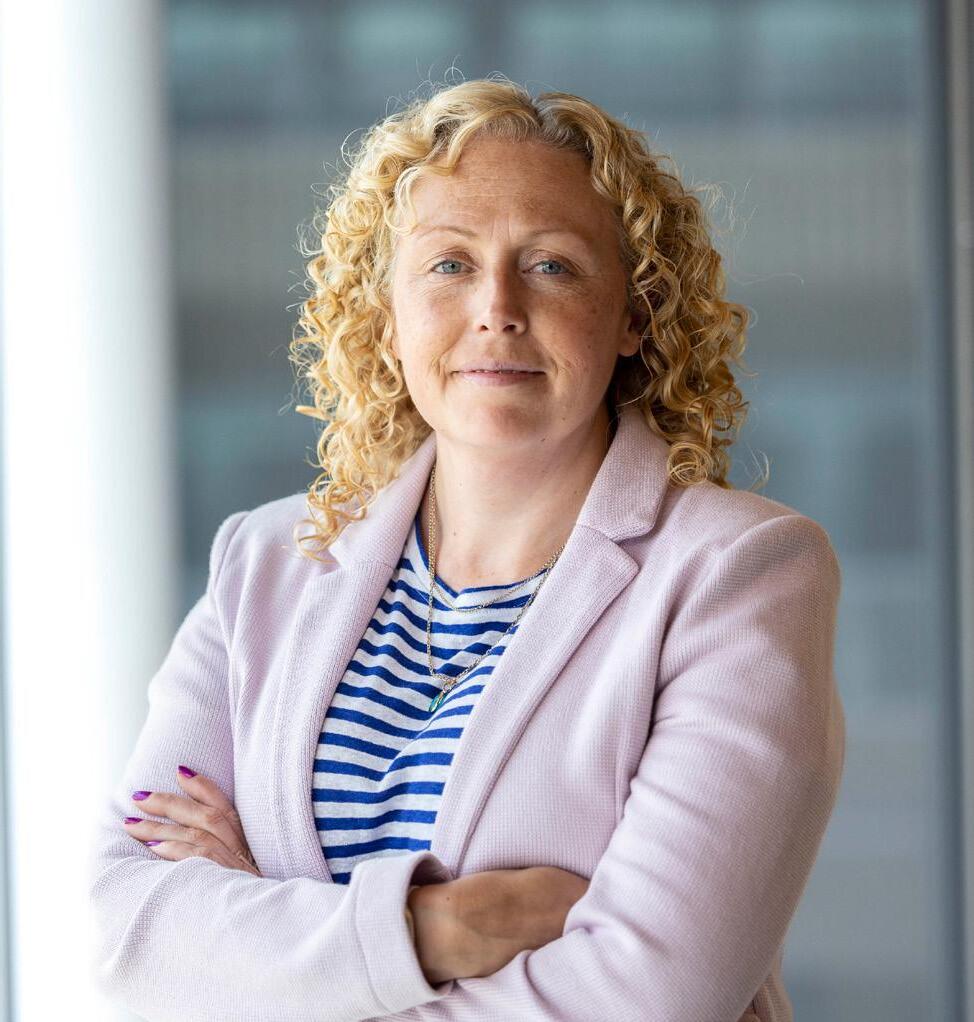
“It’s been a journey of realisation and it’s my sincere belief that we have to understand and embrace digital innovation to be successful.”
For Lucy, this means staying at the forefront of the conversations around digital technology, but balancing this with keeping her finger on the pulse with the relevant healthcare and scientific developments that are so crucial to her work.
“I'm a scientist and biologist at the core of things, so working in cancer care is such a purpose-driven and rewarding field to be in. I'm always reading, watching and listening to the latest discussions and I enjoy the opportunities to attend as many industry events as I can.”
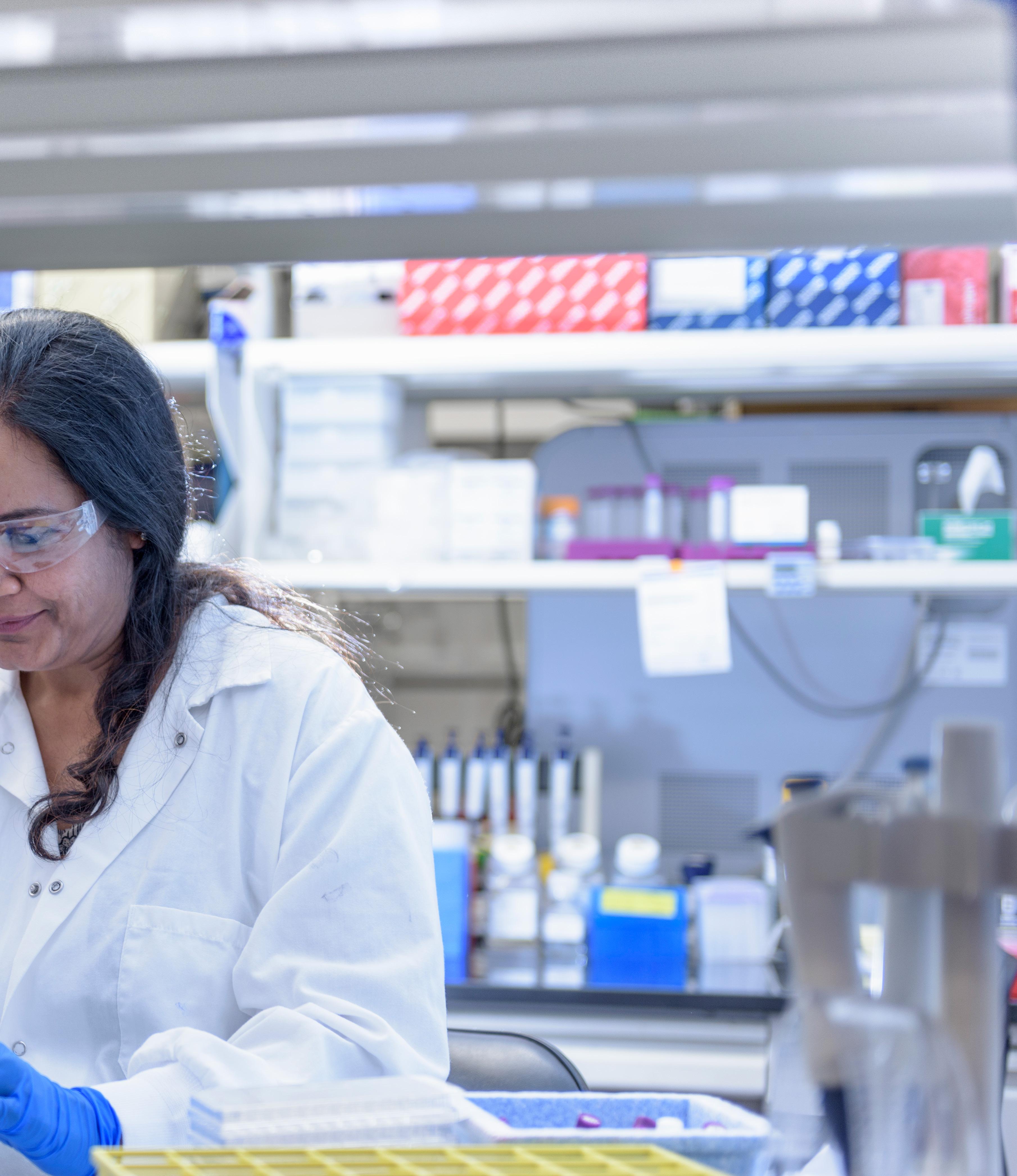
Lucy insists that it is equally important to step back as a leader and a professional more broadly.
“Just being able to take the space to decompress and think through all the different things before me enables some of my most innovative ideas. Most of these come to me not when I'm sitting in a boardroom, at my desk or in a team meeting – but actually when I'm out for a run or taking some downtime outside work. Suddenly something, somewhere, locks into place in my mind, and I think that's where the magic really happens in terms of innovation.
“You could work every hour and still not be finished. There's always going to be more to do, so we need to look after ourselves along the journey.”
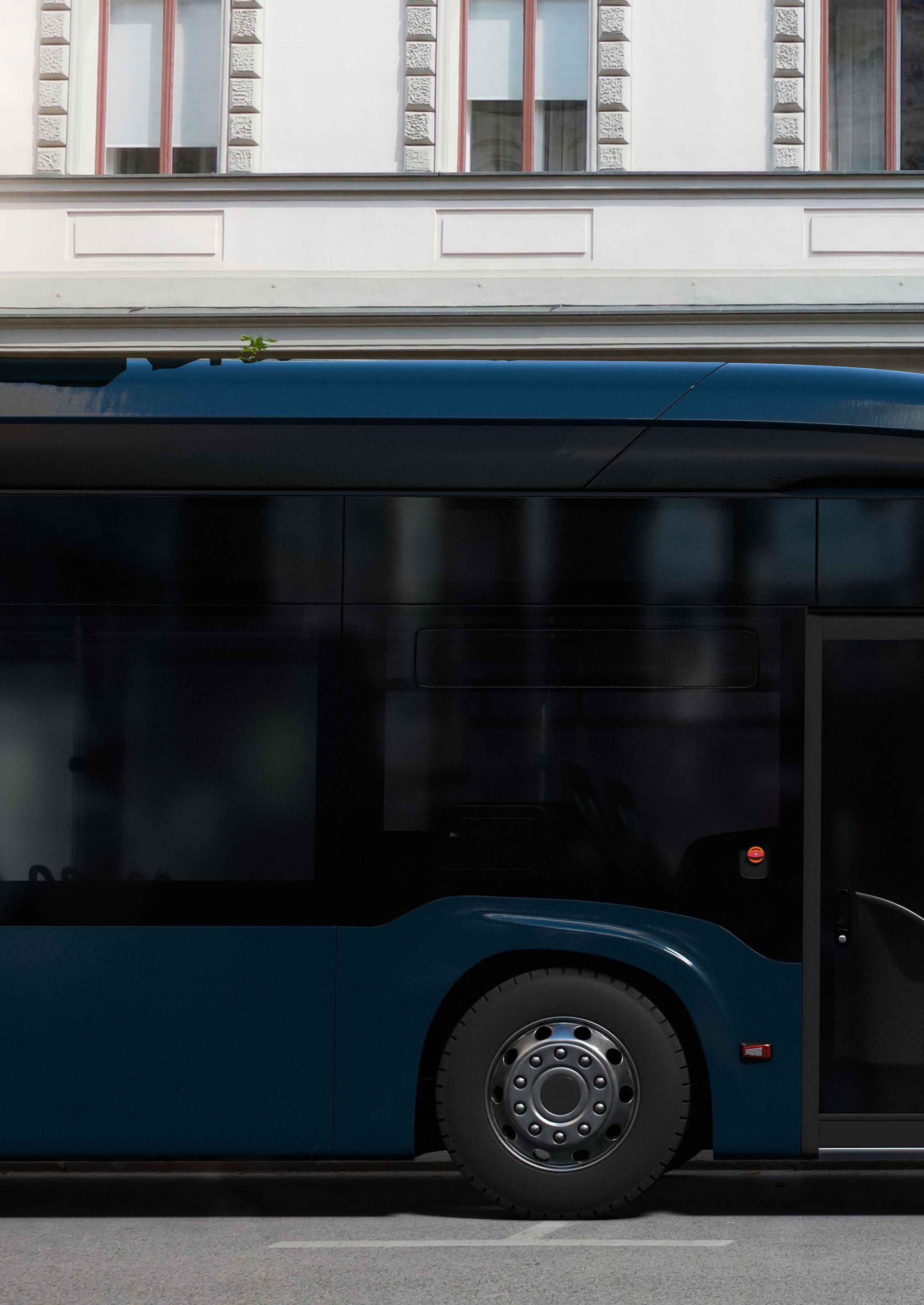
We take a look at some of the businesses, projects and initiatives striving for sustainability in the UK transportation industry.
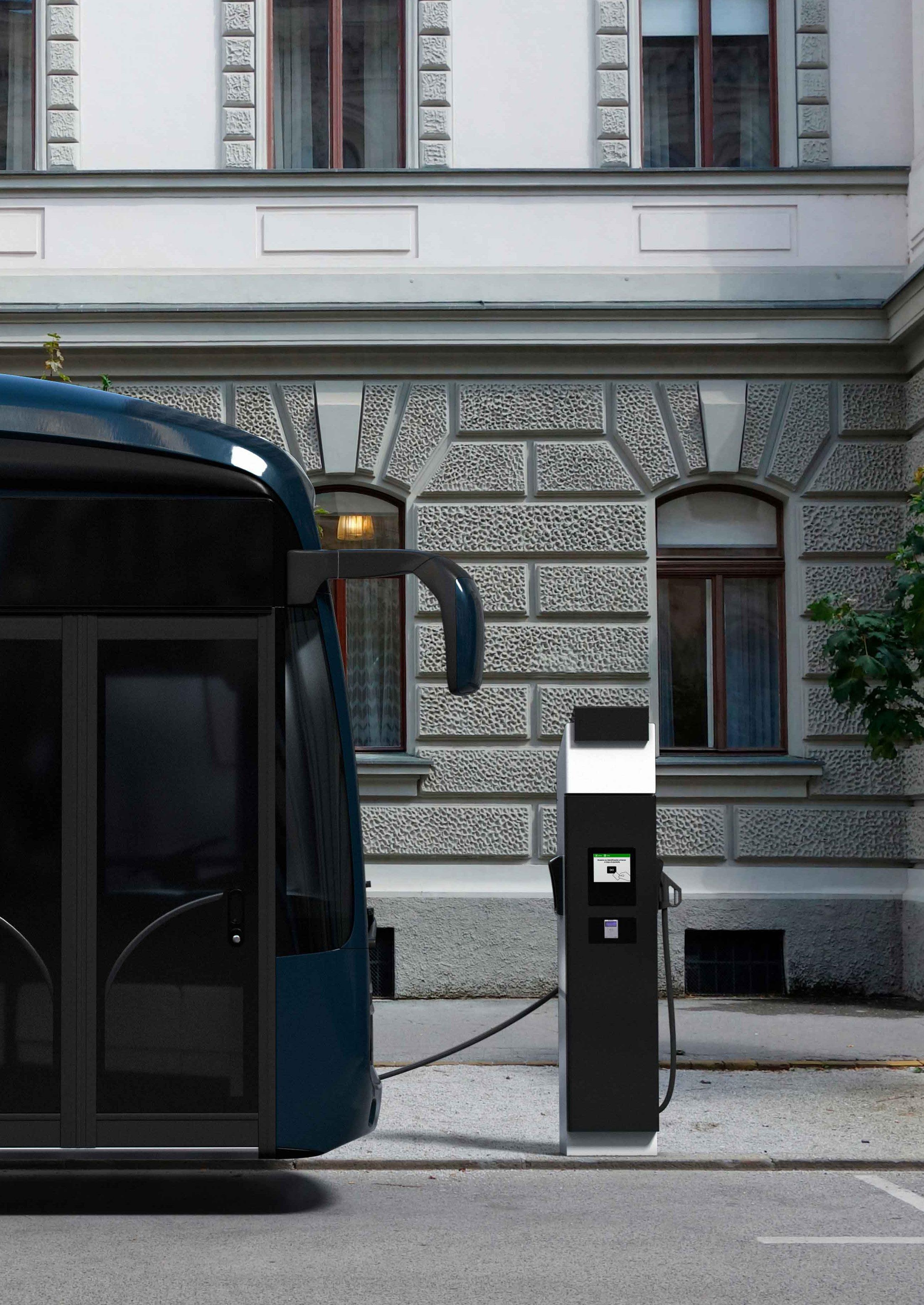
he British government’s Build Back Greener strategy, which aims to achieve net zero emissions by 2050, is beginning to implement changes to help reduce our impact on the environment.

The government has identified the transport sector as an area of particular concern, with shorter-scale targets being implemented. Transport constitutes one of the biggest contributors to Europe’s carbon emissions, accounting for 34 per cent of the UK's carbon emissions in 2022.
Petrol and diesel cars have been particularly targeted, with the sale of new petrol and diesel cars set to be banned in the UK and across Europe in 2035.. However, all across the transport sector, companies are innovating to help build a more sustainable future.
Here, we explore some of the businesses, projects and initiatives which are making a difference in the UK transport sector’s race to combat climate change, with input from UK-based multitouch screen developer Zytronic.

As the deadline for petrol and diesel-powered cars draws closer, sales of electric cars have ballooned accordingly. Almost every car manufacturer has their own electric range and a recent uptick in ownership has followed.
In the UK, one new battery electric vehicle (BEV) is registered each minute – a figure which is expected to increase to every
40 seconds in 2024. Electric cars constituted 16 per cent of the car industry’s total market share in 2022, and this figure will continue to rise.
Despite this fact, the UK lacks the required charging infrastructure to maintain a nation of electric cars. Efforts are being made to accelerate the installation of charging ports across the country: the government is aiming to install 300,000
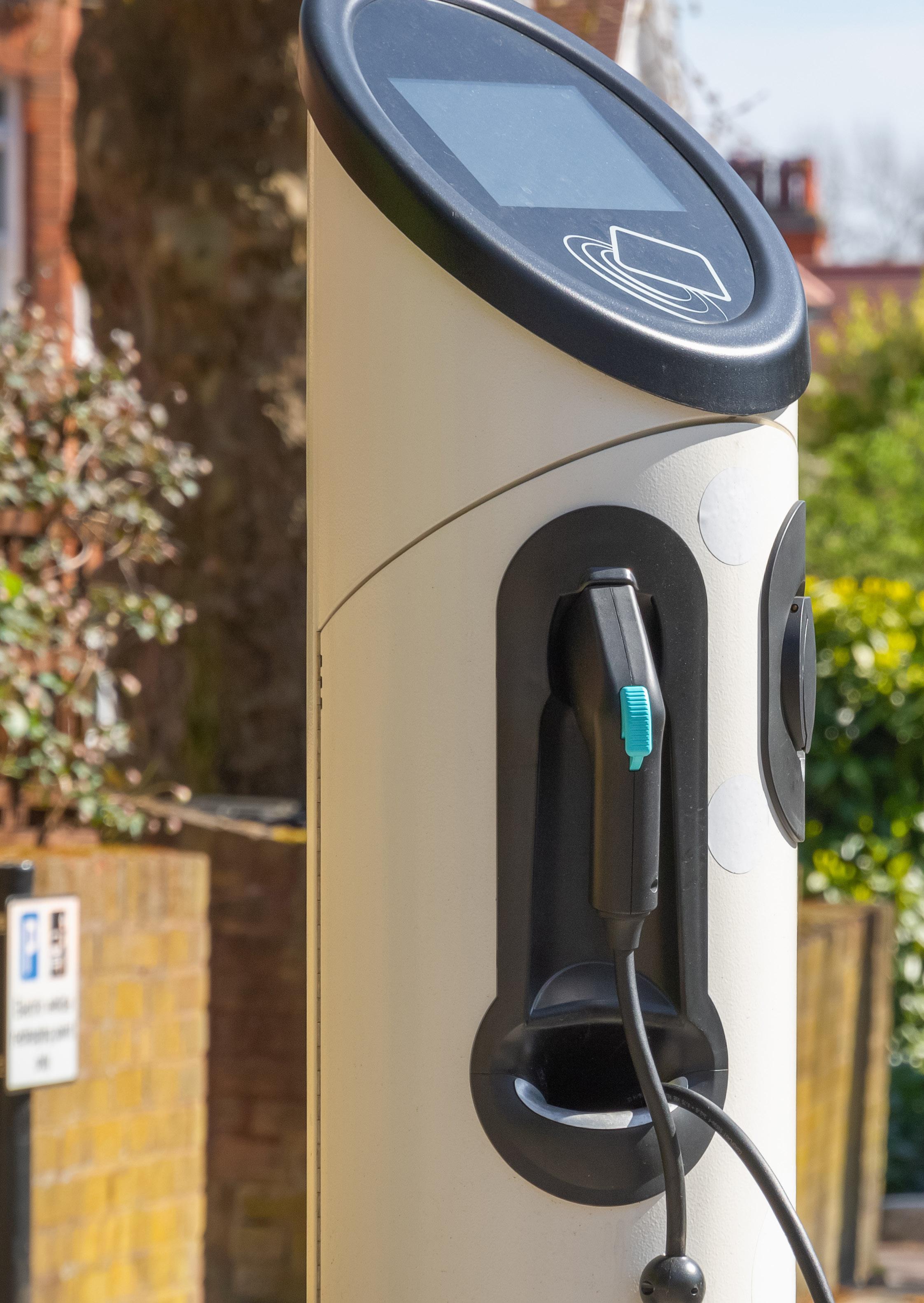
charging points by the time the last petrol car is sold.
There are concerns, however, that this change will not be sufficient – and the availability of charging points for rural drivers remains an issue.
Design innovation is helping combat this shortfall. Charging points stored in lampposts and bollards are reducing the cost and space required to install an EV
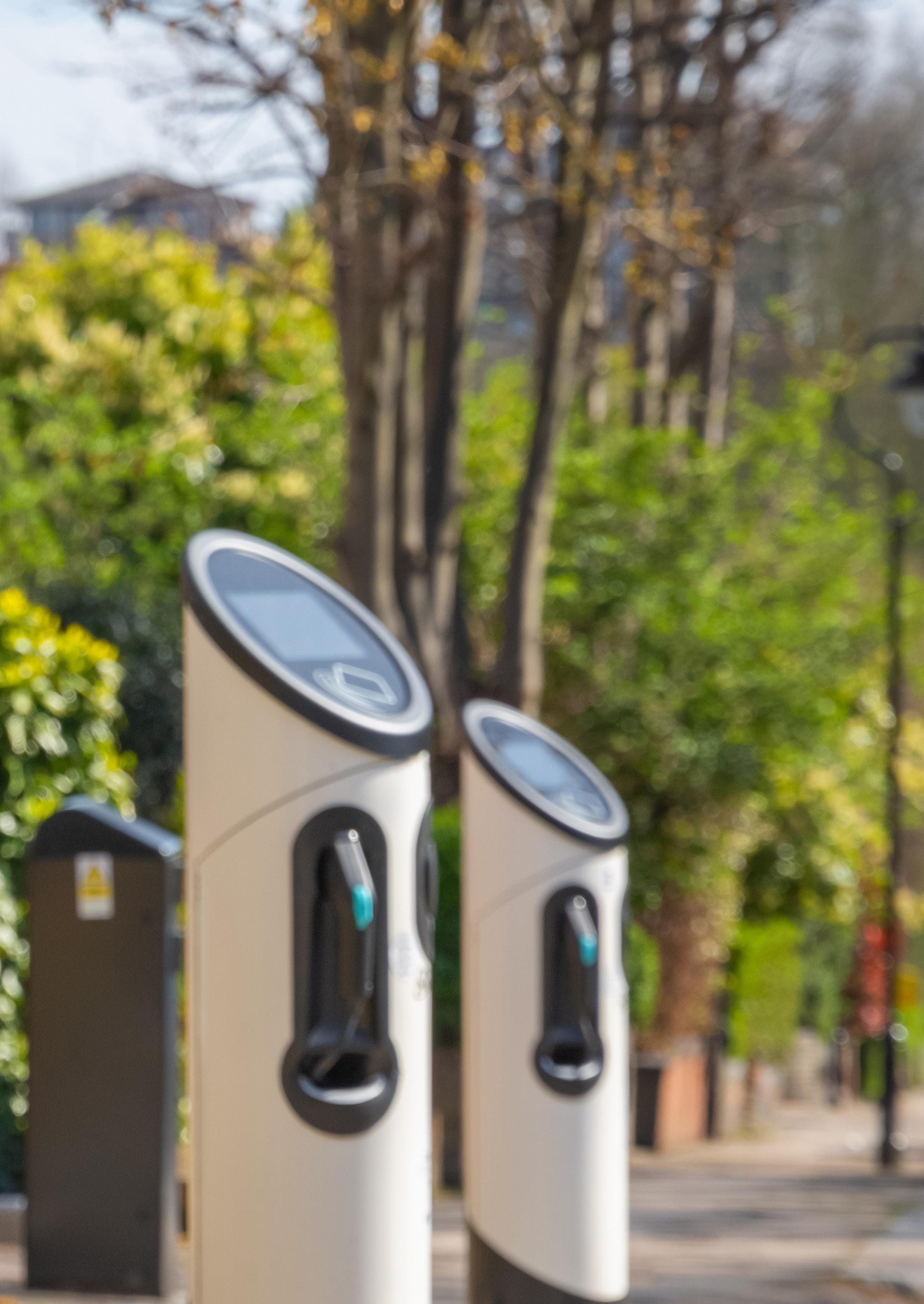
charger, allowing for more charging points to be installed and more widespread access.
App integration enhances ease of access, allowing users to pay for their charges electronically. Crucially, developments and reinforcements of the touchscreen software typically used in the outdoor charging ports have helped make the existing infrastructure more robust, maximising uptime and increasing nationwide access.
“THE GOVERNMENT IS AIMING TO INSTALL 300,000 CHARGING POINTS BY THE TIME THE LAST PETROL CAR IS SOLD”
It’s not just on the road where the UK is looking to reduce emissions, however. The Department for Transport has pledged funding to over 60 cutting-edge projects with the goal of reducing carbon emissions.
Kite-powered tugboats represent one such project. First developed by French company Airseas, the huge Seawing kites harness the power of the wind to propel boats. Clocking in at 1,000 square metres and operating 300 metres above the ocean, these kites are controlled by an autopilot software and connected to the boat by a 700-metre-long cable to provide power and data transfer.
Wind-assisted shipping represents a return to more traditional forms of international trade and promises to slash the fuel consumption of freighters and cargo ships ferrying goods around the world by 20 per cent.
These kites have a view to be fully operational by 2025 and have huge implications for worldwide trade – particularly for cross-Pacific and Atlantic routes.
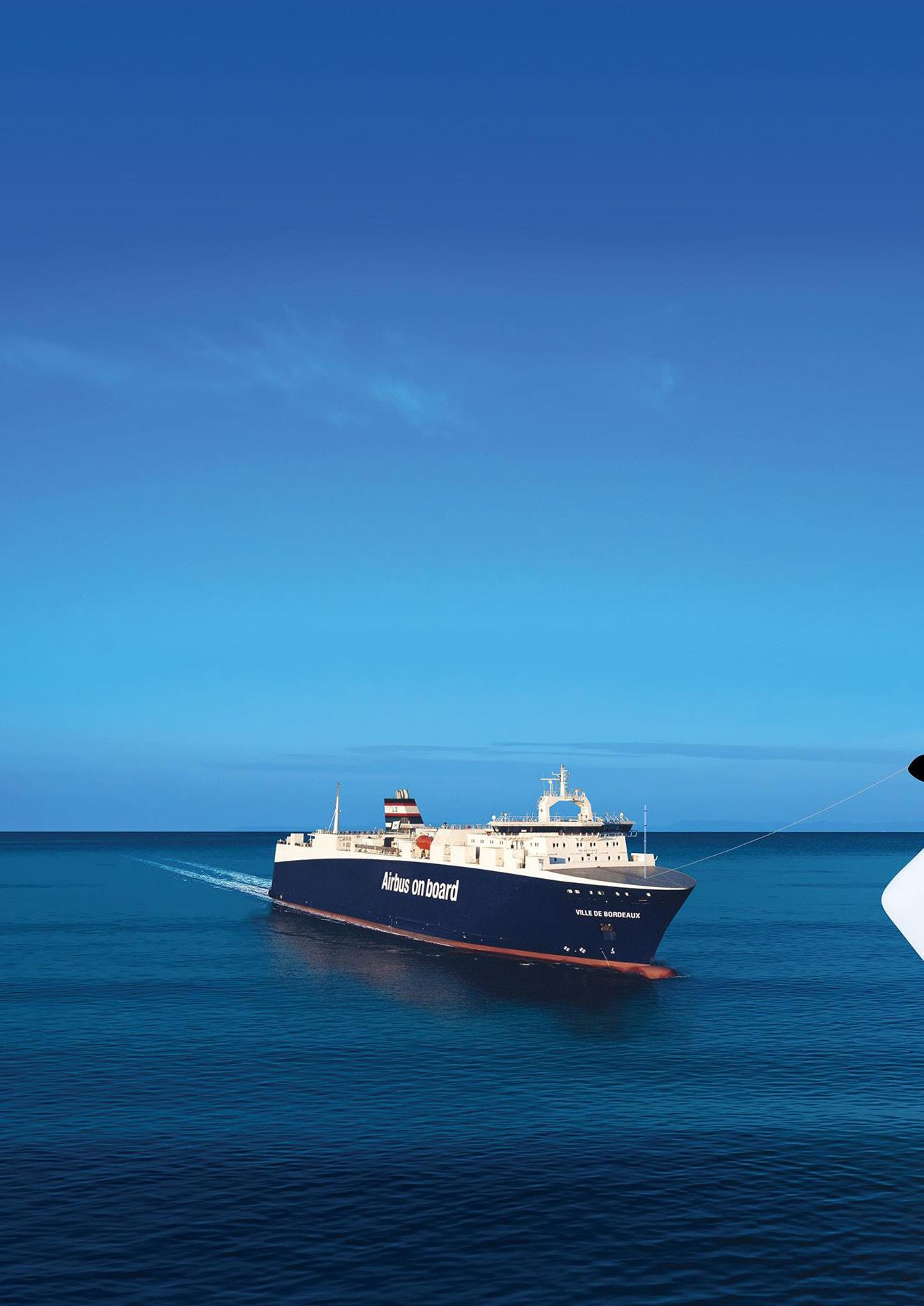
“FIRST DEVELOPED BY FRENCH AIRSEAS, THE HUGE SEAWING THE POWER OF THE WIND TO

These eco-friendly upgrades aren’t just limited to logistics, however. Public transport is also beginning to innovate – the UK led Europe for the deployment of the most electric buses in the first half of 2023.
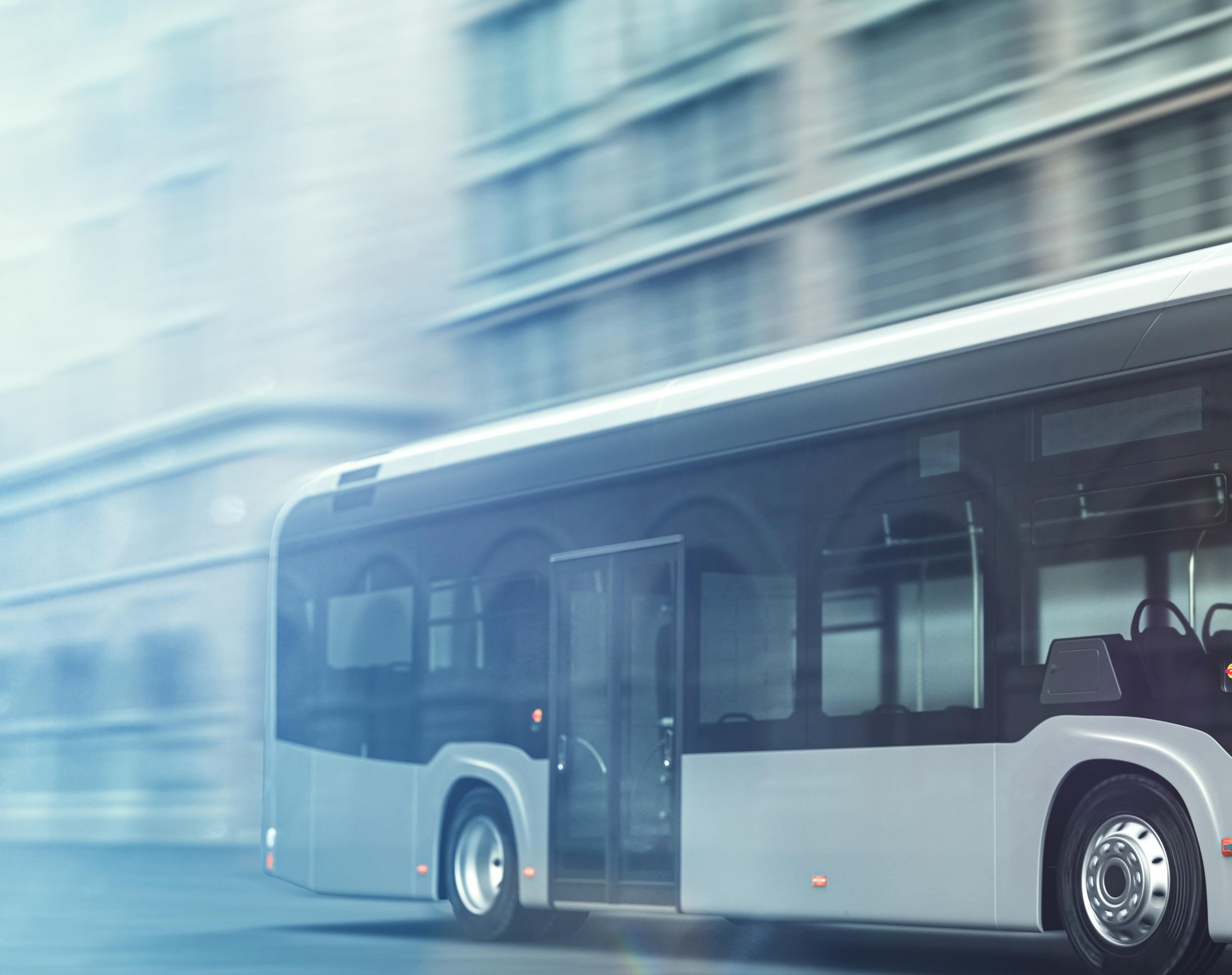
Sustainable travel infrastructure is another key area of focus, with smart bus stops levelling up the user experience and minimising energy usage. First implemented in Japan, these smart bus stops provided user information, weather and particulate updates and even advice on keeping yourself safe in the event of a natural disaster via a touchscreen.
Europe has also begun to catch up – Worcester was the first local
authority to place an order for smart bus stops in the UK, whilst Hungary, Russia and Poland, amongst others, have also implemented them.
Typically powered by solar, wind or a combination of the two, these smart bus stops embrace sustainability in both construction and operation. Produced with bee and insect-friendly roof materials to encourage ecodiversity, these smart bus stops are constructed entirely from recycled bottles.
Self-driving cars are seldom out of the news cycle, given Tesla’s progress towards self-driving vehicles and the recent arrival of Ford’s BlueCruise technology. However, autonomous vehicles for public transport
applications are starting to look more and more feasible.
The UK has pledged £40m of competition funding for selfdriving buses, shuttles and delivery vans, with a view to improving the customer experience, sustainability and reliability. Testing of such vehicles has been taking place in Europe since 2018, thanks to the University of Geneva’s AVENUE project.
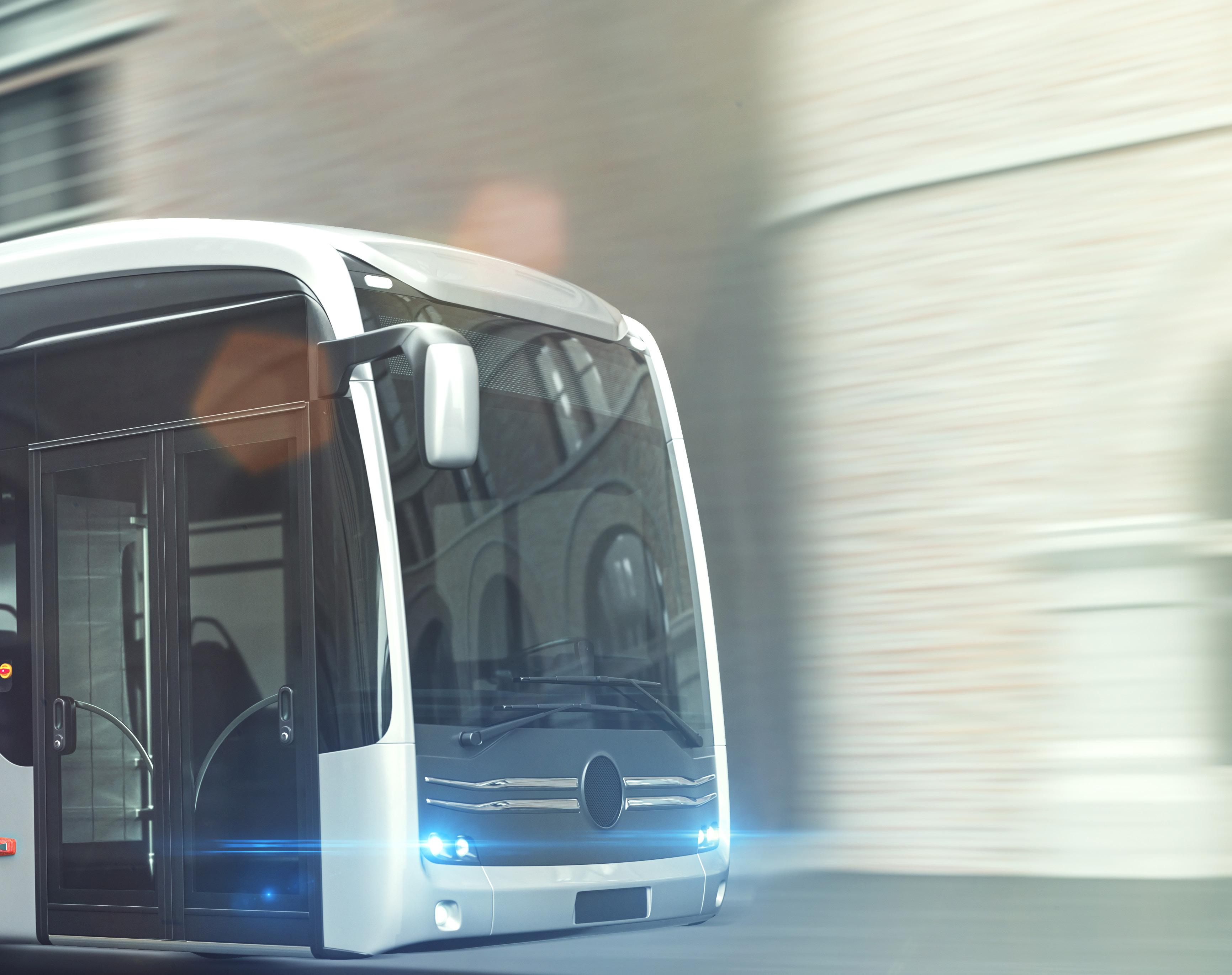
The world’s first autonomous bus service to be operational on public roads is already in action in Scotland, but these still require an operator to be present. After the completion of the AVENUE project in 2022, a threecity trial has been slated for 2025, with totally driverless AVs set to be tested in Geneva, Oslo and Kronach.
Those behind the project say it will deliver an improved customer experience whilst limiting the carbon footprint of operating these bus services.
“Innovation from both the public and private sectors means that the transport sector is an exciting one to be in right now,” comments Mark Cambridge, CEO at Zytronic. “Countries throughout Europe and beyond are working to create a greener future, whether in the form of improved infrastructure, interconnected technologies or autonomous vehicles. I hope to see the rate of innovation accelerate over the coming years as we move towards our net zero targets.”
Source: Zytronic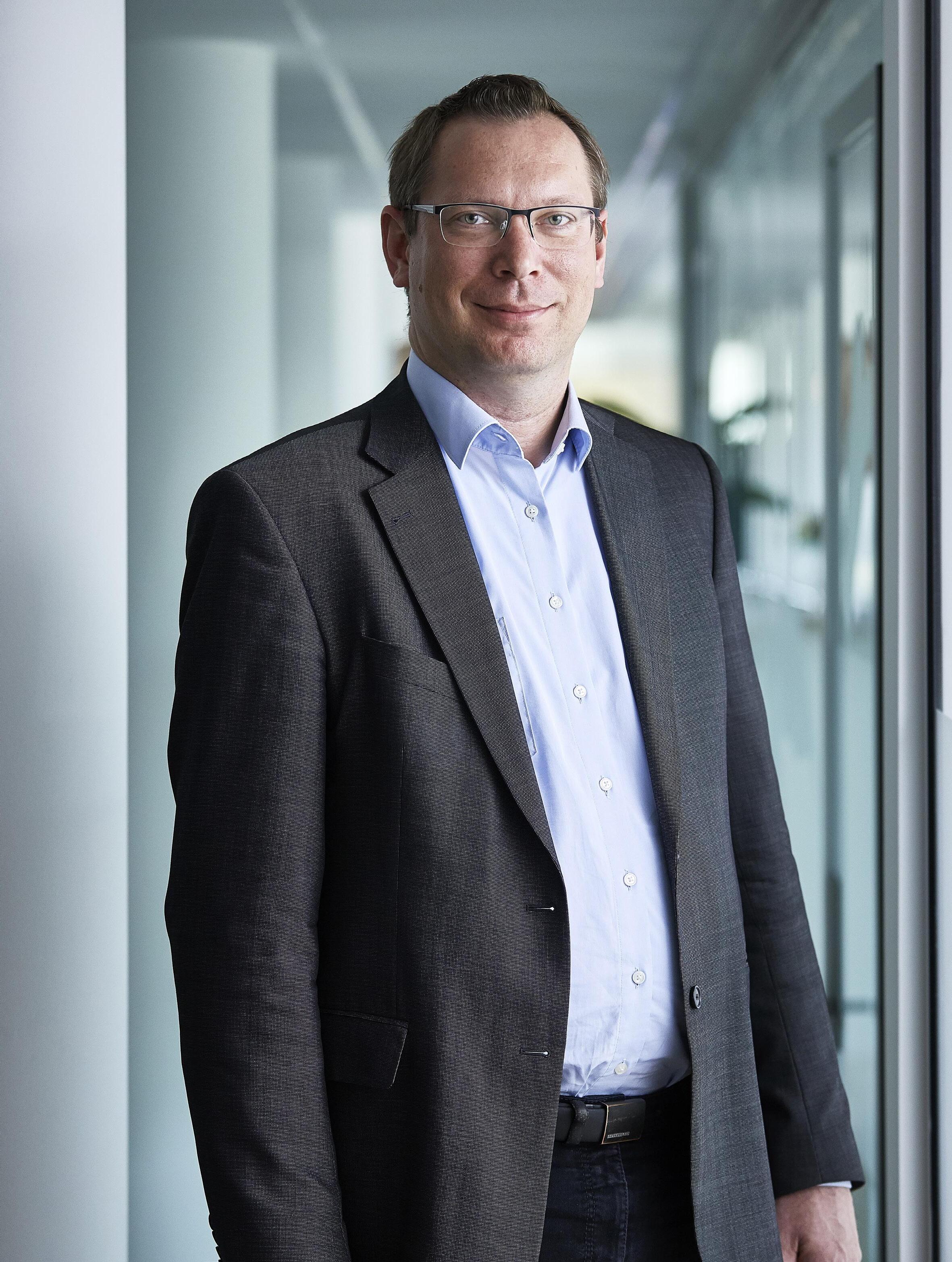
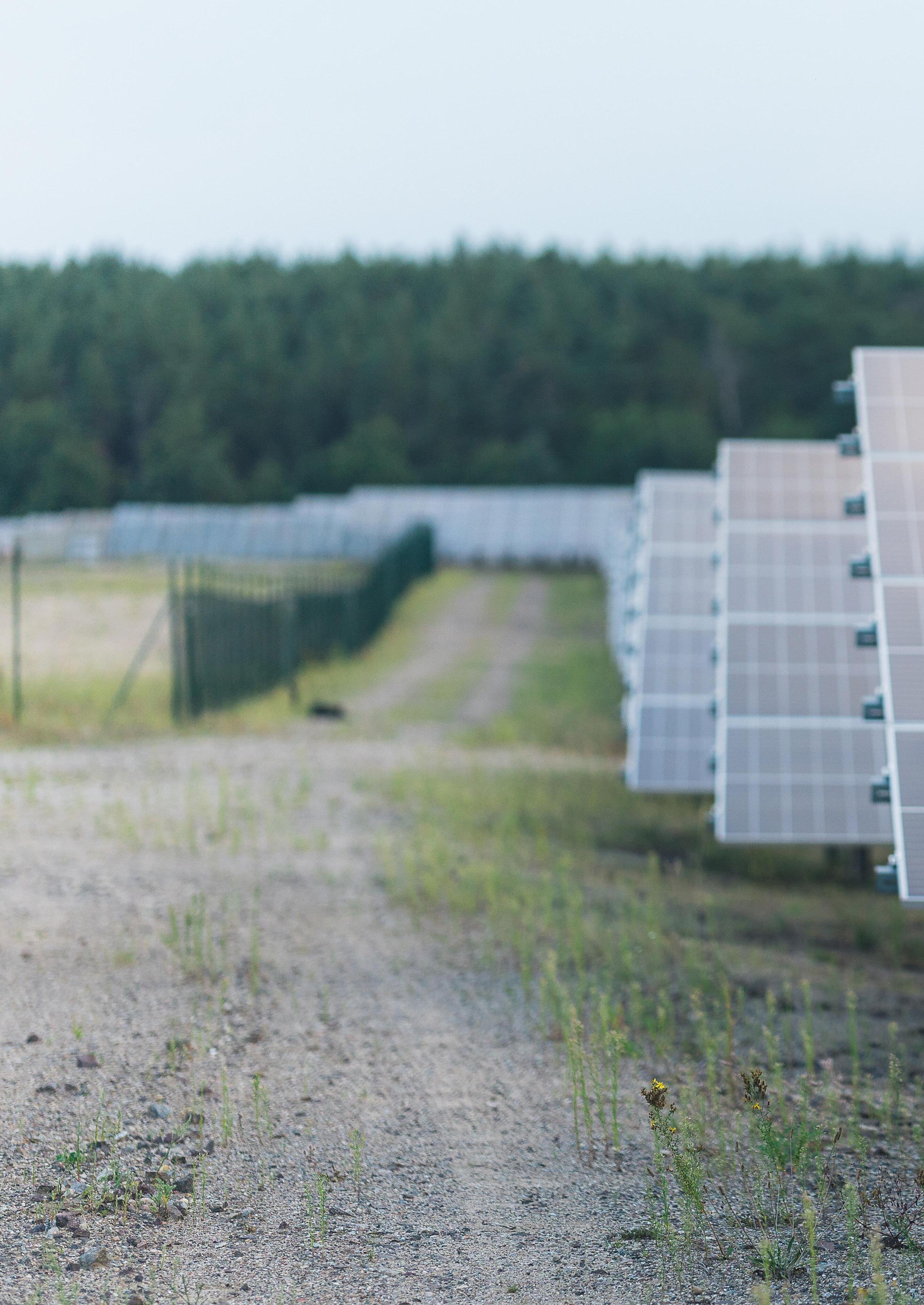
-focused transformation:
Robin Hirschl, Chief Technical Officer at Obton on building a technical department to help the company turn towards its assets by deploying data, technology and innovation.

OBTON LAUNCHED AS A DEDICATED INVESTMENT
FIRM IN 2009, BUT TODAY THE DANISH COMPANY OPERATES AS A RENEWABLE ENERGY COMPANY SPECIALISING IN THE PHOTOVOLTAIC (PV) INDUSTRY.
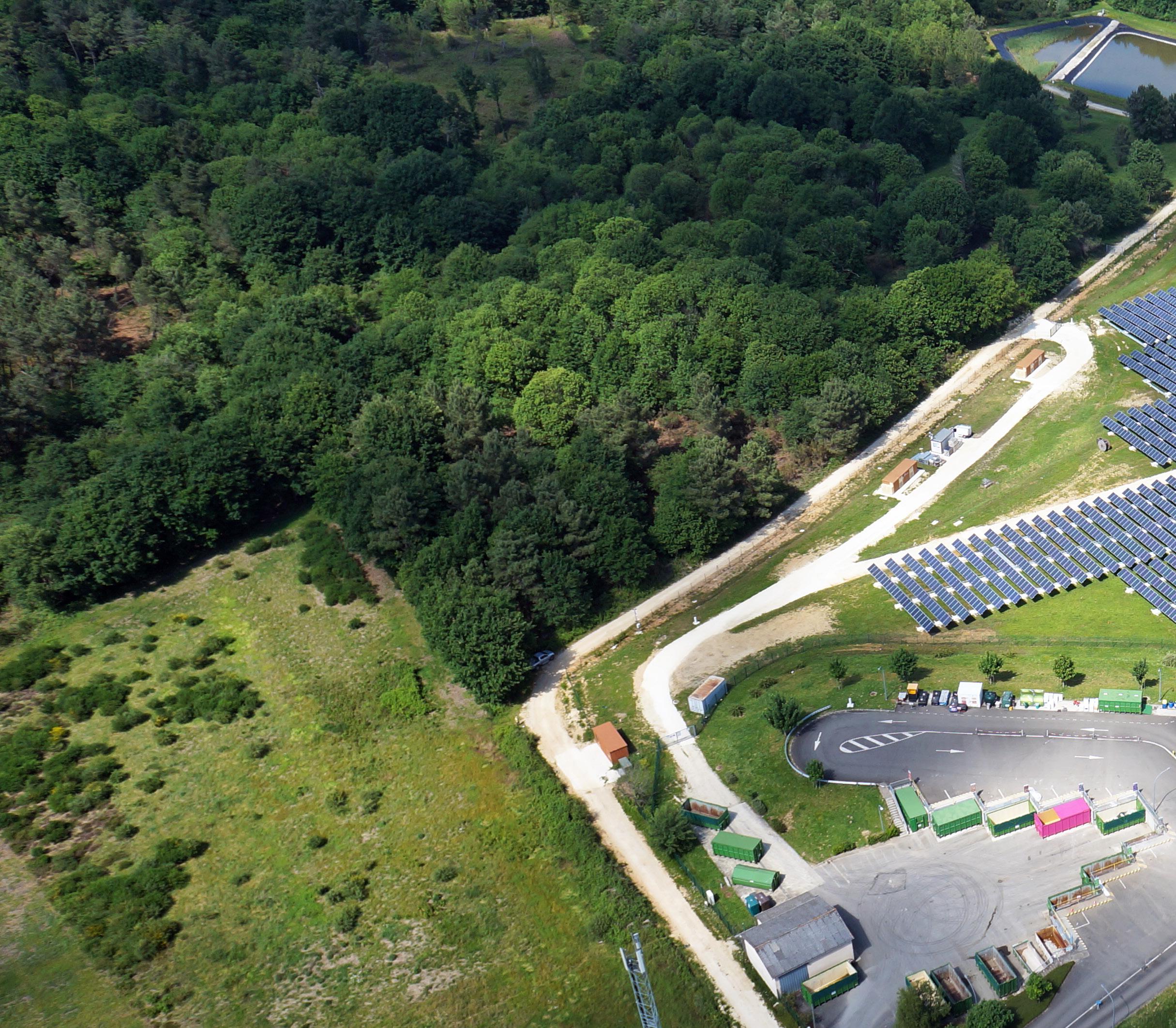
long the way, Obton has coordinated more than 1.7 Gigawatt of solar capacity in over 1,400 PV projects and the company draws on this wealth of experience to finance, develop, implement and oversee diverse projects around the world. Obton prides
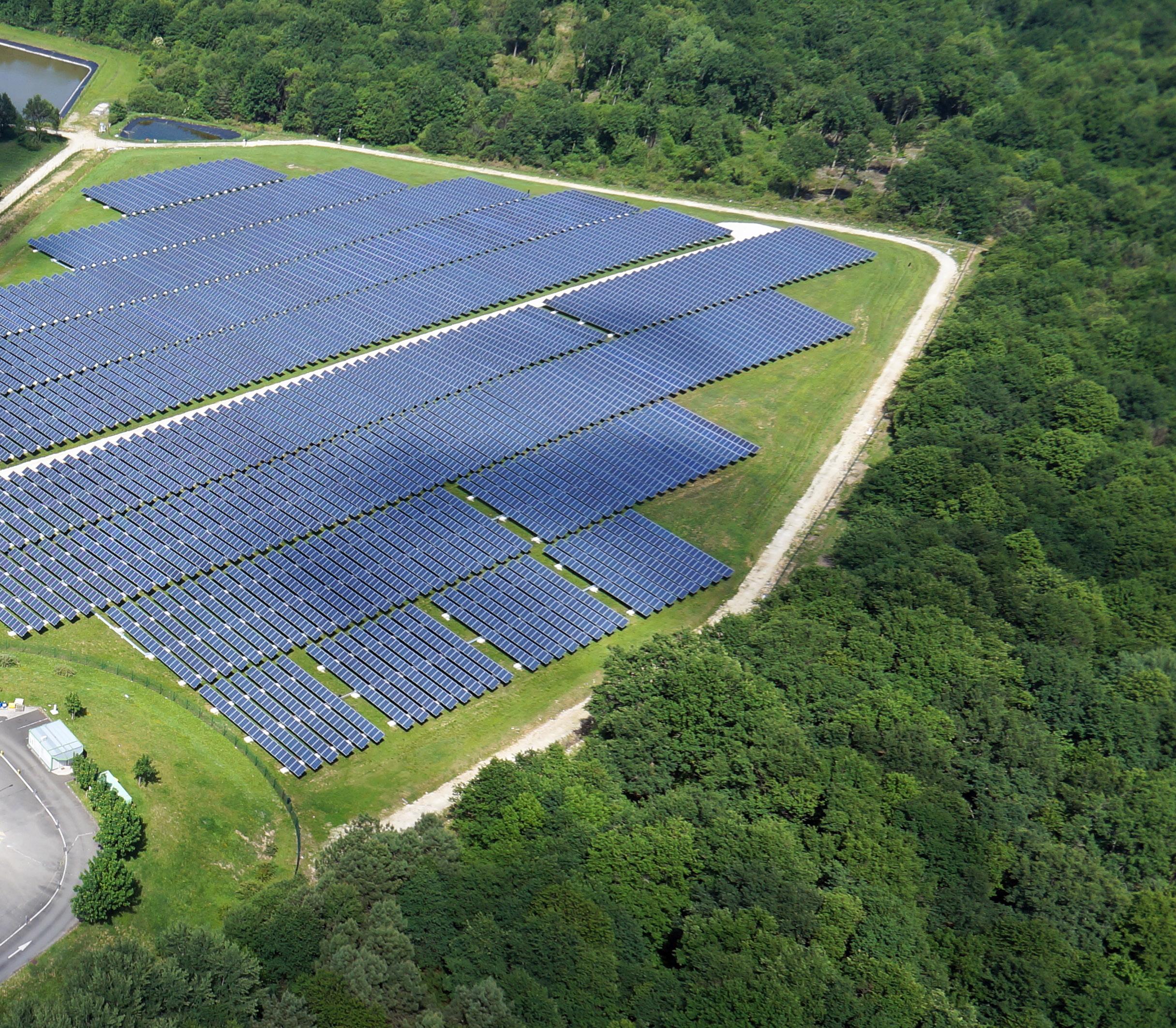
itself on a long-term partnership approach to its operations, providing security and value for all stakeholders in the process.
Here to discuss Obton’s shift from an investment firm to a broader renewable energy company by focusing on assets is Robin Hirschl, Chief Technical Officer.
Robin started working with Obton as a consultant in 2013, joining them as a full-time employee five years later to help the company work more closely and directly with its assets using innovative data and technology strategies.
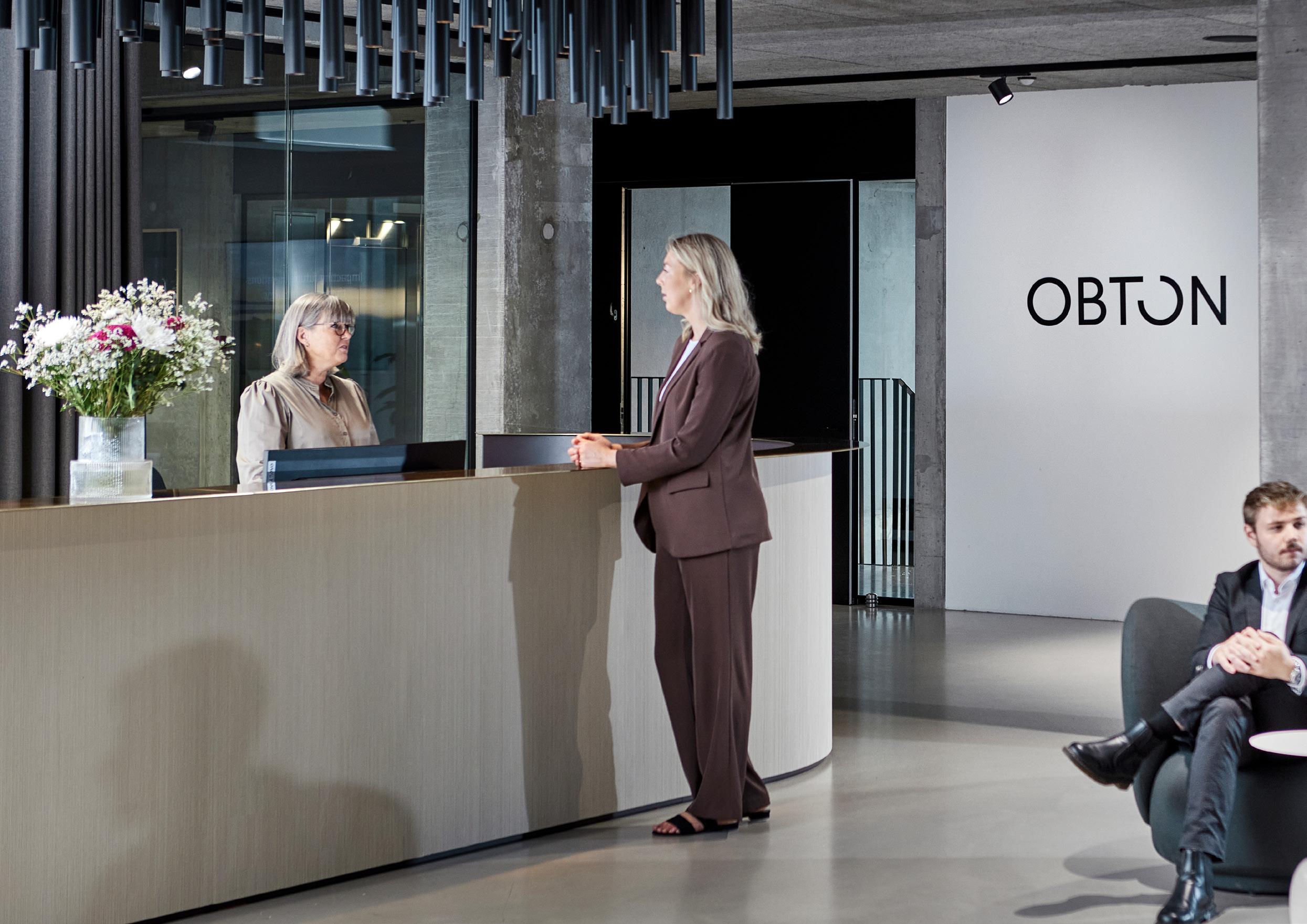
“Since I joined, we decided to build up a technical department so we can get closer to our assets, better understand what is going on in our PV plants and improve how we understand and use data to move forward,” says Robin. “Before I arrived there was one other engineer, and today we have a team of about 45 engineers out of
the 300 employees at the company, so we’re a large department now.”
Robin explains that Obton’s journey to get closer to its assets begins with data as an enabling force to then make technological improvements.
“So what we try to do is gather the right data, not as much data as possible, to make sure we know what’s going on at the plants,” says Robin. “As one of my colleagues always says: one source of truth. We need to have one source of data and one compilation of data to the concrete points we need to
understand rather than a multitude of spreadsheets with inconsistent information.
“The exciting thing about photovoltaics is that it is super simple. But, ironically, that also makes it difficult. At a basic level, it's just the sun shining on a panel and this generates electric current –there are very few moving parts.
“Therefore, to improve efficiency or effectiveness and gain a competitive advantage, you really have to dive into the details. Hence the importance of data. With the right data on hand, you can
optimise your plant and minimise operational costs. Here at Obton this involves robotics, augmented reality, autonomous operations and autonomous failure detection.
“Wielding the right data in conjunction with technological and hardware improvements allows us to operate more intelligently. For example, we use robotics in cleaning the modules at some of our plants. We use automatic systems to cut the grass and control vegetation around the modules. We are in a test phase exploring how we might use augmented reality devices so our engineers on the ground can see relevant plans, diagrams or resources and connect with somebody in the central operation centre to perform more efficiently and effectively. Our business model

“SINCE I JOINED, WE DECIDED TO BUILD UP A TECHNICAL DEPARTMENT SO WE CAN GET CLOSER TO OUR ASSETS, BETTER UNDERSTAND WHAT IS GOING ON IN OUR PV PLANTS AND IMPROVE HOW WE UNDERSTAND AND USE DATA TO MOVE FORWARD”
Robin Hirschl, Chief Technical Officer
means we invest in a lot of brownfield sites, with a huge range of legacy devices or hardware, and nobody is an expert in all of them. But if we can have one trained person with remote access to the insights or expertise they need to complete the task in a single visit, rather than two or three, we can drive significant operational improvements.”
Autonomous operations and failure detection are crucially important to Obton’s closer focus on managing its assets and the endeavours of Robin and his team.
“Autonomous operation centres and failure detection are closely connected at Obton,” explains Robin. “When we say autonomous operation centres, we mean moving away from a traditional monitoring centre where people have to be present across three shifts, 24 hours per day, seven days a week.”



Fully autonomous operations for solar PV plants
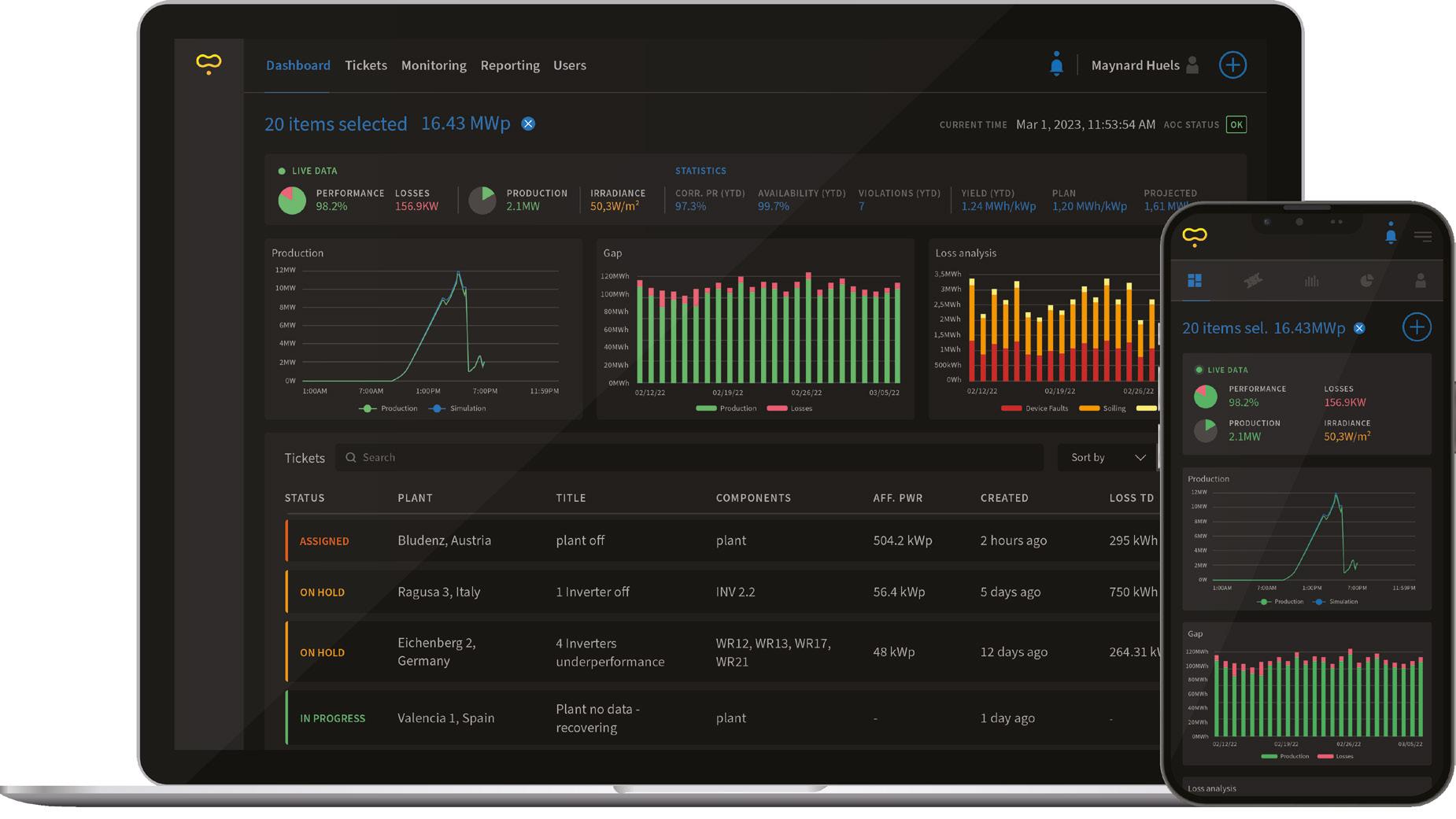

Gain transparency across the value chain, reduce OPEX and increase yield by ~6%.
100% fault detection and 0 false alarms guarantee*
Find every measurable anomaly and run solar at peak efficiency.
*backed by Munich Re
Developed by industry veterans with domain expertise
Work confidently with a software platform that meets the needs of asset owners and subcontractors alike.
OUR PARTNERS

From differentiating between false alarms and genuine threats to adjusting for unexpected weather conditions, automation is a lynchpin of operations at Obton.

“The future of autonomous operation centres and failure detection is more than statically comparing numbers, we are intelligently analysing the data that is coming in from a PV plant and comparing our expectations with reality,” says Robin. “It must include learning from the past as well as
the present situation before us. For example, if there is a tree that casts a shadow on panels at 3pm at a particular location, we don’t want that dip in production to trigger an alarm. Then we can consider adjusting the alarms or cutting down the tree.
“We cannot fully automate operations on our own and here our partnership with Raicoon is invaluable to our failure detection efforts. For several decades the operational monitoring and
“WE CANNOT FULLY AUTOMATE OPERATIONS ON OUR OWN AND HERE OUR PARTNERSHIP WITH RAICOON IS INVALUABLE TO OUR FAILURE DETECTION EFFORTS”
surveillance of PV plants was based on ‘quasi-real time data’ only. Monitoring systems received certain parameters from a plant and if there were any unexpected values an indefinite alarm was generated. Our analyses showed that this led to more than 80 per cent of all alarms being false alarms. An autonomous operations centre solution, as offered by Raicoon with their Failure Detection Engine (FDE), avoids these false alarms. We no longer need to check each and
to deploy them successfully as well.
“For instance, we are starting a project in Japan where, for whatever reason, many of the PV plants are built on former golf courses,” says Robin. “The sites have uneven terrain with various inclines and descents which affect the panels, so observation and surveillance become trickier.
“Especially when we have to deal with complex sites like this,
every message received from a monitoring system before forwarding it to the people on site to take countermeasures. Our mid-term aim is to cut out the ‘monitoring centre’ part of the traditional PV operation and maintenance cycle, and replace it with a smart solution together with Raicoon.”
Robin adds that automation and technology are powerful tools to have available, but Obton also has to consider the geography and topography at the PV plants
it is great to have established a technical standard procedure in construction monitoring and digital construction management. For this we work together with the company Above, which provides a solution combining data collected during construction, be it with a mobile application or a drone, into one software. The software makes it easy to track progress and tasks, and it identifies any deviations from design. With construction happening in various countries simultaneously, it’s essential for us to have this standard in place
“WE WORK TOGETHER WITH THE COMPANY ABOVE, WHICH PROVIDES A SOLUTION COMBINING DATA COLLECTED DURING CONSTRUCTION, BE IT WITH A MOBILE APPLICATION OR A DRONE, INTO ONE SOFTWARE”
The key to good decisions?
Information all in one place.
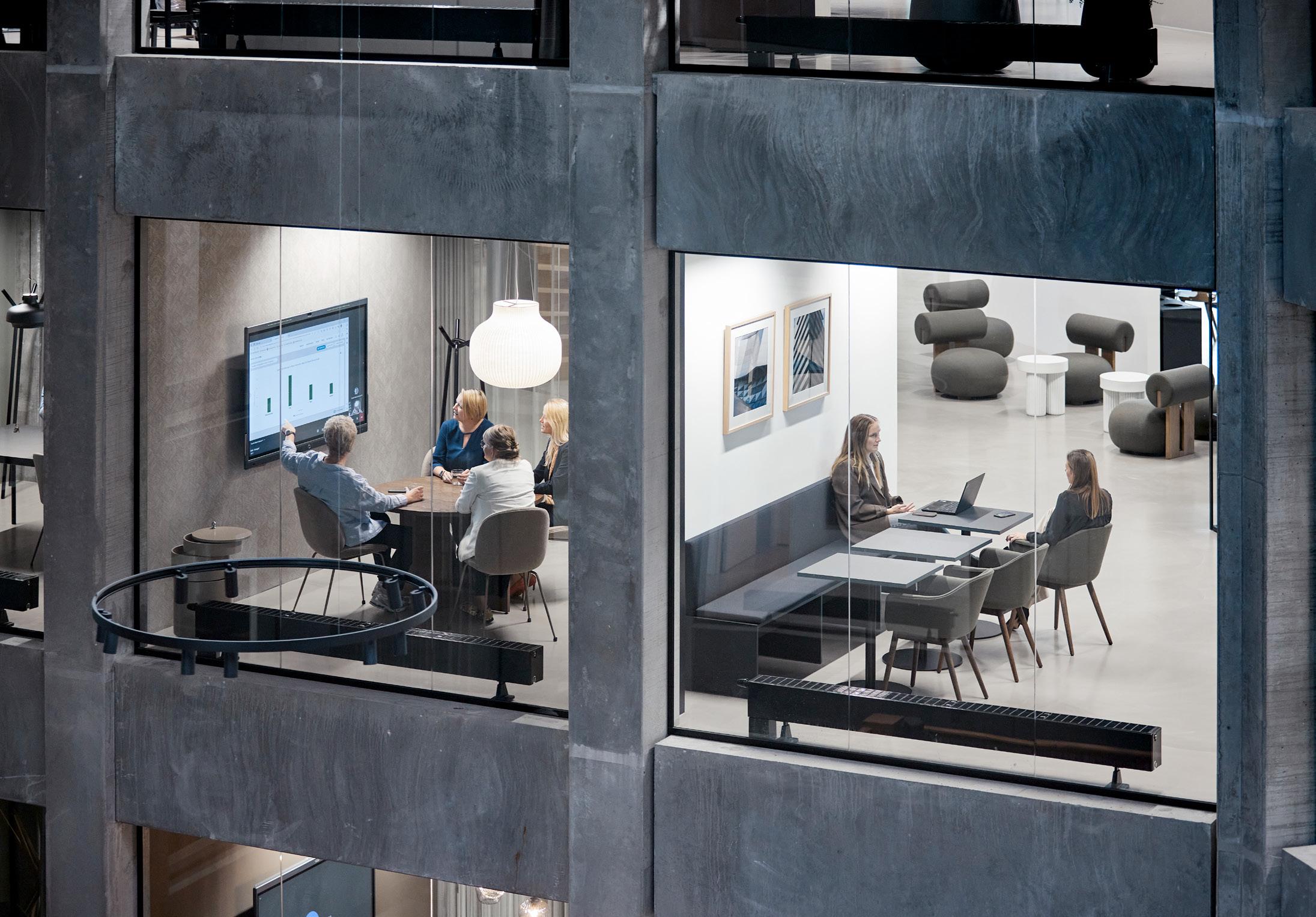
Easily access, share and action solar data.


Utilise the advantages of digital solar plant records from Digital Construction to Condition Management.

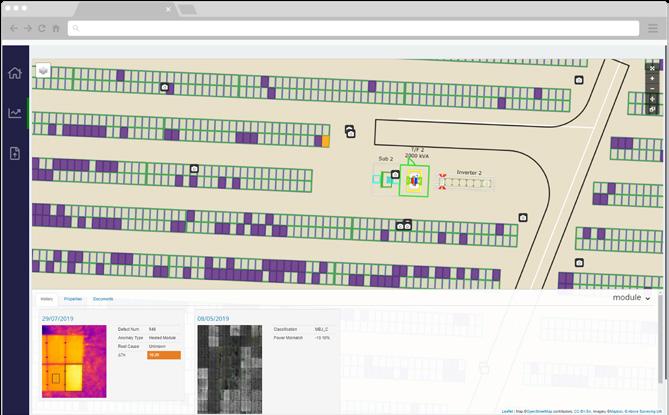
viamon revolutionises renewable energy, collaborating closely with industry leaders to redefine production security. Through strategic alliances, we innovate, enhancing energy efficiency with advanced tech, like GPS-based geofencing for anti-theft protection. Operating worldwide, viamon empowers a sustainable future with global renewable energy solutions. Our impact spans Germany to India, Spain to Nigeria, operating in countries including Austria, UK, Switzerland, Namibia, Ghana, Chile, China and more, striving to empower the world with green energy. We safeguard your valuable assets from theft.
UK case study: Rapid response and GPS tracking lead to the trail of the solar panel thief


In a notable incident in UK, about 220 stolen solar panels were traced nine kilometres away from their original location. Within 2 days using viamon’s technology, the exact new location was found – in a different town. The routes also revealed the presumed thief’s residence. This data was swiftly shared with the power-plant owner, law enforcement, regulatory bodies and a detective agency.
case study: A triumph in the fight against solar theft in Southern Italy
In the heart of southern Italy, a remarkable success story unfolds for Obton’s ground-breaking project. When the unfortunate theft of PV modules cast a shadow, swift action and collaboration with local forces and the police led to a stunning recovery within a mere 48 hours. The damage was minimised, thwarting a potential €120,000 loss. The pursuit of justice not only resulted in the capture of the culprits but also unearthed a web of interconnected thefts, underscoring the power of vigilance and cooperation.
From then, after just 24 hours, the police received the precise location, resulting in the thief’s arrest, trial and imprisonment. This sequence also unveiled other criminal activities, highlighting the broad impact of our intervention.
Both case studies demonstrate our strength. This high success-rate underscores how vigilant monitoring and timely reporting unveil broader criminal networks, enhancing community safety. With viamon’s innovative approach, we trace organised crime activities, reveal illegal industries and safeguard your assets. Explore tailored solutions for a secure entrepreneurial future.
to be able to supervise all of these projects to the same quality. At the moment with Above we are even trialling the use of autonomous drones, meaning drones that are resident onsite.”
Analysing the right data and deploying the latest technology to automate operations and detect failures are all well and good, but they cannot fully consider one unknown variable: humans. Security is a major, growing concern in the photovoltaic industry.
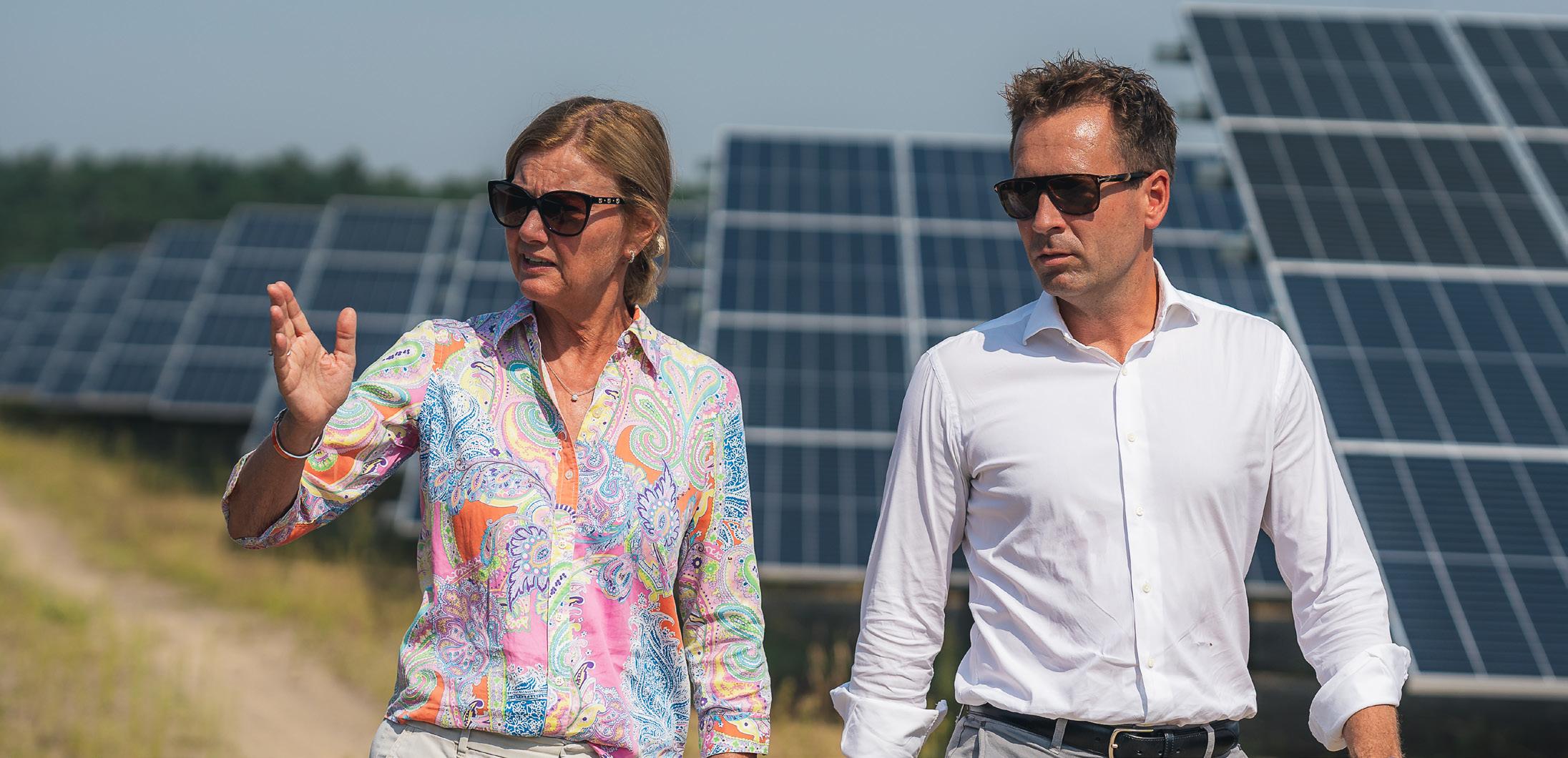
“When I started in PV more than 15 years ago the main security
challenge was thefts of modules,” recounts Robin. “Today the thieves have become much more advanced and the primary target is copper cables. These constant changes in criminal strategies also require smarter solutions for detecting and tracking incidents. Viamon has developed a system that has been highly recommended by our insurance company, combining the notice of intrusion with the tracking of potentially stolen goods. In particular, Viamon helps us to constantly improve the solution by jointly visiting sites affected by intrusion and then adapting the security concept accordingly.
“VIAMON HELPS US TO CONSTANTLY IMPROVE THE SOLUTION BY JOINTLY VISITING SITES AFFECTED BY INTRUSION AND THEN ADAPTING THE SECURITY CONCEPT ACCORDINGLY”
They use GPS in a very smart way to detect and trace thefts.”
Another emerging concern in the PV industry beyond security is sustainability. On this point, Robin clarifies that Obton is not directly involved in manufacturing – but how the company partners with suppliers of modules, equipment or hardware is a major focus in the ESG and sustainability strategies at Obton.
“We look for manufacturers where we can trace exactly what has happened to the hardware during the production processes,” says Robin. “We seek out whole lifecycle data, from extracting raw materials at the very beginning of the process to the final product and how it functions. Investors, banks and funding bodies pay close attention to these details, so we invest heavily in how our assets are produced.
“Likewise we consider the installation process


– from the amount of concrete we use to how we manage the land at our plants.
“Waste disposal and treatment are two other major components of our sustainability strategy. We strive to repair, reuse or upgrade most of our components. This allows us to avoid waste, but if we have to dispose of hardware, we ensure it is done in a sustainable way.
“Lastly, we are exploring new avenues for alternative battery
storage technology to replace lithium-ion with much more durable options like vanadium redox flow batteries.”
“In the past three to four years we transitioned from an investment firm to a solar company, in the next few years we will become a broader renewable energy company,” predicts Robin. “The energy market is undergoing a
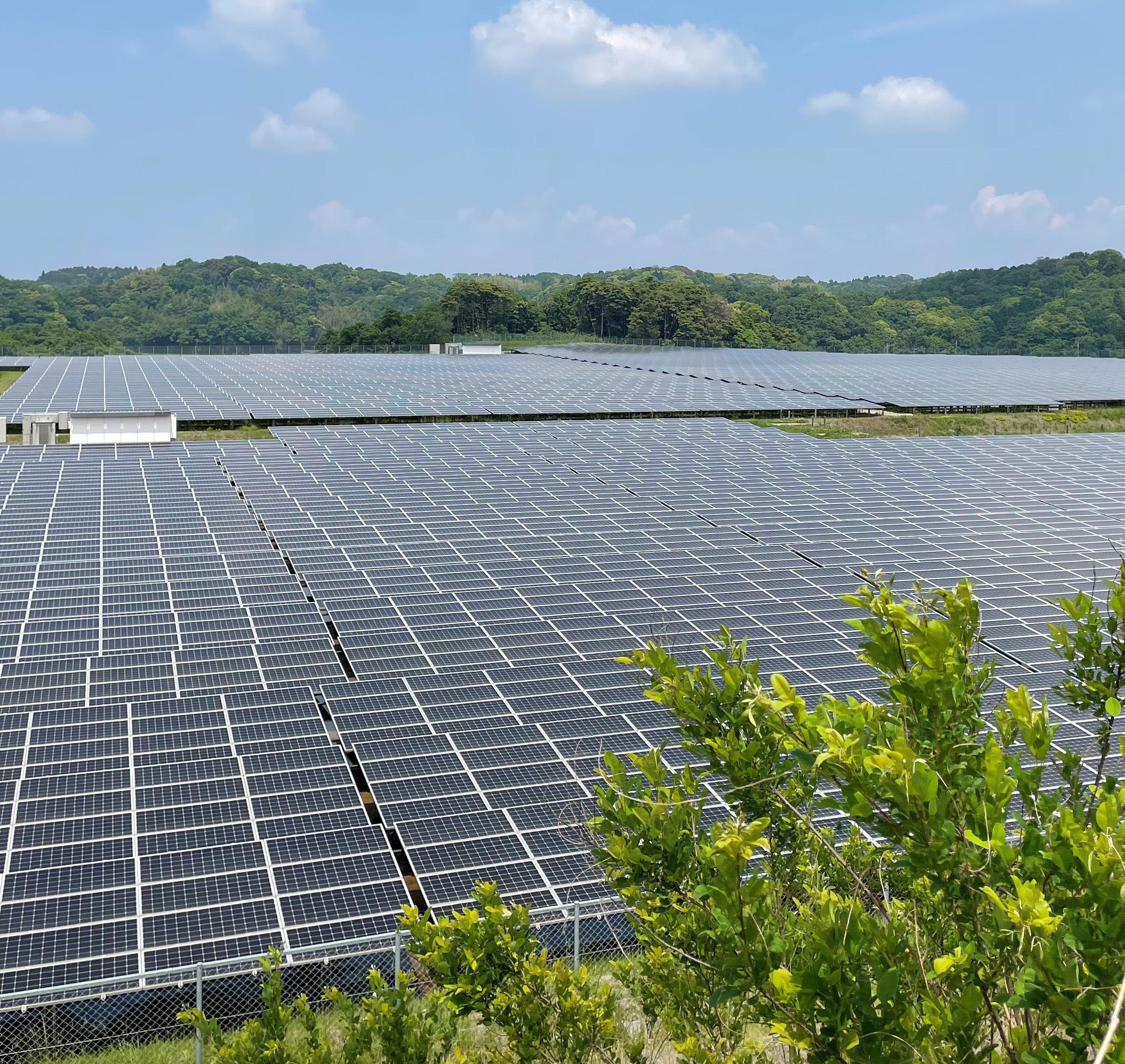
period of tremendous change –traditional power plants are being switched off, national grids are suffering, regulations are shifting and technology is evolving, rapidly.
“As we speak, Obton is becoming an active participant in the energy market, looking to offer new
auxiliary services and grow with the industry,” summarises Robin.
For further information and to learn more about Obton, visit obton.com.
Robin’s professional life is enriched by the exchanges he has with colleagues at Obton, other people in the energy sector and representatives from other industries.

After many years working in photovoltaics, Robin relishes how the conversations and topics being discussed are very different today compared to when he began his career.
In particular, Robin is excited by the inter-industry discussions, where people from outside the energy sector can offer valuable insights to pursue innovation, progress and sustainable goals.
“I'm a big fan of personal exchanges,” says Robin. “Of course, I read relevant industry newsletters or conduct my own research regularly.
But that's not as valuable as meeting people face-to-face and exchanging ideas in person.”
Robin has a busy schedule but he is looking forward to attending and presenting at several major events in his calendar.
Solarplaza Asset Management Europe 2023
Reuters Utility Scale Solar and Wind Europe 2023
SolarMedia Large Scale Solar Central and Eastern Europe 2023
Solar Media Solar Finance & Investment 2024


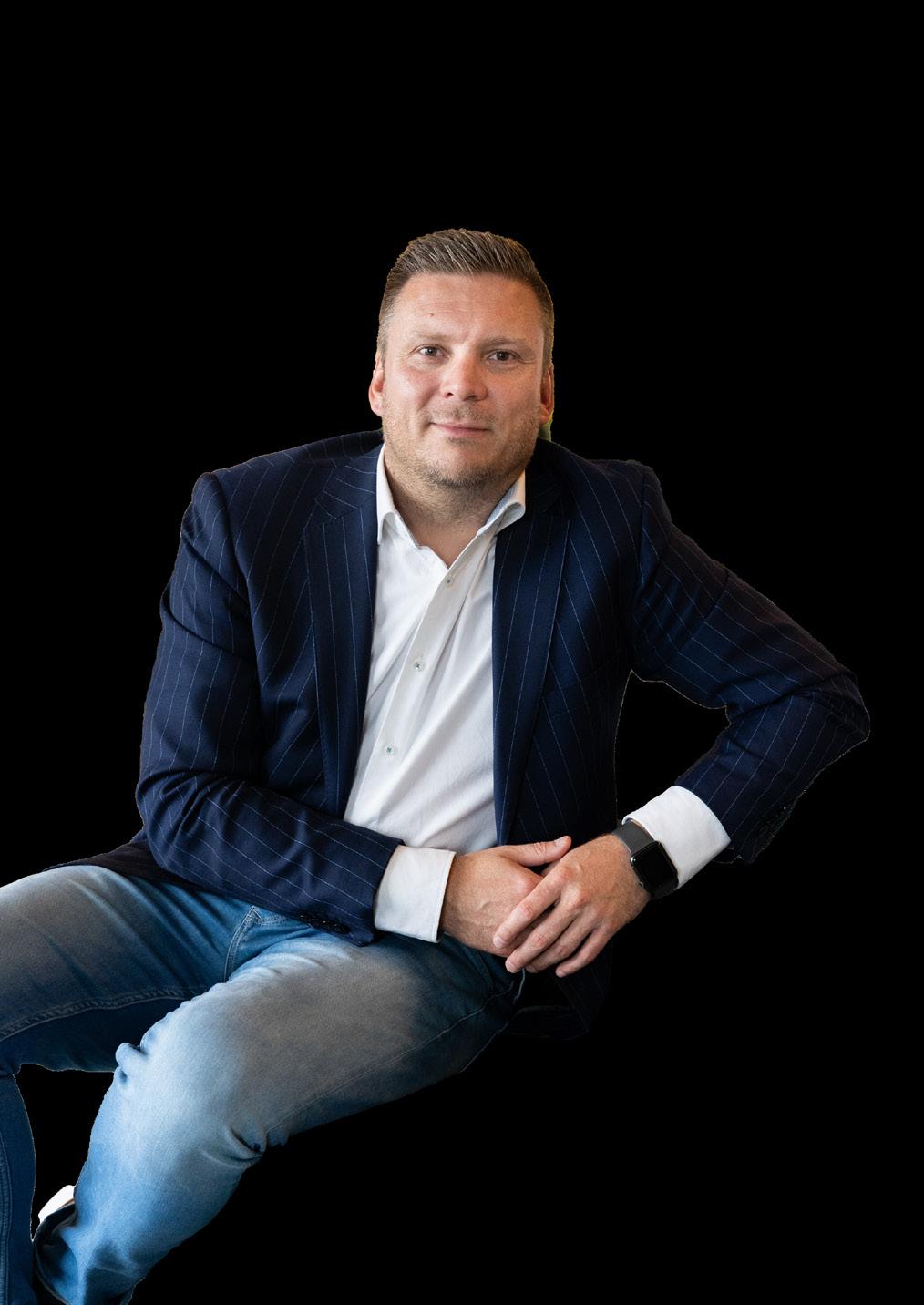



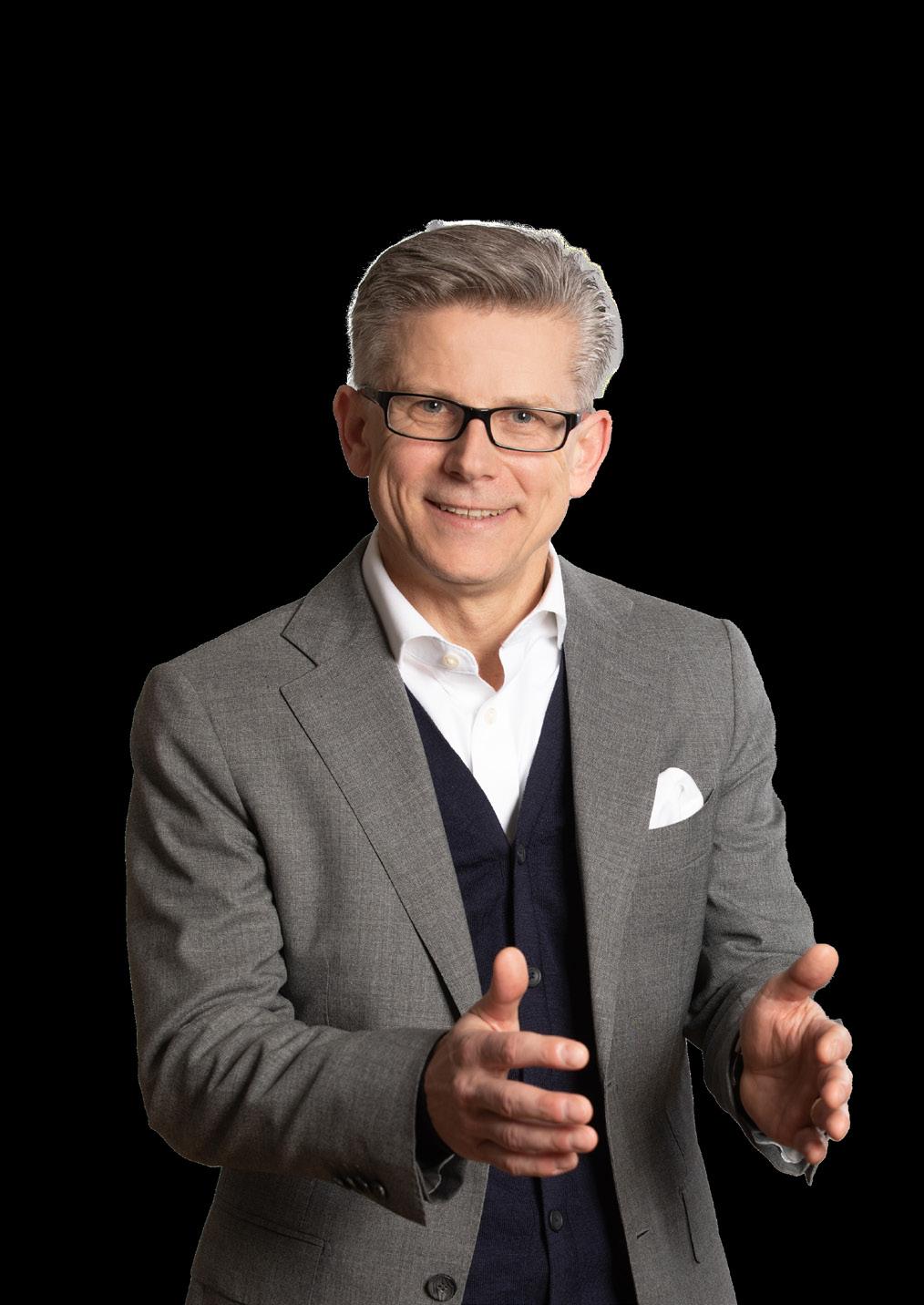





"The team were professional and diligent throughout"
Leigh Feaviour, CTIO for BT’s Supply Chain
"Absolute pleasure working with the Digital Innovation team"


Mun Valiji, Chief Information Security Officer at Sainsbury’s
"A highly professional approach"
Andy Brierley, Vice President, Cloud Application Modernisation at IBM
"Digital innovation Magazine is a very flexible and professional team"
Kim Larsen CTIO, T-Mobile Netherlands
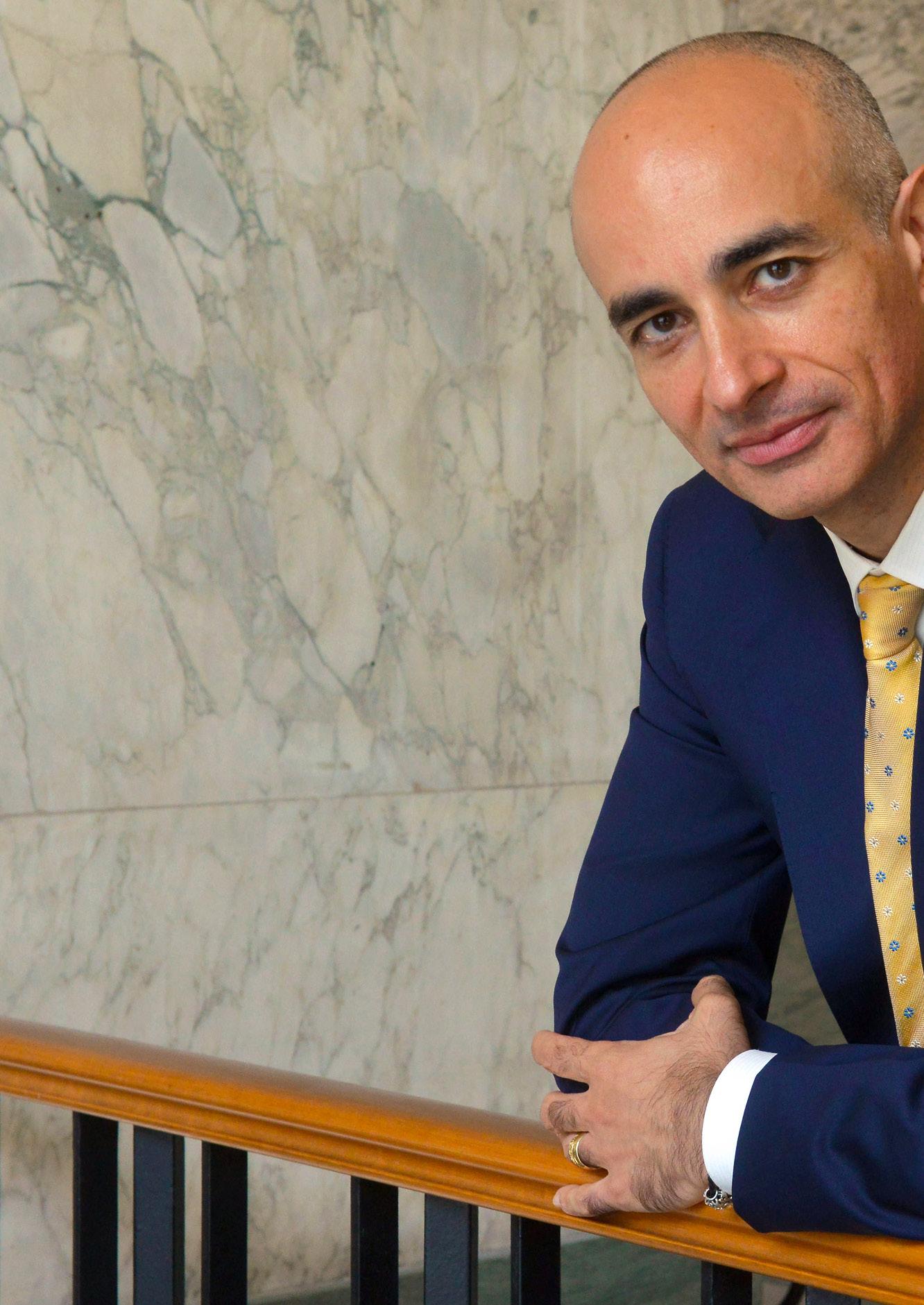
Nazareno Ventola, CEO & Managing Director shares insights into the digitalisation, transformation and sustainability strategies at Bologna Airport.
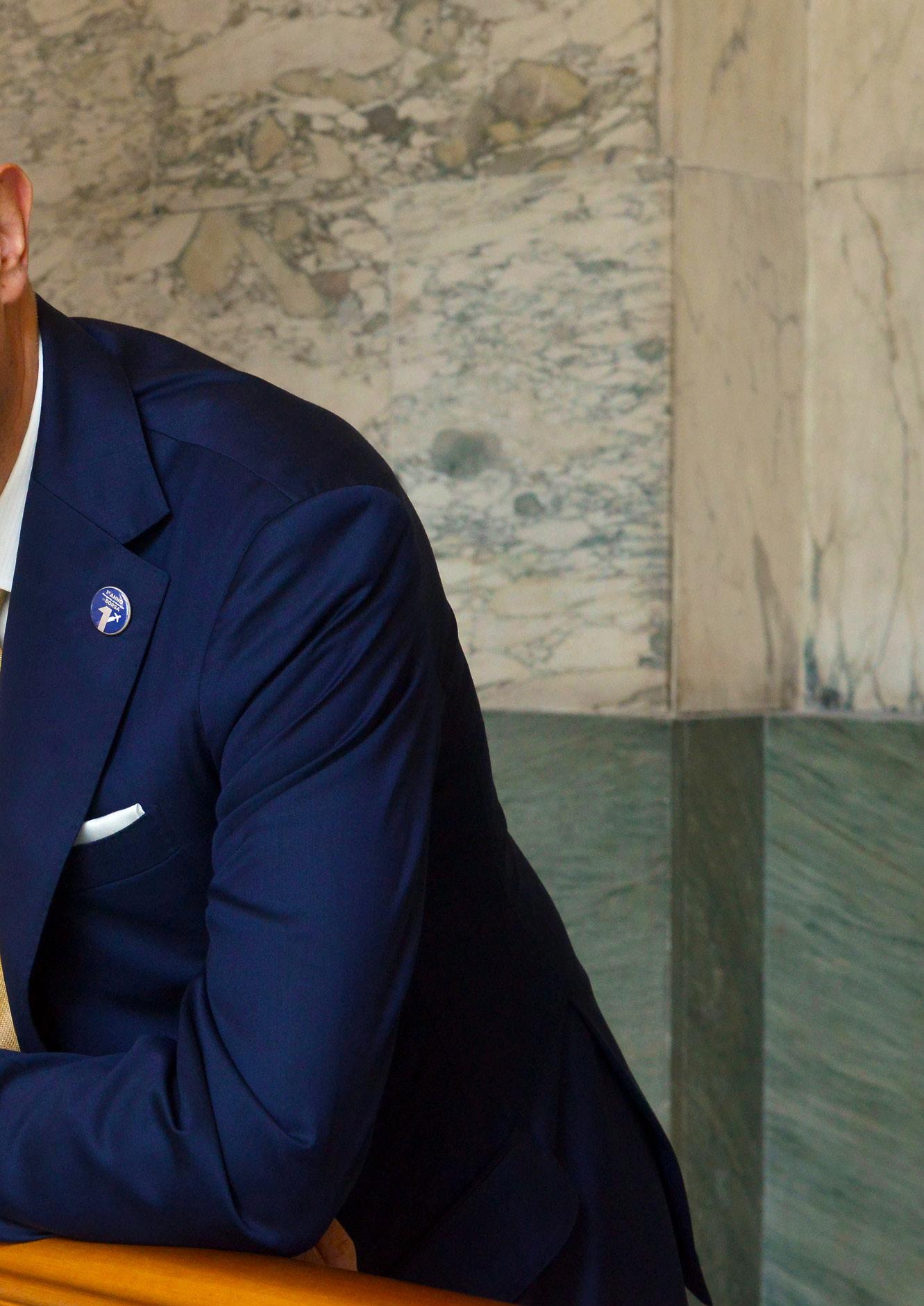

Located in the heart of the Emilia-Romagna food valley and close to the packaging and automotive industrial districts, Bologna Airport has a vibrant catchment area of 11 million people and 47,000 businesses – with many of these companies having a strong focus on commercial expansion, exports and internationalisation. It is classified as a ‘strategic airport’ under Italy’s National Airports Plan and is well-situated in relation to the country’s highspeed rail and motorway networks.

Bologna Airport has recovered from the fallout
of the COVID-19 pandemic quicker and better than expected, partly due to its favourable location and the lucrative commercial catchment area its based in. However, the recovery isn’t down to geography alone.
Here to tell us more about the digital transformation and sustainability strategies at Bologna Airport which have helped it thrive in the past few years is Nazareno Ventola, CEO & Managing Director since 2015 when the airport was listed on the Italian stock exchange.
For Nazareno, Bologna Airport’s recovery since
the COVID-19 pandemic must be understood in the context of how digitalisation is transforming modern airports.
“In 2019, we reached our peak in terms of passenger traffic –9.5 million passengers,” begins Nazareno. “COVID-19 obviously had a huge impact, but our recovery has been quicker and better than expected – last year we welcomed 8.5 million passengers, and by the end of 2023 we expect to exceed the 2019 record.”
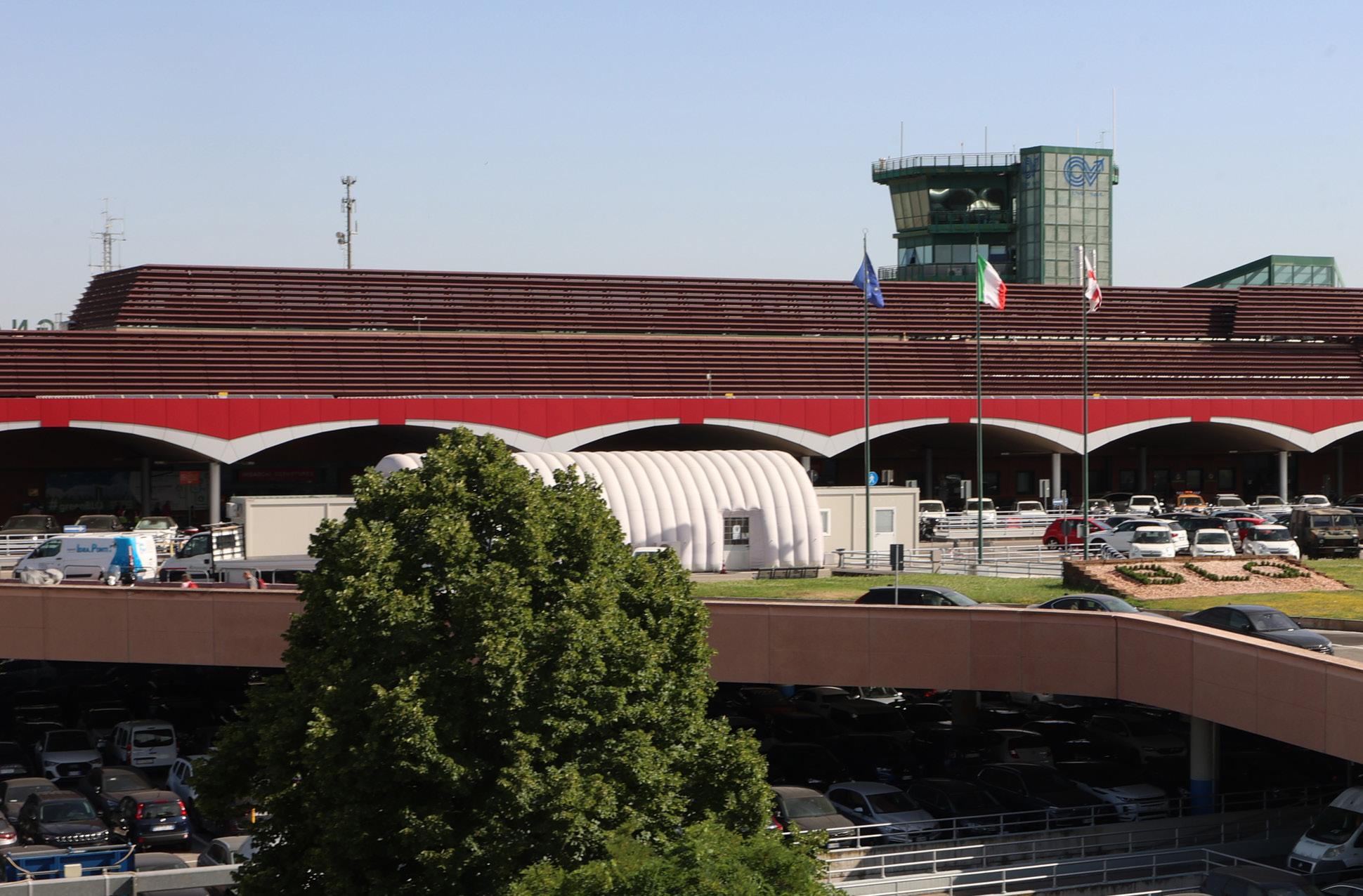
In the past four years, modern airports around the world have
had to embrace transformation and digitalisation, according to Nazareno.
“Transformation is happening for businesses in industries all over the world, and for airports one of the major changes is shifts for the passenger experience – there are no more boundaries between ‘on’ and ‘off’ the airport anymore,” explains Nazareno. “We’re connected, anytime, anywhere – before your journey and after your journey. You can access information about your destination and itinerary seamlessly, no matter where you are.
“It's an opportunity but it's also a challenge for airports. With the mobile revolution, people have access to so many services that they then expect the same when they are at the airport. These processes are lightning fast, which is difficult to replicate at an airport where there are procedures, security and safety protocols to follow.
“The level of attention and patience that people have has changed a lot over the last 20 years. This is reflected in the expectations of passengers at the airport. They want to be as autonomous as they can be, whether that
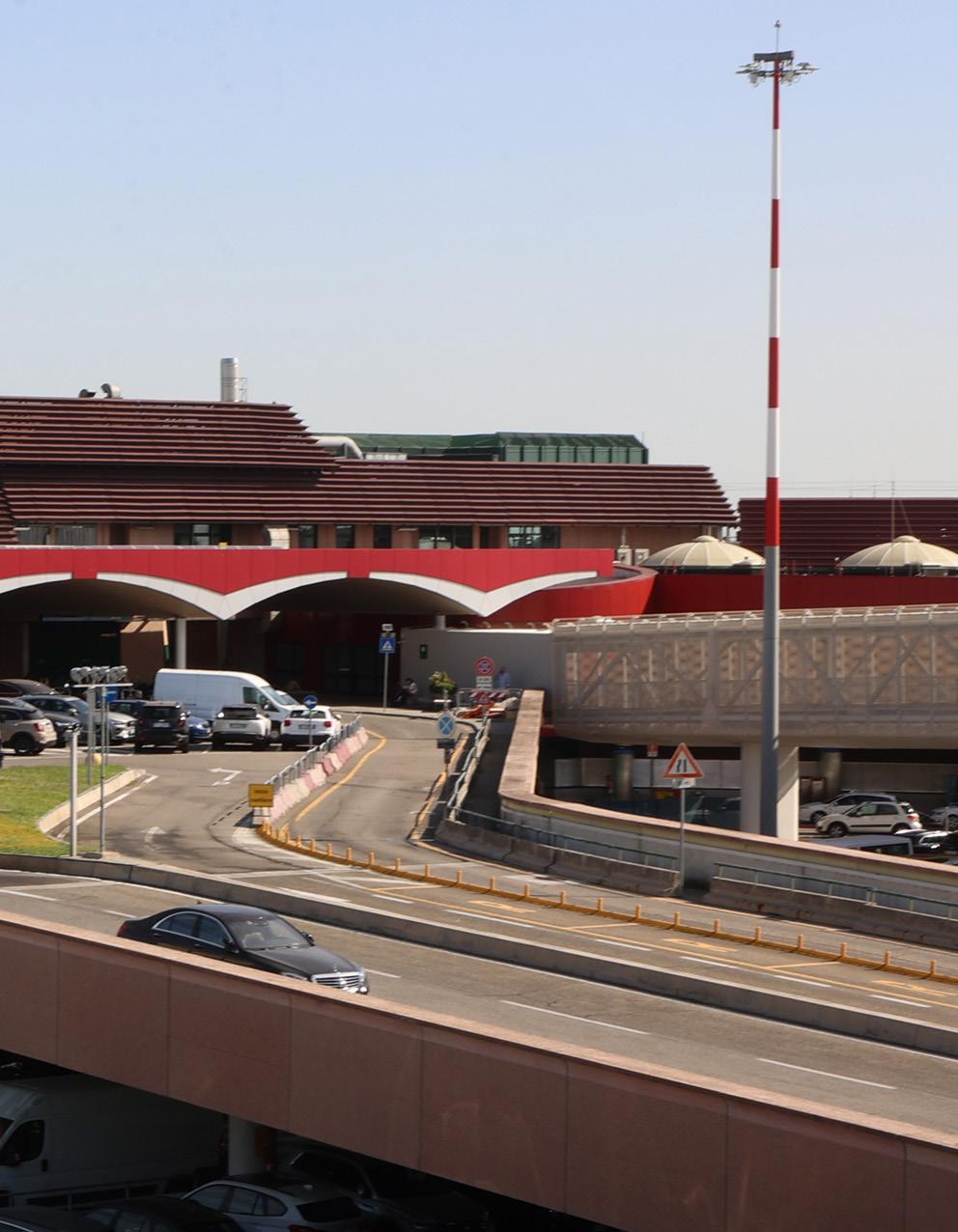
means self check-in or securing information about deals and the facilities available at the airport. Mobile phones have become an extension of our souls, of our minds. We can access information or compare and rate services, instantaneously. There are no more boundaries.
As an airport, we're in a situation where we have to be competitive not only with other airports, but also with off-airport services and experiences. That is why digital transformation is crucial.
“Ultimately, passengers want to be independent but they also want to feel that someone is caring for them. So the human touch shouldn't be lost and it's a balance between the fact that people are less patient, they want more, and they want to be independent, but at the same time they also want to have the human touch and they want to feel that they belong to
“ULTIMATELY, PASSENGERS WANT TO BE INDEPENDENT BUT THEY ALSO WANT TO FEEL THAT SOMEONE IS CARING FOR THEM”
something when they are at the airport.”
So what does the digital strategy look like at Bologna Airport?
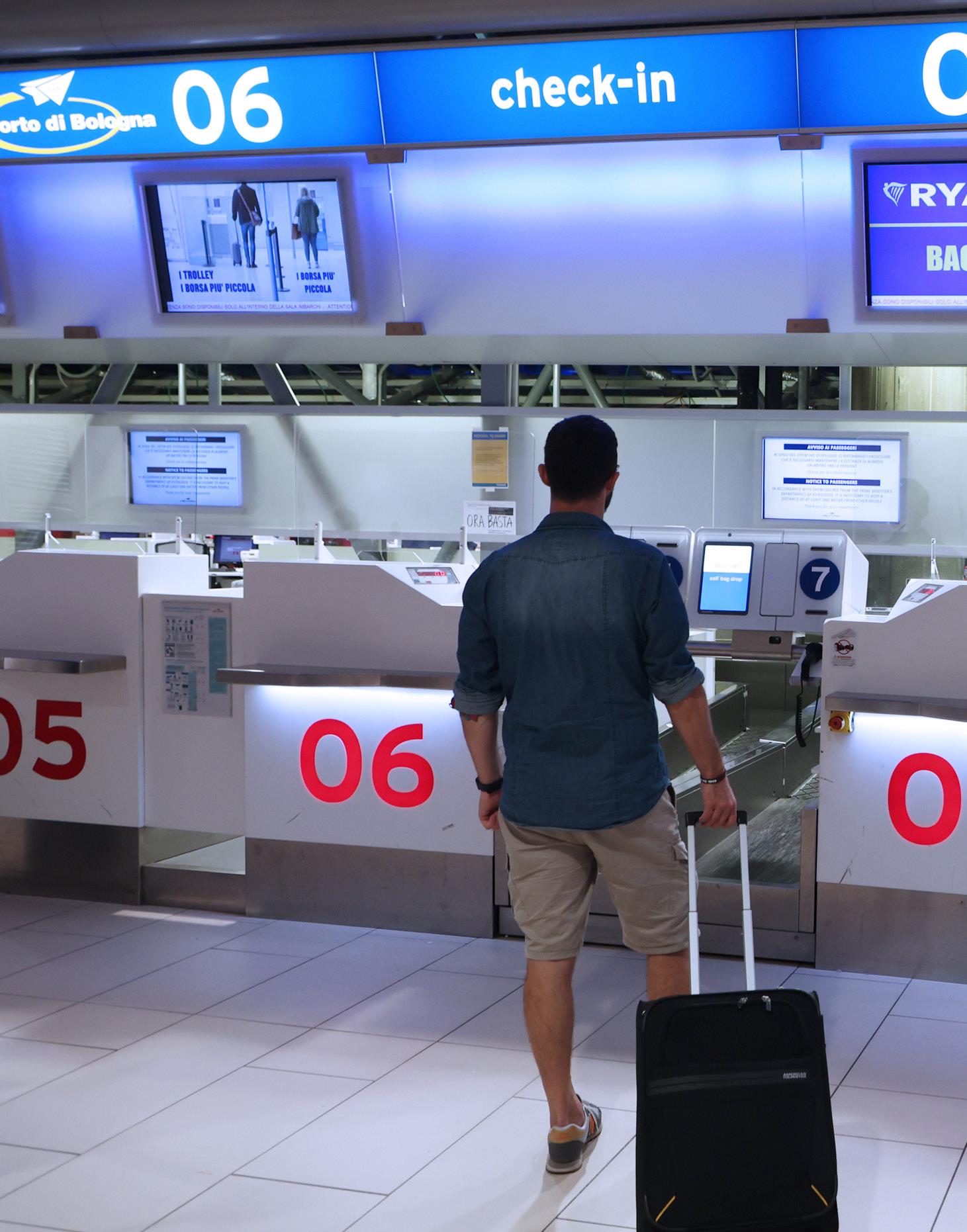
Nazareno divides the approach into four pillars.
“The first pillar is development and optimisation of digital and physical infrastructure,” says Nazareno. “Both are connected. Digital infrastructure helps us better manage the physical infrastructure. For instance, we have technologies within the airport that help us with monitoring passenger flows through different areas of the airport. This information is important because it allows us to optimise our services, identify areas of improvement and refine
aspects like commercial offers or services for our passengers.
“The second pillar, which has grown in relevance in recent years, relates to the concept of security. Data protection, cybersecurity and online safety is a growing area of concern for companies in many different sectors all over the world. As an airport, the number of digital attacks that we had over the past few years has been increasing exponentially. We have to be very careful about how we manage our digital infrastructure, data and privacy policies. Of course, it was a concern in the past – but it has
“WE HAVE TECHNOLOGIES WITHIN THE AIRPORT THAT HELP US WITH MONITORING PASSENGER FLOWS THROUGH DIFFERENT AREAS OF THE AIRPORT”
become even more prevalent as a concern that permeates our entire company.
“Fortunately, we have been very well prepared, training staff to recognise threats. It's a never-ending battle, because cybercriminals always invent something new.
“Cybersecurity is closely related to the third pillar of our digital strategy – flexible and smart organisation in terms of how our staff do their job, the technology they use and how they are connected when they are not in the office. It might seem quite obvious now, but it wasn't so
obvious in the past. The COVID-19 pandemic was an accelerator for these dynamics, but we had to set up an organisation that was able to work remotely back in Spring 2020, in only a couple of weeks. It was quite difficult but, somehow, we succeeded and we learned a lot in the process.
“By the end of 2021, we saw that emergency was almost gone but we understood that these new ways of working were here to stay. Our colleagues asked for change, so they would be able to continue working remotely, and we adjusted our digital strategy accordingly. We invested in technology improvements in order to be able to communicate in a smart way.
“As a company, we decided to set up a working policy that guarantees most staff to have up to two days a week working at home, depending on their jobs. It has been very well accepted by our colleagues. There aren’t many airports that have decided to continue with these working arrangements and our digital strategy and technology is crucial to this.
“The fourth pillar of our digital strategy is a crossover between
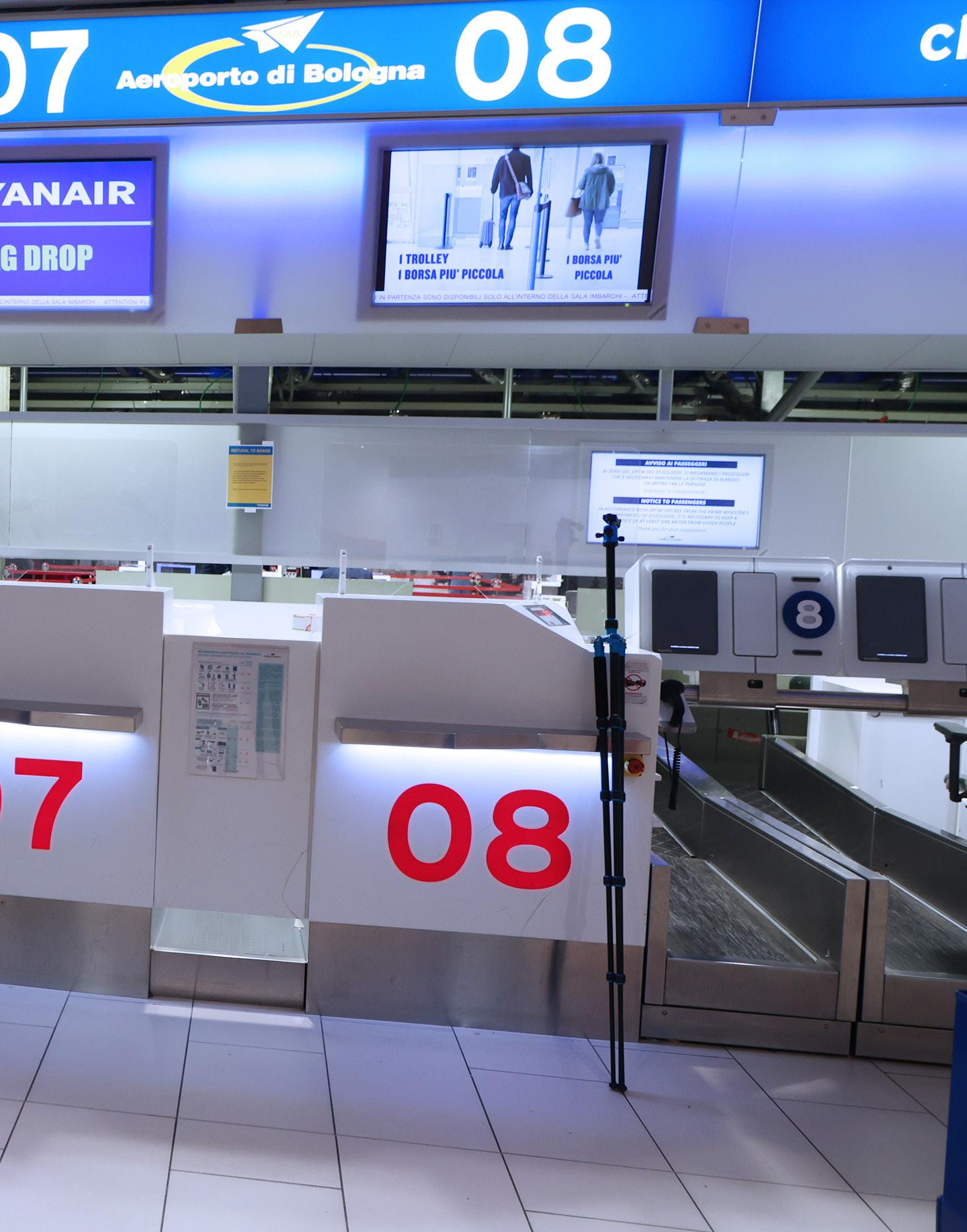
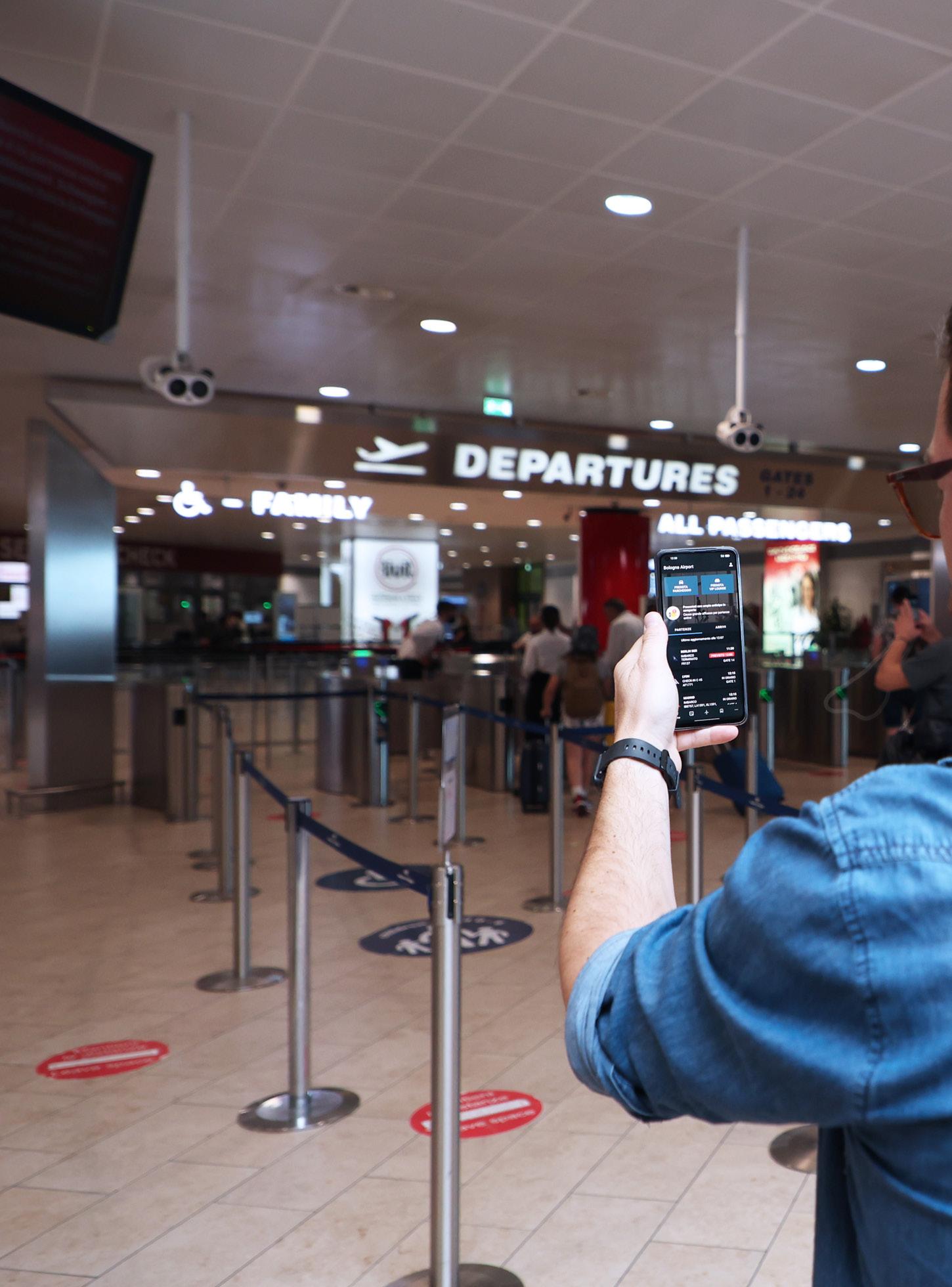
and environment
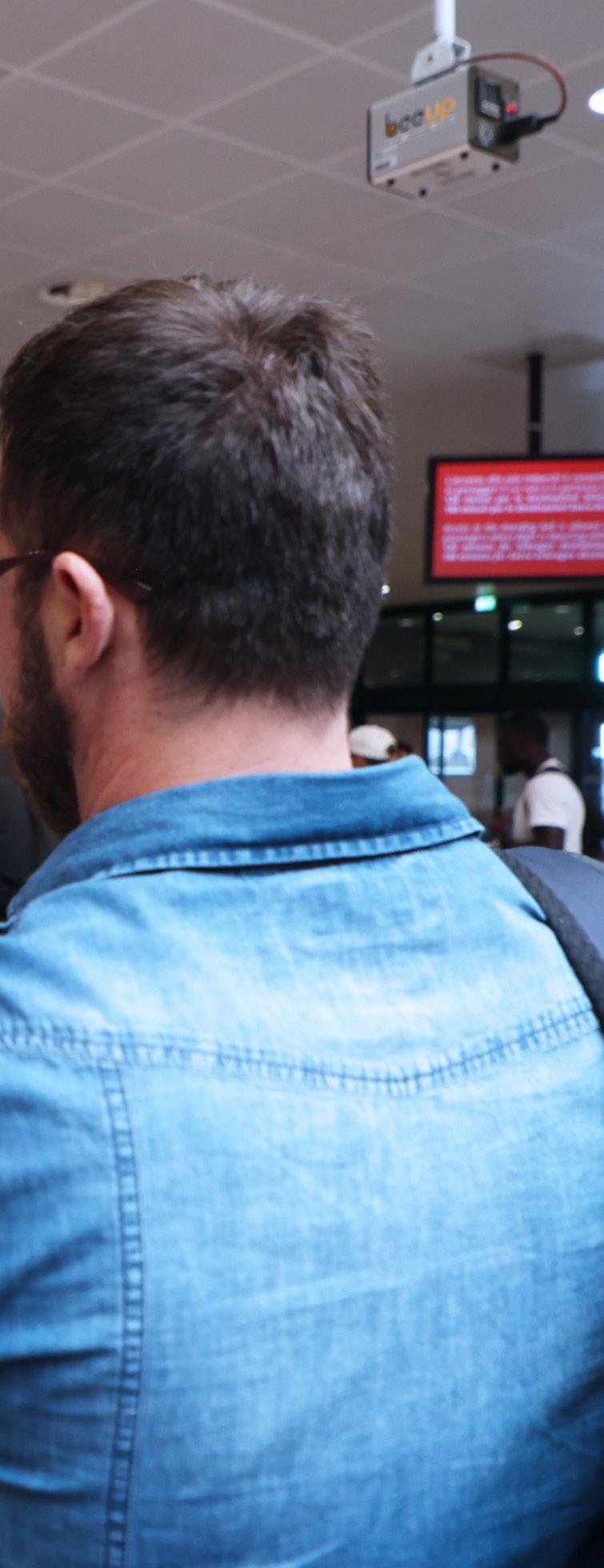
innovation. This is something which, of course, relates to our business strategy as a whole – where we have an environmental innovation plan in place which is deeply interlinked with our digital strategy. For us, fighting climate change means reducing our carbon footprint and monitoring our energy consumption to have realtime information, so we can adjust our consumption and infrastructure according to our actual needs, in order to save energy.
“Sustainability is deeply embedded into our business strategy. When we talk about sustainability, we follow and are inspired by the United Nations 2030 agenda. Of course, the environmental aspect is fundamentally important, but we also consider the social and the governance aspects as crucial too. In my mind, sustainability is like a table with three legs. You need all three legs for the table
to exist and stay standing. If you take away one of them, the table falls down. So they're equally important.
“In terms of environment, we have committed to the reach net zero by 2030 in terms of scope one and scope two emissions, which are the emissions directly related to airport activities. We are also engaged in looking at our scope three, which
Reimagine the passenger experience with SITA Smart Path - the air transport industry’s most comprehensive identity management solution for every step of the journey.
Empower your passengers to validate their identity using our award-winning SITA Smart Path TS6 Kiosks, securely enabled with facial biometrics recognition technology.

Transforming travel. Learn
relates to how our partners –mainly airlines – are managing their business.
“We are investing in energy generation with green technologies like photovoltaic power supply. We are in the feasibility study phase to install an up to 20 megawatts plant in the airport area by 2027-2028. This should be able to satisfy almost
“SITA IS A TERRIFIC EXAMPLE OF A PRODUCTIVE PARTNERSHIP. WE ARE WORKING WITH SITA ON THREE MAJOR INNOVATION PROJECTS”
50 per cent of our electrical needs and reduce our carbon footprint dramatically.
“In terms of the social side of sustainability, we are constantly developing our smart working policy so we can provide good working conditions for our people. We refined our welfare system, developed during COVID, and continue to expand its scope. We are very active in terms of striving for gender equality and we actually reached a gender gap that is positive for women – 0.6 per cent positive for women in 2022. But our efforts are not only limited to wages, our sense of responsibility stretches to diversity in terms of how we appoint managers and senior leadership roles where we have a healthy balance between men and women.
“Lastly, in terms of our sustainability efforts from an economic point of view, we are also working to progressively certify our business partners that have shops in the airport and our service providers, for them to be compliant and in line with the principles that we follow as a company and as a group. Bringing this together, we recently joined the United Nations Global Compact, which is a logical and
natural step on our path towards sustainability.”
Nazareno explains that partnerships are crucial to the four pillars of digital strategy at Bologna Airport and therefore the interlinked sustainability agenda, and the broader goals related to innovation, transformation, growth and operations at Bologna Airport.
“Partnerships are essential because we believe in open innovation, it is essential,” summarises Nazareno. “We cannot do anything fully by ourselves as we're not operating in a vacuum as a company. So we frequently develop innovation projects together with an external partner, and often they are leaders in their own industries.
“Sita is a terrific example of a productive partnership. We are working with Sita on three major innovation projects. The first is to develop a scan and fly project which relies on a self-service kiosk without an operator. We've also developed what we call ‘ABC Gates’ for passport control on arrival, with biometric technology for facial recognition. We’re also developing a messaging system
for delivering flight information to the passenger, and it also covers communications related to Lost and Found operations, in order to manage lost baggage.”
So what does the future hold for Bologna Airport and what can passengers expect in the coming years?
in the capex for a couple of years. When we started approaching normality again, the traffic came back even stronger than we expected. During peak days and times, the airport is too small for the passengers that we have in 2023. So now we need to rush and recover that lost time during the pandemic to accelerate our infrastructure development. Our terminal is our bottleneck at the moment, but we are already working on this and have plans in place to expand it in the next couple of years. So the look and feel of the airport, over the next three to five years will change for the better.”
Wrapping up our conversation, Nazareno is thrilled to share that in July 2023 Bologna Airport celebrated an historic milestone: for the first time, one million passengers crossed the airport’s threshold in a month.

“Infrastructure development and expansion is a key issue for us,” answers Nazareno. “We have been growing faster than our infrastructure over the last few years. Then we had the COVID-19 pandemic when, for survival reasons, we had to slow down
“We have never reached such a figure in the past, even at the previous peak in 2019,” beams Nazareno. “I honestly didn’t expect to reach these kinds of numbers only two years after the end of the pandemic.”
For further information about Bologna Airport, visit bologna-airport.it.
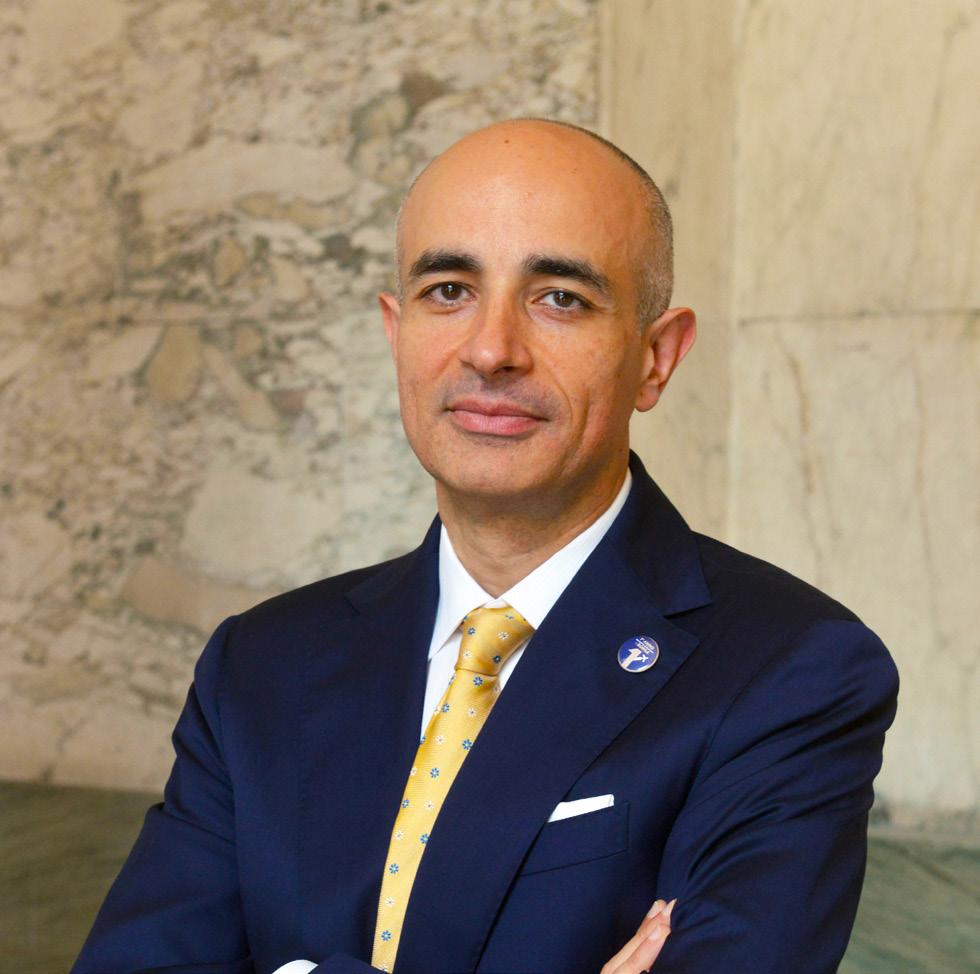
During the height of the COVID-19 pandemic, Nazareno read Antifragile: Things that Gain from Disorder by Nassim Nicholas Taleb and enthusiastically endorses the book.
“The concept of the book is how do we go beyond a traditional definition of resilience, a word we all used a lot during the pandemic,” summarises Nazareno. “Typically we understand resilience as returning to or recovering to the previous level after a major shock. To be antifragile is more than this, it means you learn from the shock and come back stronger, wiser and better than you were before.”
“The book inspired me tremendously during the dark days of the pandemic,” admits Nazareno. “In my role I had to motivate and help my colleagues to stay hopeful and strong in difficult times. The book made me see that no matter what happened we would emerge with a huge amount of experience that we could use as fuel to inspire us and overcome new challenges – we would be able to face anything. And I don’t just mean as an airport, but as people.”
Nazareno highlights the importance of leadership by living your role.
“How we act and live our role, in my case as a CEO but this applies to any type of management or leadership position, defines our success,” stresses Nazareno.
“The biggest danger that you can face is to be too focused on your role as representative of who you are. I always try to remind myself that, first of all, you are a person and then you have a role, not the other way around. As a leader or manager, the first task that you have is to help others do their job and make the working conditions the best they can possibly be. It's a mind shift away from being self-centred and always respecting that you are part of a larger picture. You are dot, sometimes a very important dot, but you are still a dot.”
Connect with Nazareno
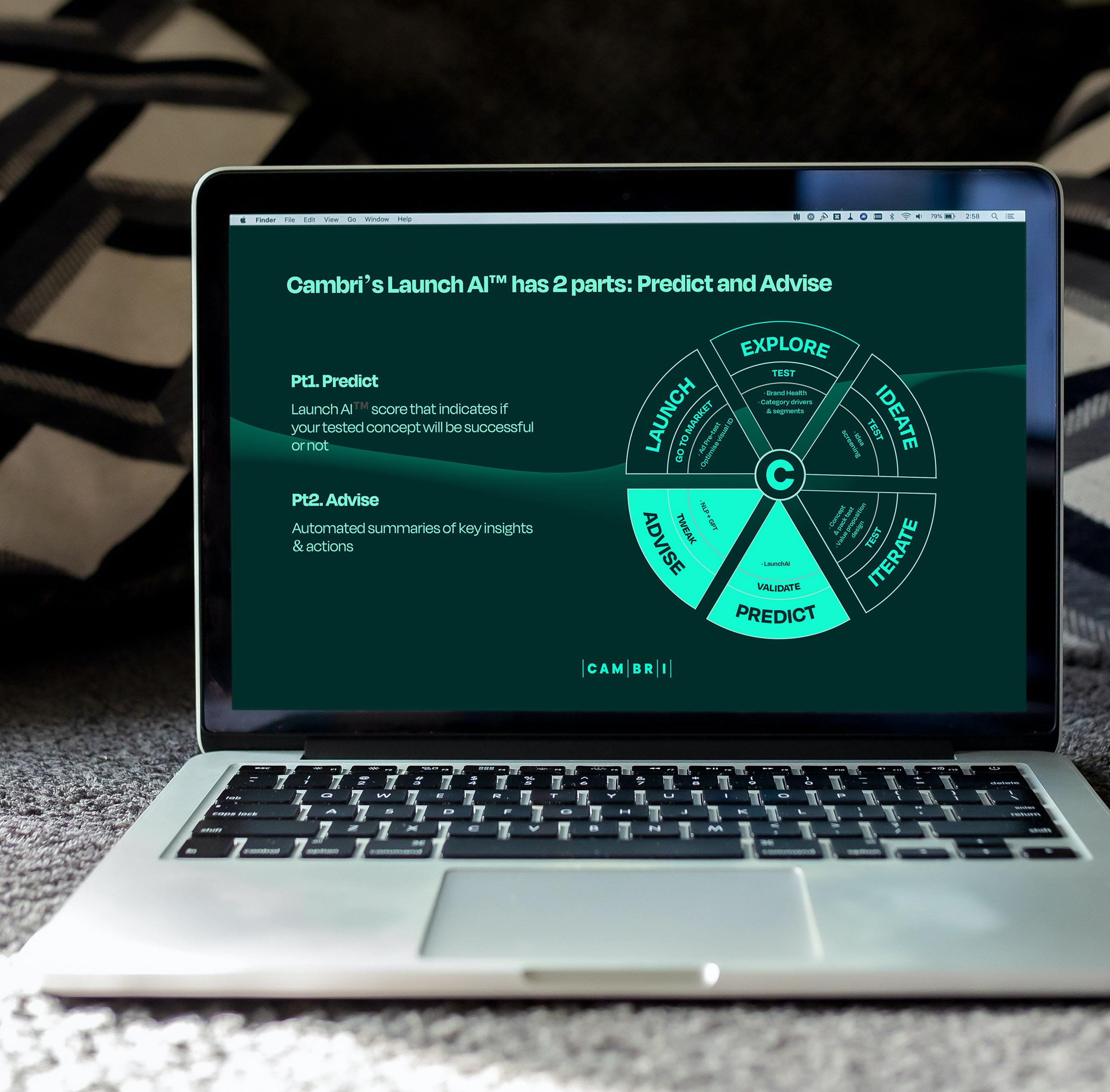
Launch AI™ from Cambri de-risks new product development and helps catapult innovation for consumerpacked goods brands.

Cambri is a research tech, consumer and insights platform which helps brands launch more successful products and minimise the risk of failed products.
has now introduced a sophisticated, tried and tested new product development (NPD) launch product within its platform. Launch AI™ is transforming NPD success rates from the market average rate between 5-25 per cent to a confident 73 per cent.
With estimates stating that over 30,000 new products come to market each year but with 95 per cent failing, the pressure to get product innovation right is keenly felt by brands. On average, bringing a new product to market is a costly strategy with some reports claiming that businesses lose around €500k in development costs, around 50 days in lost staff hours and increased CO 2 levels means failed NPD also impacts company sustainability goals.
With large well-established consumer-packed goods (CPG) and fast-moving consumer goods (FMCG) businesses being constantly challenged by wellfunded startups who have the agility to bring new products to market quickly, the ability for large brands to address the multi-billion Euros cost of failed products needs to be solved.
Cambri brings its own expertise, challenger mentality and disruptive nature to a growing portfolio of global brand clients keen to challenge the challengers.
Cambri clients – including Nestlé, Carlsberg and Electrolux – have benefited from iterative testing, data and AI-driven launch predictions and advice, which
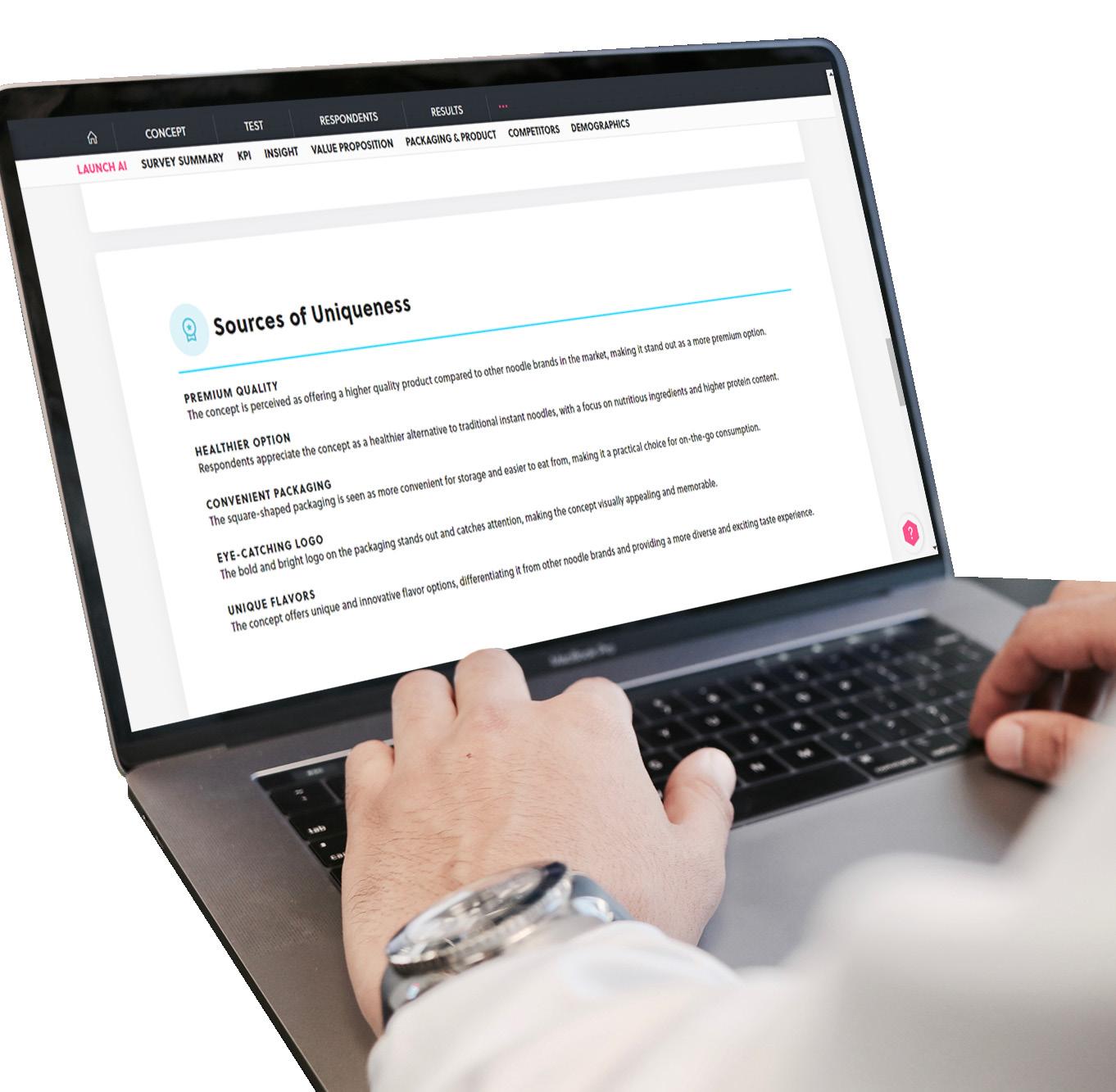
“Launch AI™ is transforming NPD success rates from the market average rate between 5-25 per cent to a confident 73 per cent”
catapults their success rate to 73 per cent – a 3 out of 4 NPD launch success rate.
The Launch AI™ product expands Cambri’s current and hugely successful iterative testing cycle for NPD but with additional AI-generated processes, ‘Predict’ and ‘Advise’, which provide the most advanced proof points to success.
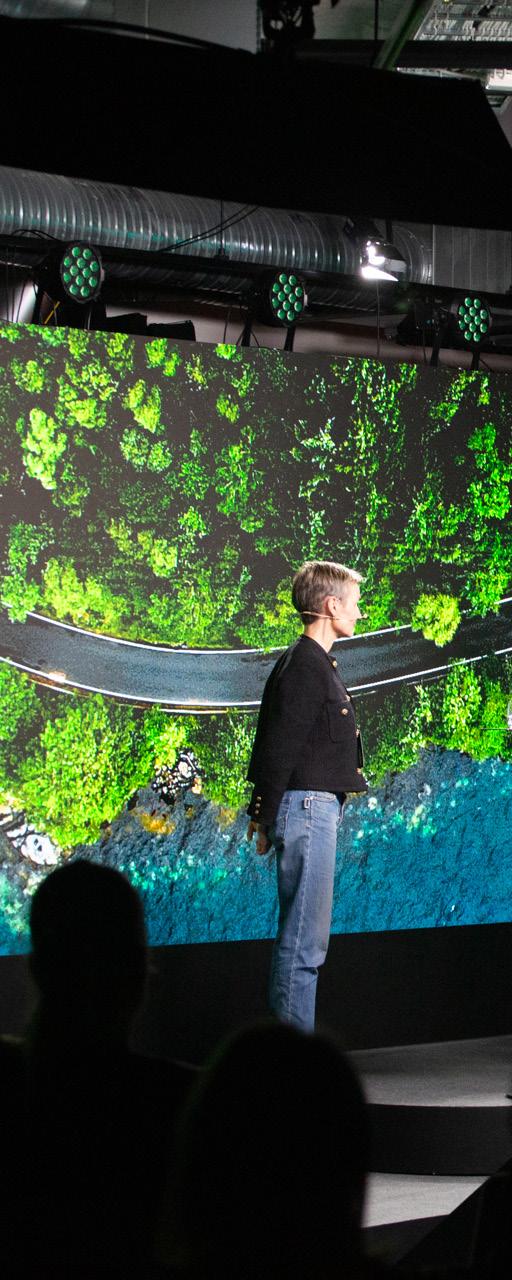
Generates a score to indicate if an NPD concept will be successful or not. It uses a robust data set combining survey data with post-launch data. The deep survey data together with post-launch data gives a much higher success prediction accuracy than traditional KPIs that have been the industry standard until now.
Offers suggestions on how to improve the NPD concept. Users receive an automated summary (AI generated) of the key
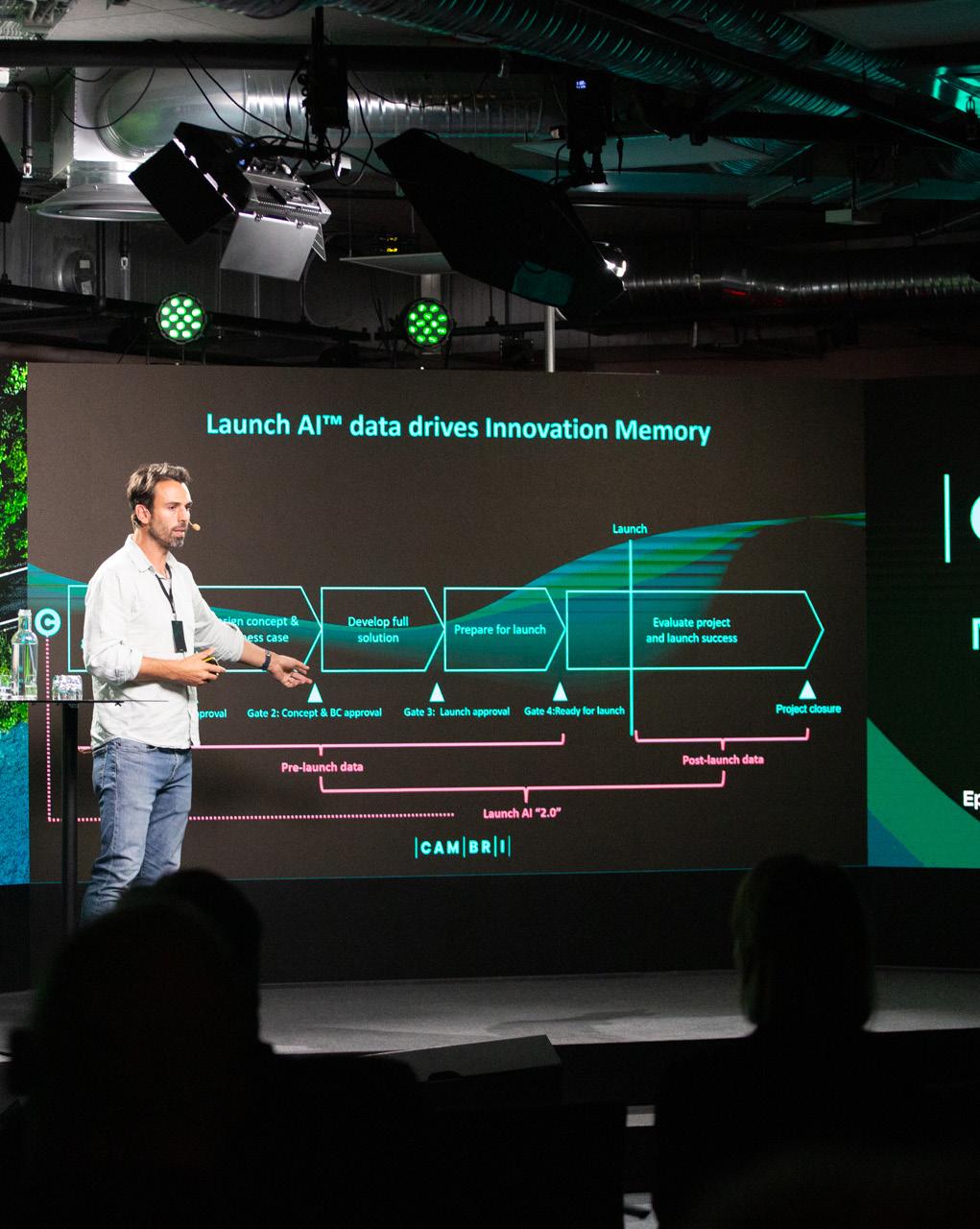
“Global leaders must take the best traits of innovation from startups and leverage their scale of product launches to create a data moat”
Ben Harknett, CEO of Cambri
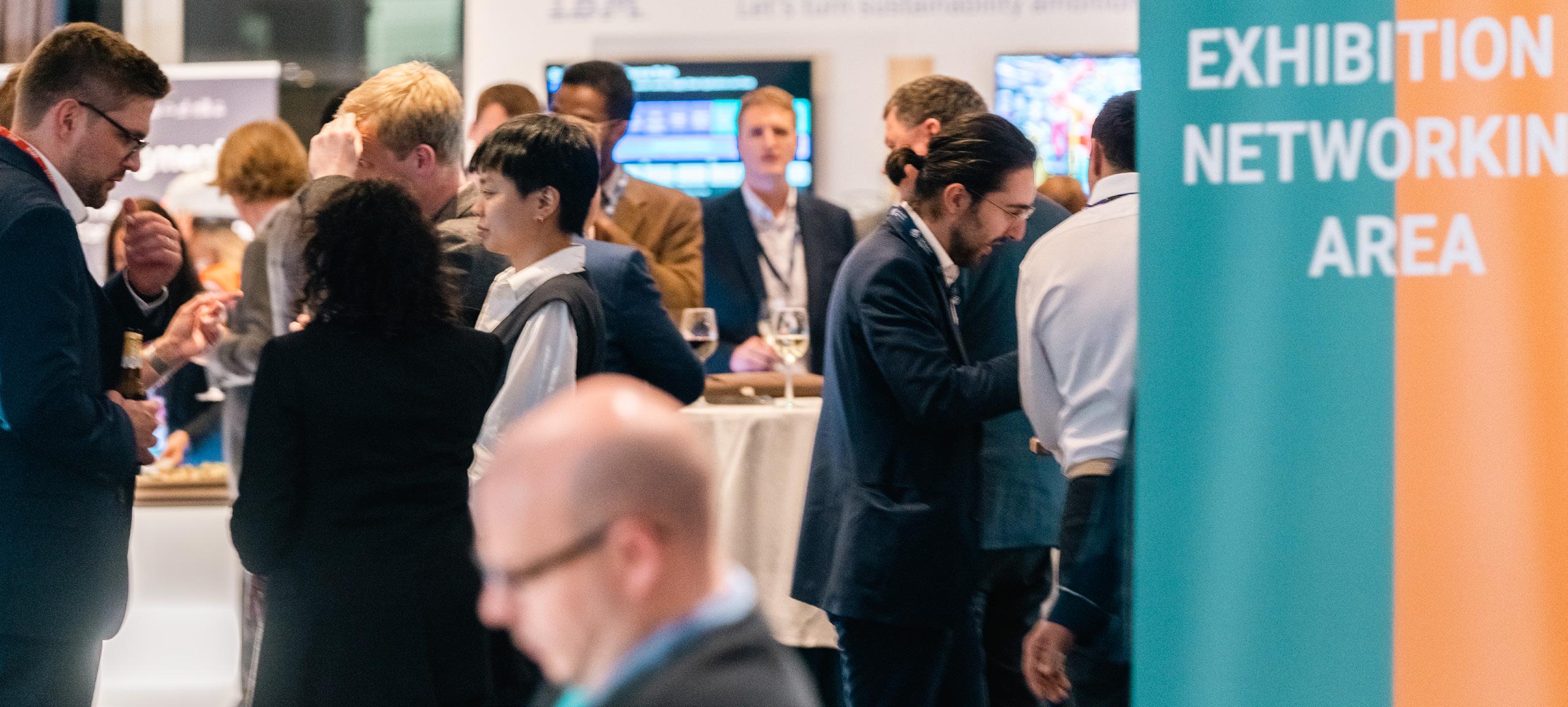
strengths and weaknesses of the concepts as well as sources of uniqueness. Launch AI™ will generate new and improved value propositions, based on respondent feedback on strengths and weaknesses. The Advise component aims to give new ideas to experiment with
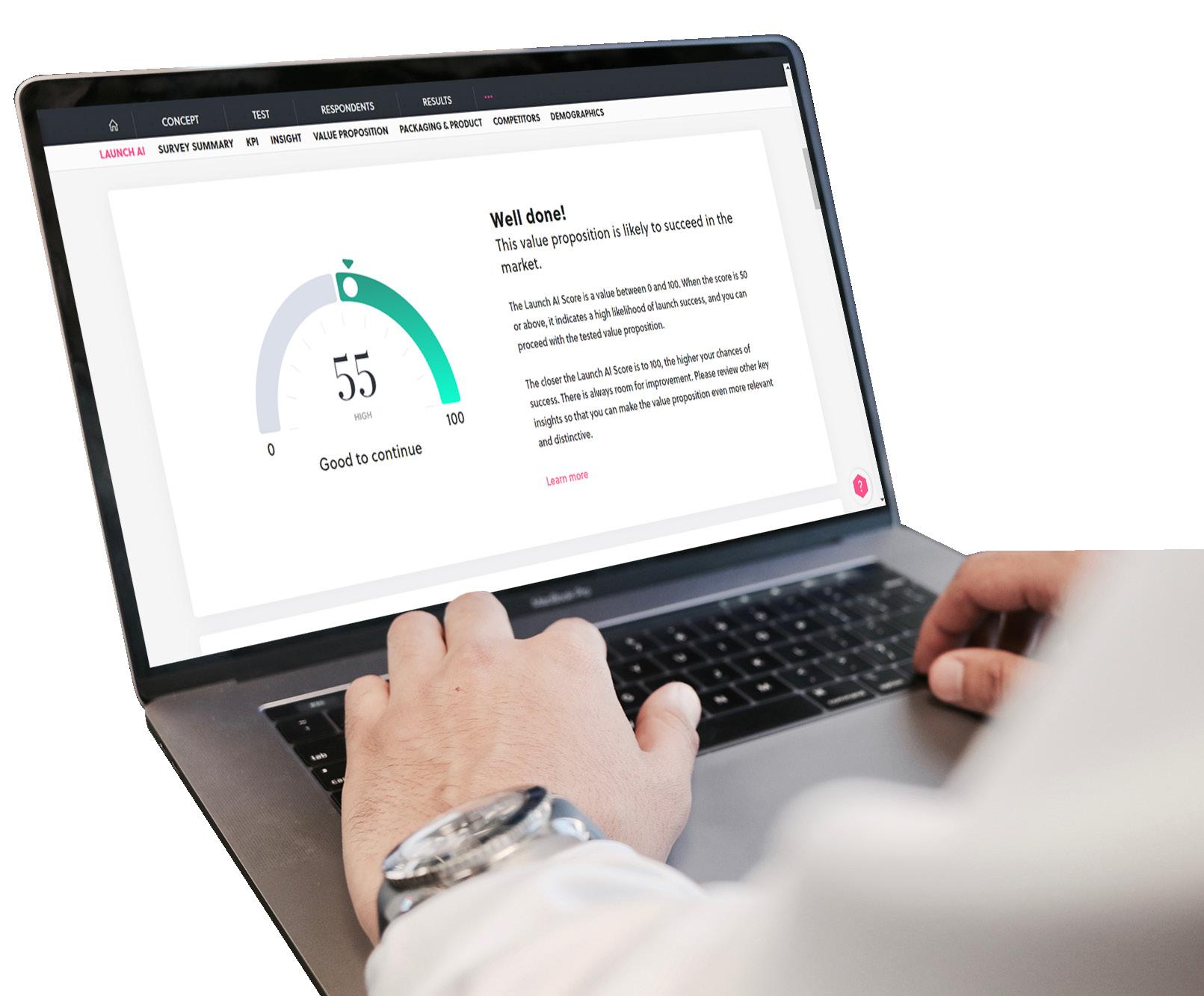
in the event that the Launch AI™ Score doesn’t recommend that the concept is ready to be taken forward in the innovation process. Additionally, Advise offers insight and ideas that can be taken forward to the next stage of the innovation process, for example, the value proposition.

“Launch AI™ will generate new and improved value propositions, based on respondent feedback on strengths and weaknesses”
“No longer is NPD about taking a leap of faith,” says Ben
Harknett, CEO ofCambri. “Test early and test often has always been our mantra and by adding Cambri Launch AI™ driven predictions and advice, brands are able to edge closer to our mission in flipping innovation from 95 per cent failure to 95 per cent success.
“Global leaders must take the best traits of innovation from startups and leverage their scale of product launches to create a data moat,” Ben advises brands.
He believes brands need to focus on 4 key strategies:
1. Low tolerance for failed product launches – For a startup, launching a product that succeeds is business critical. For a large CPG, failed product launches are not existential, but are rather compounding missed opportunities that can harm brand reputation. A strong focus on driving innovation success rates must be a core metric at the forefront of innovation and insight leaders’ minds to remain competitive.

2. Innovate fast – Speed to market is critical to be able to keep up with the modern consumer. With manufacturing time relatively constrained by production and supply chain partners, speeding up the innovation cycle is critical to remaining relevant.
3. Build with consumers –Whilst CPG startups can cocreate directly with their first consumers, large CPGs must make consumer insights fundamental to the innovation process to launch successful products.
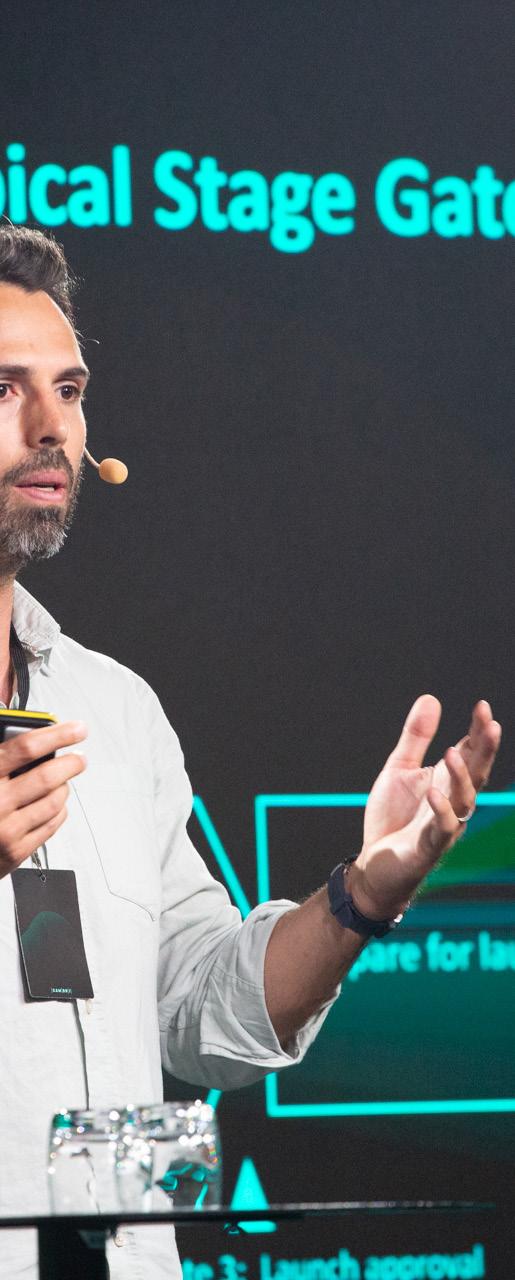
4. Adaptive learning - Innovation processes need to evolve with past failures and successes. At startups, the founding teams have the benefit of being able to see all innovations across the company and can apply learnings from past failures to improve the innovation process. At a large CPG, a different approach is needed due to the scale of product launches. Rich and consistent post-launch evaluations are required, and they must feed back into future innovation cycles to drive innovation success rate.

With a rich history spanning three centuries, Bulgari constantly builds on its brand legacy by wielding digital transformation, technology and innovation to redesign and redefine high fashion.

the decades since, Bulgari has created magnificent jewellery, accessories, watches and much more besides – with iconic styling, vibrant colour combinations and universal elegance defining the brand.
The brand reveres its cultural legacy but balances this respect for the past with enthusiastically embracing the future. Bulgari champions innovation and launches new trends as a pioneer of the luxury experience.
Today we explore four of Bulgari’s innovative projects channelling the brand’s endeavours towards digital and technological transformation: the Octo Finissimo Ultra, the Serpenti’s 75th anniversary and the intertwined projects Crafting Magnificence and Scentsorial.
Octo Finissimo Ultra is far more than the world’s thinnest mechanical watch. It symbolises a mindset, an ability to innovate and to redefine the codes of Haute Horlogerie.
The watch measures an astounding 1.80 mm thick. Put another way, it is as thin as a 20-euro cent coin – and not for the movement alone, but for the watch as a whole, from the caseback to the top of the sapphire crystal. It is a thinness world record for a mechanical watch and the eighth accolade of its kind for the Octo Finissimo collection.


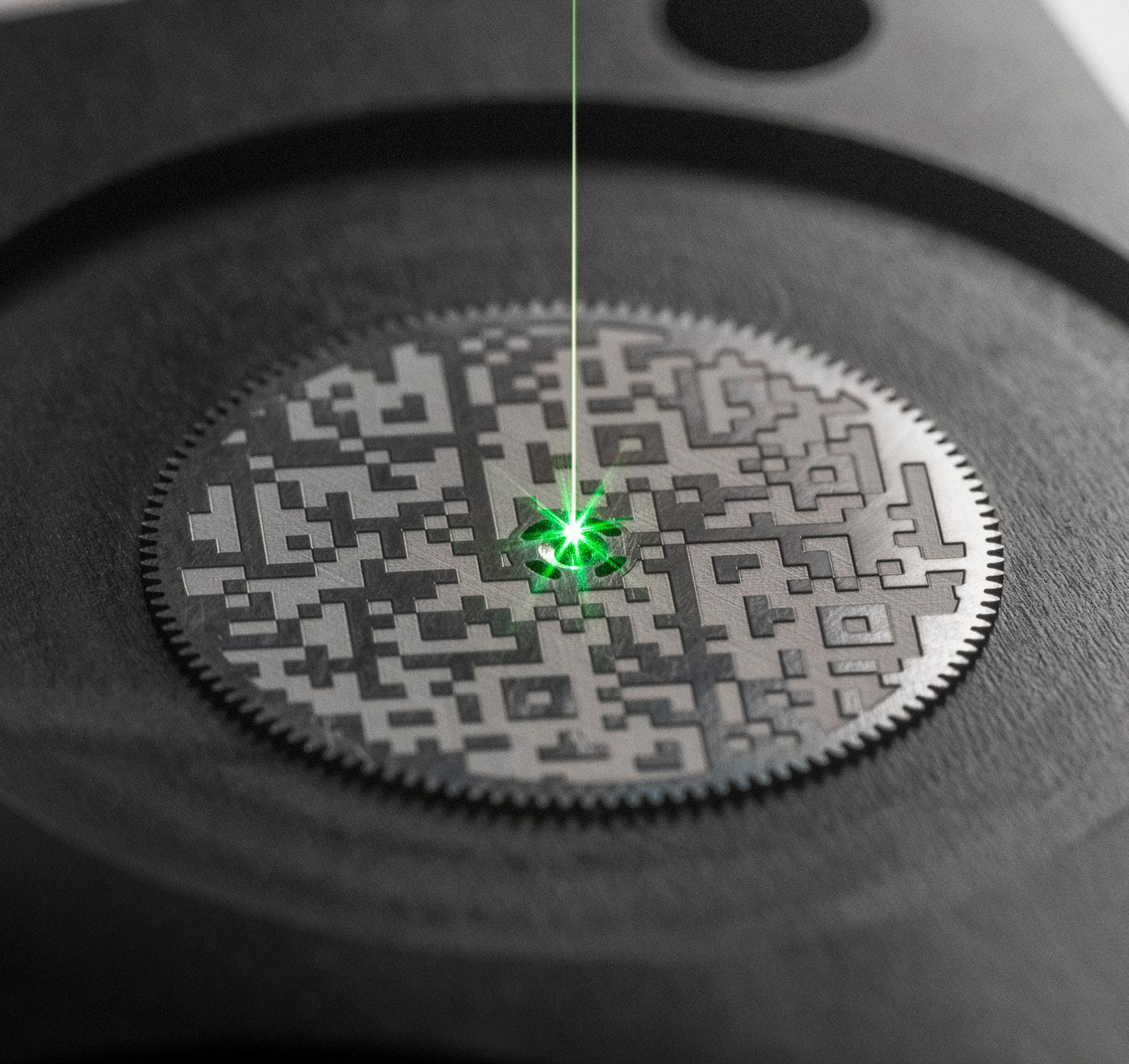
“Can we do it? No sooner was the question asked three years ago than our teams answered: how are we going to do it?” recalls Antoine Pin, Managing Director of the Bulgari Watch Division. “This ability to meet challenges is embedded in the brand’s DNA. As for the word ‘ultra’, it expresses this desire to go beyond the limits, to play with extremes – an idea that we love in-house!”
But the Octo Finissimo Ultra’s innovation and technological achievement go far beyond its dimensions alone.
With a QR code engraved on the barrel’s ratchet wheel, the Octo Finissimo Ultra opens up new digital horizons in contemporary Haute Horlogerie. Once scanned, this individual key invites owners into a new dimension, connected to a
unique timeless experience. The QR code opens a gateway to a journey of discovery in a world dedicated to their watch, its design and its history. This exclusive space features interviews, insights into how it was made, a virtual 3D tour of the movement and an exploration of the visible/invisible concept linked to the watch.
The first ten Octo Finissimo Ultra timepieces were delivered with exclusive NFT artwork which, thanks to blockchain technology, guarantees the authenticity and uniqueness of the watches. Owners also secure exclusive access to a digital universe dedicated to their own watch. In this sense, the Octo Finissimo Ultra represents the transition from ultra-miniaturisation to immateriality.
A resounding success in the physical world, the Octo Finissimo Ultra and

its distillation of mechanical ingenuity invites the best of watchmaking into the digital world, that of NFTs and blockchain.
Celebrating the deep bond between the mythical snake and the world of art, Bulgari launched a capsule collection of Serpenti Forever handbags born from the collaboration with three contemporary artists: Sunwoo Kim, Zhou Li and Sophie Kitching.
The snake has always been intertwined with the world of art, often representing a manifestation of boundless human imagination across time, space and different cultures.
Now, in the year of Serpenti’s 75th anniversary, Bulgari’s icon of
metamorphosis once more offers the inspiration for unlimited creative experimentation as the white canvas to venture into new explorations.
A capsule collection of six handbags, Serpenti in Art is born from the collaboration of three contemporary artists, who offered their unique mastery and creative vision to enrich the ever-changing, always mesmerising, universe of the Bulgari

“ AS A COLLECTION BORN TO CELEBRATE THE 75TH ANNIVERSARY OF THE ICON, EACH BAG ARRIVED AS A LIMITED SERIES OF 75 PIECES
serpent. An infinite evolution that now reaches the virtual dimension of NFTs for the first time, opening a unique digital experience, accessible only through the bag.
Crafted with the same attention to detail and deep savoir-faire of Bulgari’s Leather Goods, the NFT experience connected to each bag elevates the creative potential of Serpenti even further, exploring through high-technology the different themes developed by the artists. The six three-dimensional videos –one for each model – give owners exclusive access to a digital universe dedicated to their own handbag, in a seamless journey from materiality to immateriality.
The exclusive creations dedicated to art lovers and Serpenti enthusiasts
was unveiled at Bulgari’s Serpenti in Art event during Paris Haute Couture week in July 2023. As a collection born to celebrate the 75th anniversary of the icon, each bag arrived as a limited series of 75 pieces.
Bulgari pioneers the luxury experience and explores innovation to not only craft a better future but also catalyse digital transformation and growth globally.
In 2023 Bulgari presented two projects: Crafting Magnificence, unveiled in Venice in May 2023 at the Maison’s latest High Jewellery collection launch, and Scentsorial, launched last March in Dubai. Both projects deployed pioneering
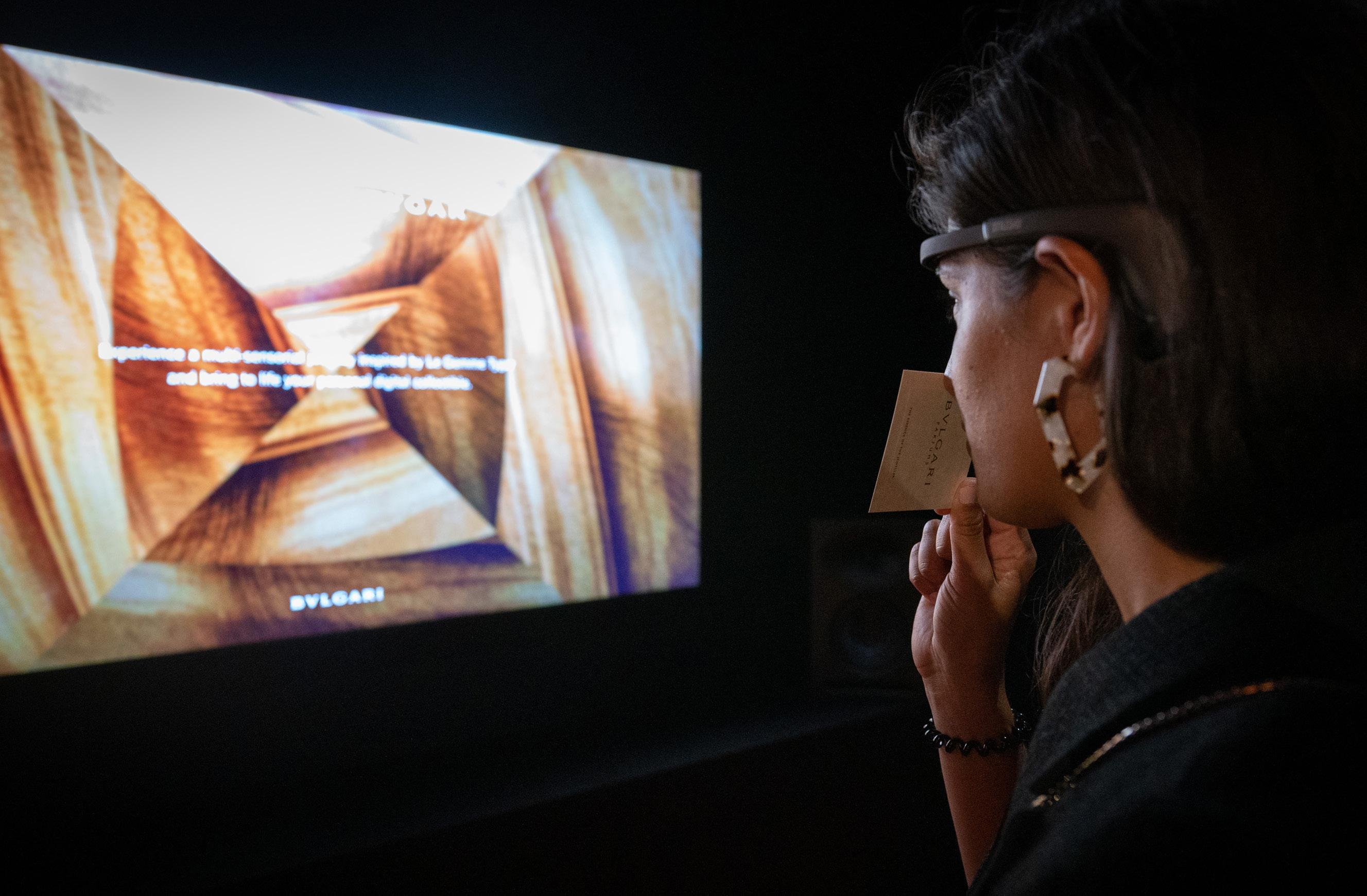
multisensory experiences and wearable technology in immersive and innovative ways.
The journey began with Crafting Magnificence, a homage to the vibrant and eclectic energy of the Mediterranean universe, the inspiration behind the Bulgari Mediterranea High Jewellery Collection. Guests are guided on an explorative experience, delving into the wonders and exceptional materials of the High Jewellery creations. The discovery starts with Italian visual artist Giuseppe Lo Schiavo’s digital artworks inspired by the jewels included in the collection.
Thanks to a wearable device capable of capturing brainwaves, micromovements, heartbeats, thoughts and emotions experienced, guests are engaged in a pioneering cocreation moment. The emotional data collected are then merged with cutting-edge generative artificial intelligence to create personal one-of-a-kind digital artworks, representing the union of human emotion and advanced technology.
Further along the journey, guests are welcomed into the innovative world of Scentsorial. A first of its kind in the perfume world, Scentsorial unveils an olfactory masterpiece, BVLGARI LE GEMME Tygar, symbolising Bulgari’s constant mission to fuse tradition with cutting-edge technology.
real-time the thoughts, emotions, and reactions of the guests as they navigate the multi-sensory voyage towards the discovery of Tygar fragrance. The device translates these reactions into generative downloadable collectibles, encapsulating the unique emotional journey that lies at the heart of every fragrance, thus creating intense, long-lasting memories through the senses.
Through Crafting Magnificence and Scentsorial, Bulgari's pioneering multisensory
Once again, the wearable technology springs into action, capturing in

experiences, the Maison creates a bridge between past, present and future – connecting emotions with innovative technology and ensuring a journey that surprises and elevates the client’s experience with the brand.
Bulgari's approach to digital transformation goes beyond the conventional understanding of ‘digital’ and embraces a ‘postdigital’ perspective. The company acknowledges that digital is integral to the present and future, embedded throughout the value chain. The emphasis is on the strategic choice of 'transformation', which Bulgari wants to lead and not undergo. Bulgari understands the immense benefits of driving this transformation and is keenly aware of the risks of not doing so.

“The concept we refer to in Bulgari is no longer 'digital' but 'post-digital,’ says Massimo Paloni, Executive Vice President of Operations and Innovation at Bulgari. “Digital is present today and will be in the future, and for this reason, we are no longer surprised by its
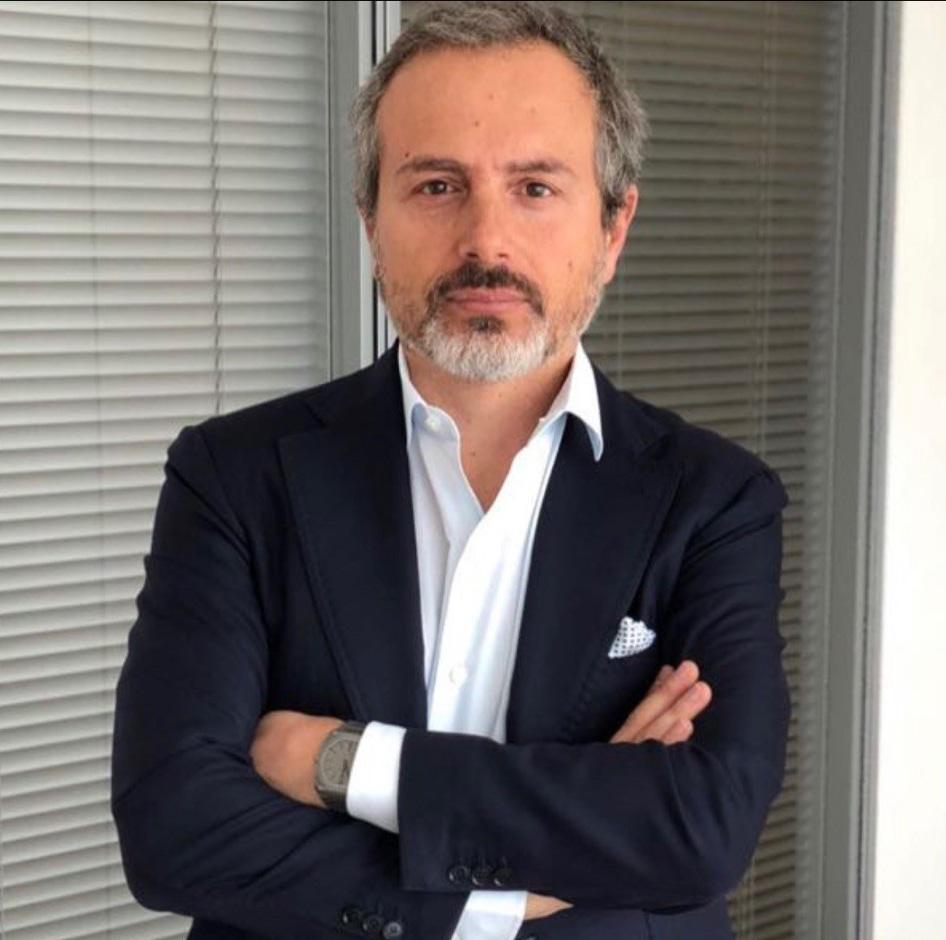 Massimo Paloni, Executive Vice President of Operations and Innovation
Massimo Paloni, Executive Vice President of Operations and Innovation

“ BULGARI HAS BOLDLY ESTABLISHED AN INNOVATION BUSINESS UNIT, FULLY COMMITTED TO DRIVING THE DIGITAL TRANSFORMATION THAT WE KNOW WILL BRING IMMENSE BENEFITS
existence throughout the value chain. Customers in our industry are always pleased to be the first to benefit from a novelty. For this reason, we have always followed a path of digital evolution over the years.
“We are looking for 'white space,' i.e. those business models that can be created only thanks to digital technologies because, in this way, you
can reach customers, market shares, and additional revenues exponentially.
“Bulgari has boldly established an Innovation Business Unit, fully committed to driving the digital transformation that we know will bring immense benefits.”
Explore the Bulgari brand at bulgari.com.
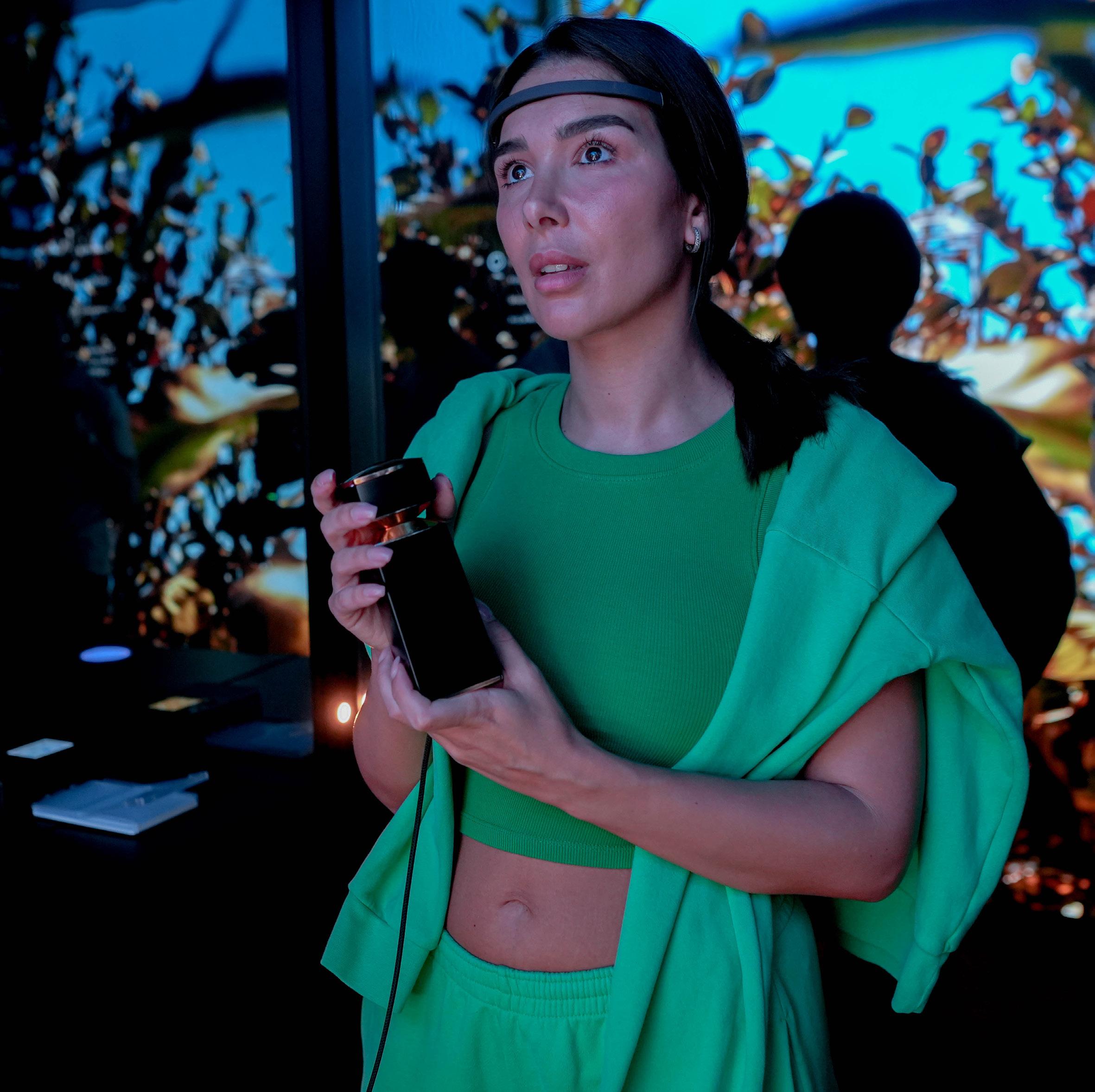
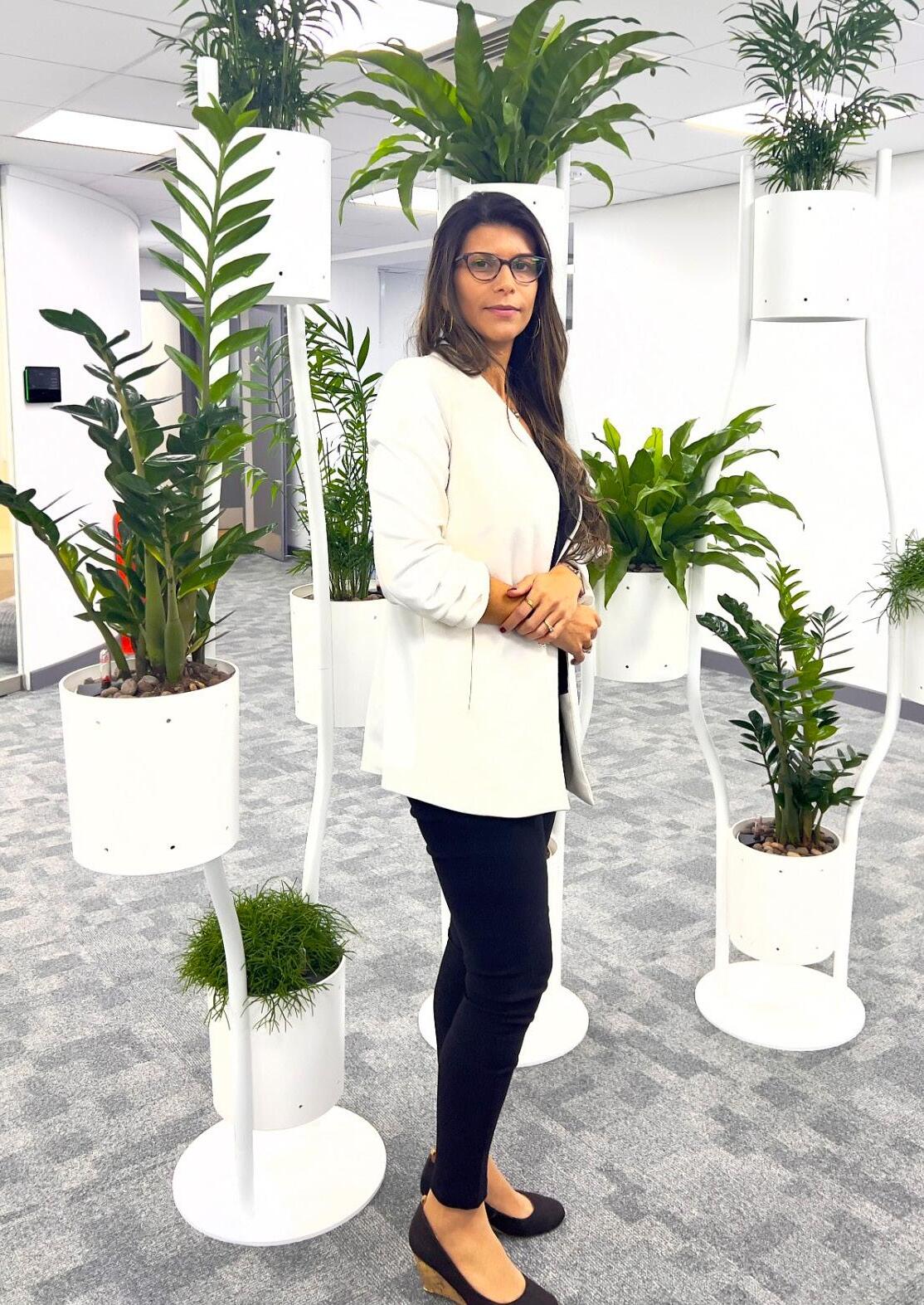
Janaina Ruas Filiponi, Europe Head of Supply Chain & Sustainability at SLB, on the company’s journey to embed sustainability into the supply chain function and the role the supply chain plays in its vision for a decarbonised, sustainable future.
In the last century, global technology company SLB has evolved and adapted to the ever-changing demands of the energy industry, its customers and partners.
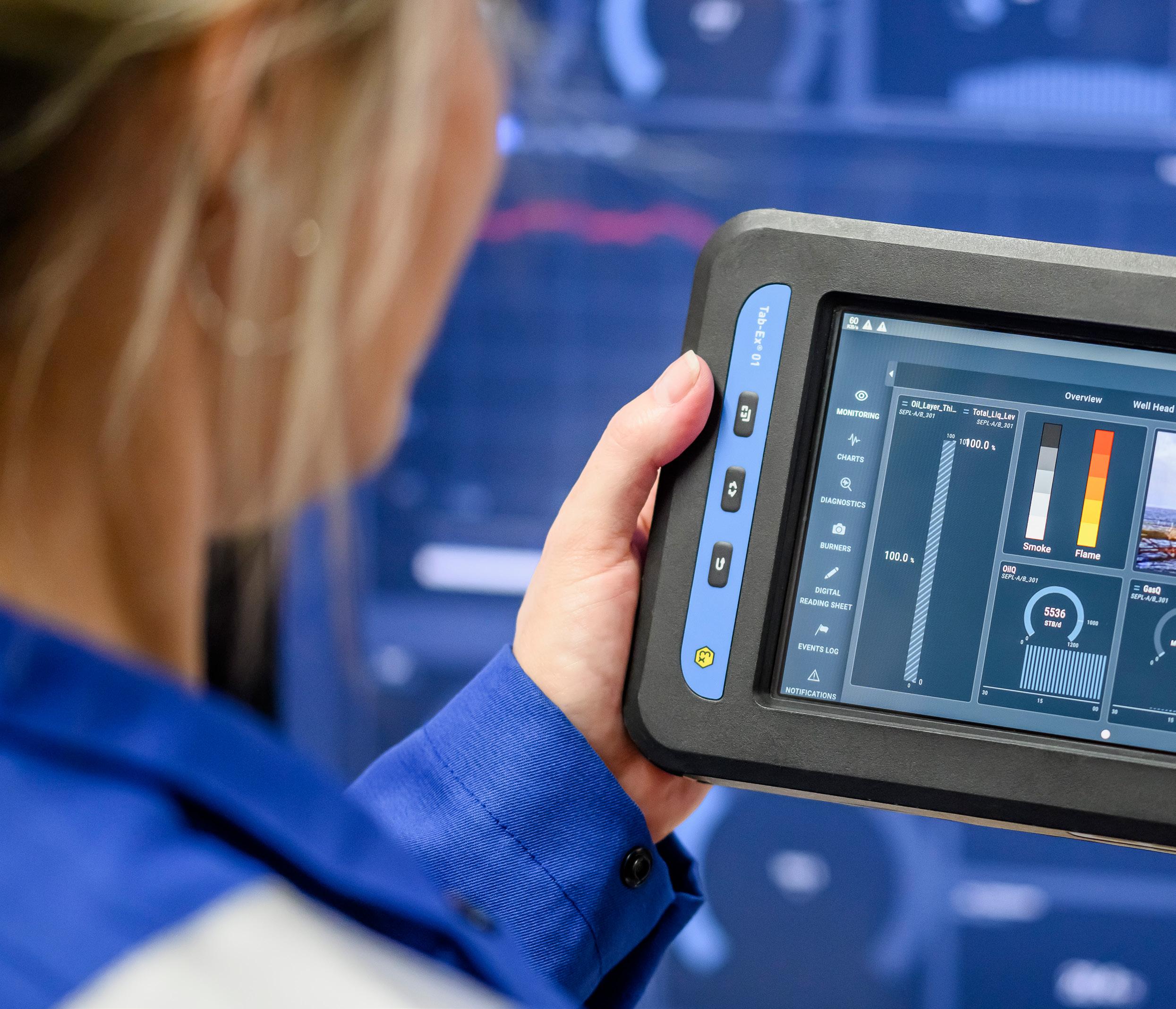
ith a heritage of innovation behind the company, SLB positions itself as an early adopter and pioneer of new mindsets poised to tackle the dual challenge of guaranteeing energy security and affordability while reducing carbon emissions to meet our net zero goals.
In October 2022, Schlumberger announced its rebranded name, SLB, as part of the company’s new identity
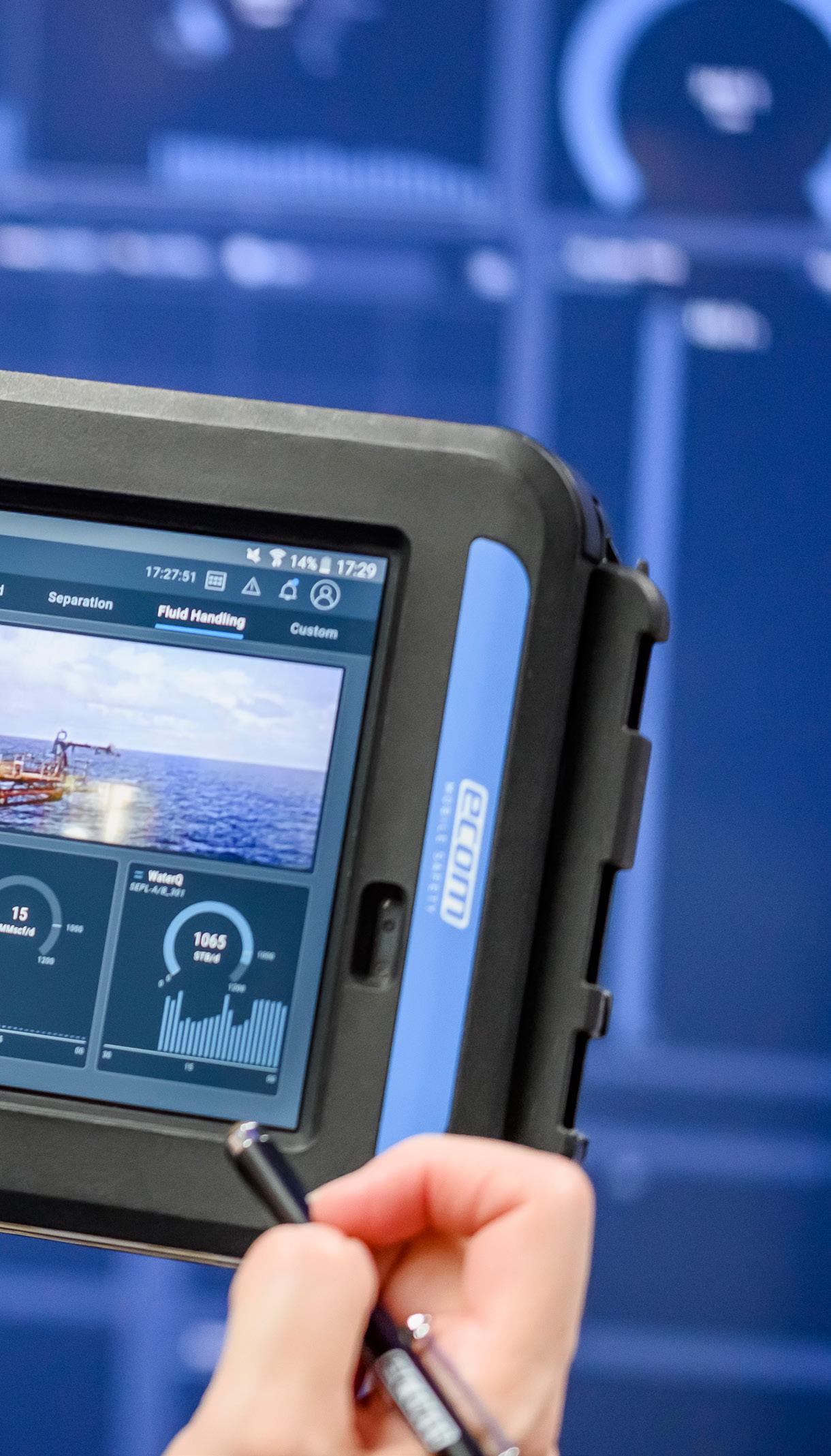
focusing on decarbonisation and technology innovation to address the world’s energy needs and forge ahead with global energy transition. The new chapter for the legacy Schlumberger brand underscored the company’s commitment to decarbonisation, digitalisation, new energy systems and innovation in the oil and gas industries. SLB’s bold vision is to accelerate the energy transition with sustainability at the core of its ambition.
Here to tell us more about the supply chain digitalisation, innovation and performance underpinning SLB’s new chapter is Janaina Ruas Filiponi, Europe Head of Supply Chain & Sustainability.
Janaina’s background is in engineering and she has been at the company for over 20 years, working in various departments, starting in operations and now business functions. Today Janaina heads up the supply chain department for SLB’s European operations and oversees the region’s sustainability endeavours. She orchestrates sourcing, supplier management, materials, logistics and regulations alongside taking charge of the internally focused sustainability strategies for that geography.
The two main layers to Janaina’s role are intrinsically linked, since
enacting change with sustainability goals in mind almost always winds its way to a supplier, procurement policy or logistics strategy of some kind, she explains.
“I’m personally very passionate about sustainability. As my awareness about overall sustainability developed, it made sense for me to start embedding sustainability into our supply chain discussions. For example, if we want to go ahead with changes to a solar project, switch the LED lights in our offices or transition our fleet to electric vehicles or electrical forklifts – everything was naturally linked to supply chain discussions,” summarises Janaina. It means we also get to work on our sustainability in terms of our ongoing community engagements and human rights policies across our supply chain.”
SLB embraces innovation across the board as a global technology company and it is also particularly prevalent in the supply chain strategies it has been rolling out since the rebrand last year in 2022.
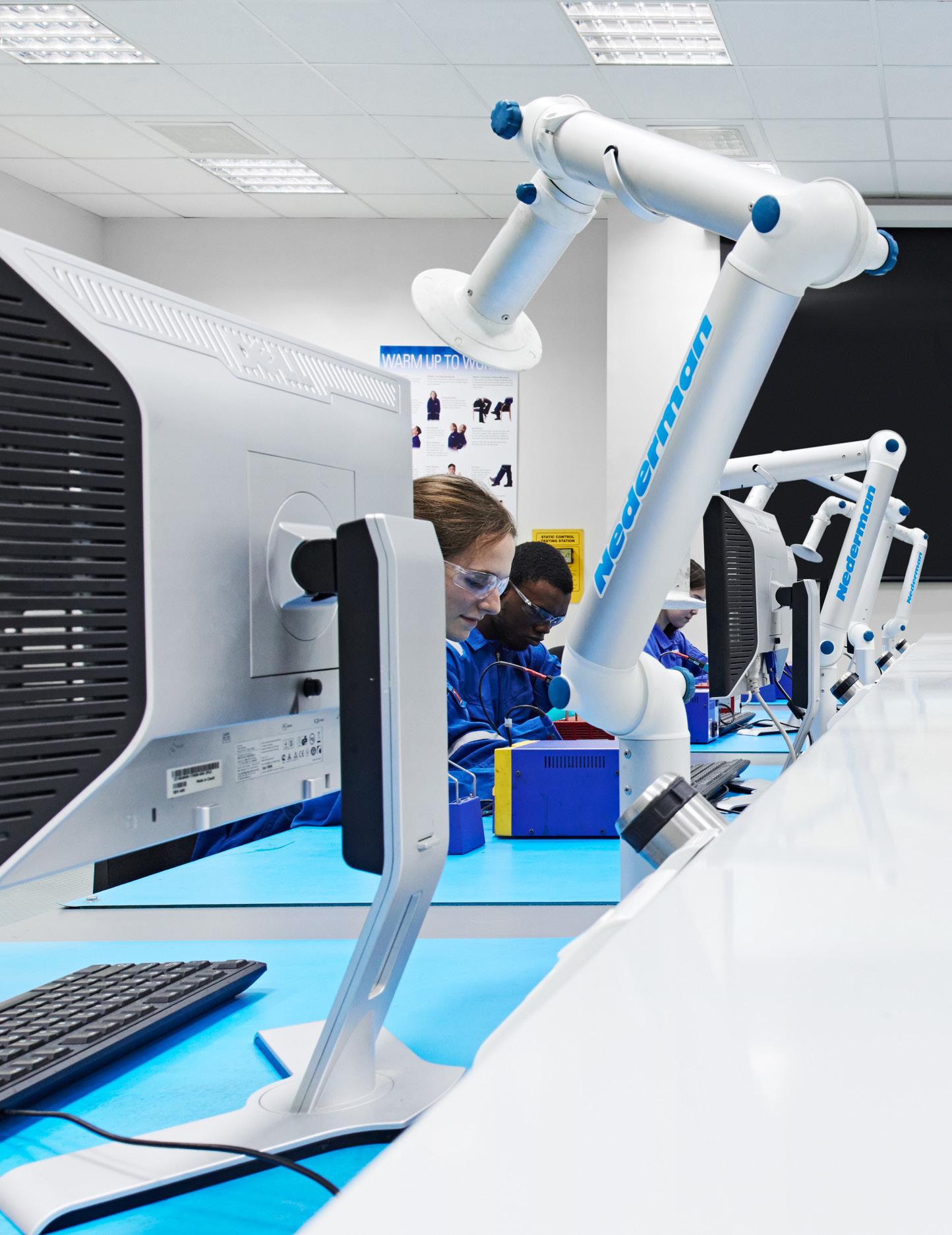
“Innovation has been embedded into the DNA of SLB, for a very long time,” describes Janaina. “It’s built into the company and with the new chapter where SLB is being guided by sustainability, decarbonisation and a global energy transition, we understand that change
won’t happen without determined and focused innovation efforts. If businesses and companies continue to do things as they are today, the pace of change towards reducing emissions or reaching net zero will be too slow. Therefore, innovation and new mindsets are imperative.
“So if we consider innovation at SLB from a supply chain perspective, our mission is trying to understand from the business and operations sides what our internal demands are and where we need visibility to recognise opportunities for improvements in terms of the goals we’re striving towards. Once we identify the places to focus on, we usually have a supplier linked to them.
“Just over two years ago, we introduced our Supplier Innovation Program (SIP). Here we engage with our top 15-20 suppliers worldwide and as a business, we challenge them to propose a win-win supply chain innovation for us both to adopt.
“After we consider these presentations, we fine-tune our focus towards a few of the most promising proposals and start those projects on the ground. Not only does this catalyse innovation, but it also strengthens our relationships with our high-level suppliers and these relationships evolve into collaborative partnerships.
“SIP started as a global initiative but now we’re cascading it down to the regional divisions of SLB,” continues Janaina. “For example in Europe, we are rolling out the SIP approach to our specific suppliers. But supply chain innovation at SLB is not just limited to the global or continental levels, although the bigger picture perspective is of course crucial. We also explore innovation at a granular level and encourage teams to suggest efficiency improvements that affect our daily processes and operations. That can come in the form of a different way we do tasks or new approaches to apps and data with enhanced visibility.
“We work in the world of data, technology and AI. Everything can have better visibility, more innovative approaches and improved effectiveness. We instil this mentality into our teams. Consider our operations in Europe where we have about 6,000 suppliers. If we aren’t embracing innovation
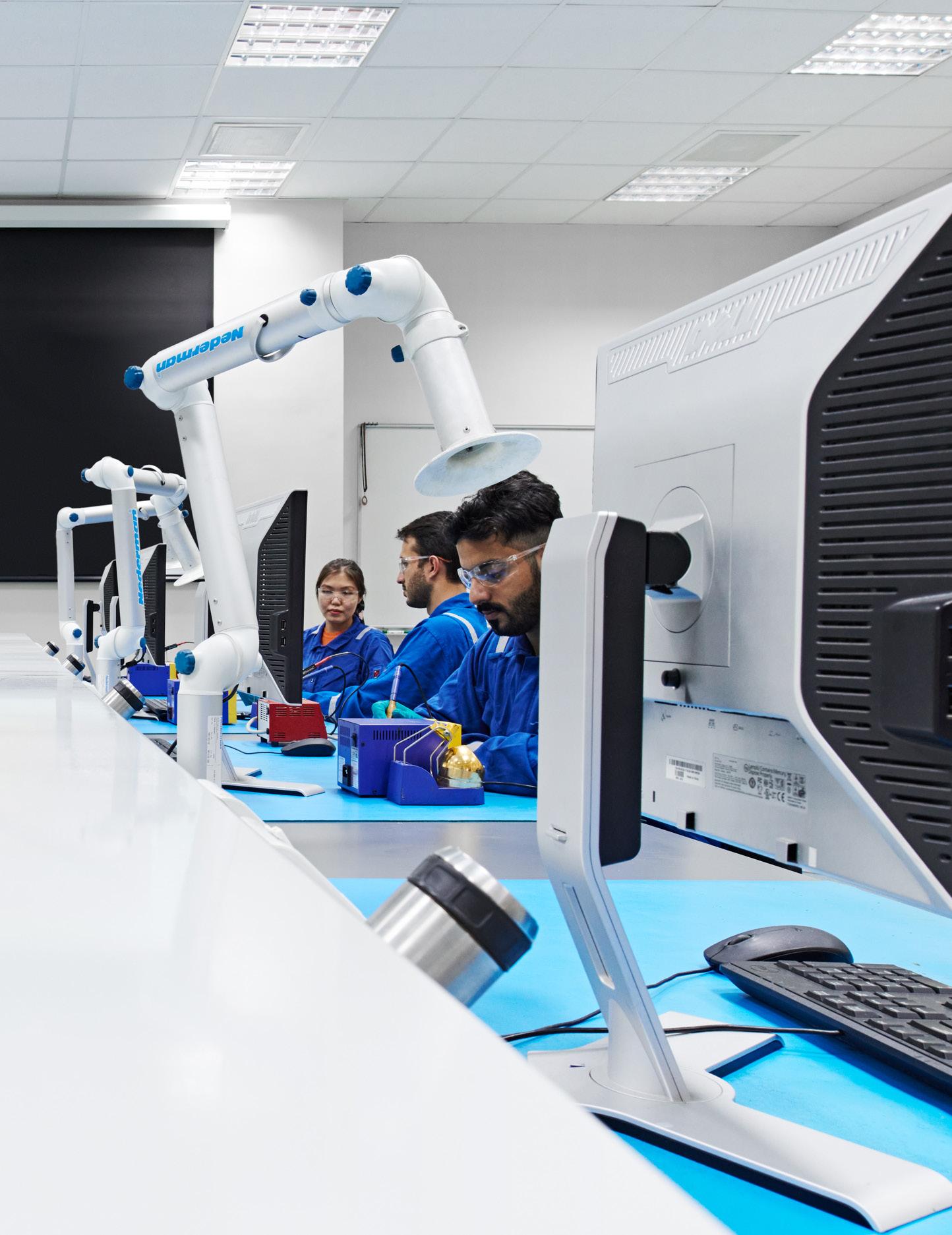
“We work in the world of data, technology and AI. Everything can have better visibility, more innovative approaches and improved effectiveness”
and efficiency in the supply chain department, missed opportunities and inefficiencies soon multiply out and interactions become more complicated across the board. We want our people to work on valueadded tasks with less time spent on menial or transactional tasks.”
Janaina explains how digitalisation and performance are two core components of SLB’s supply chain innovation.
“At one level we help our clients on their journey towards excellence in performance and digitalisation, so it makes sense for us to embrace them as a company as well,” says Janaina. “More specifically we are currently focusing on the digitalisation of our data. We have a tremendous volume of transactions every single day and if we weren’t digitalising this process, it would hinder visibility and have knock-on effects throughout the entire business. Digitalisation is key for our supply chain and company growth.
“When it comes to performance, it is a mindset for us at SLB embedded into our brand and how our teams operate. So for instance, if we consider the supply tender process, today we are trying to implement new ways of thinking within the existing sourcing process. We’re building in factors such as
security, sustainability or energy consumption.”
SLB champions sustainability by deploying advanced technological innovation, facilitating decarbonisation and striving towards new energy systems. But Janaina describes how these externally directed endeavours have been reflected by internal development as well. She highlights two major initiatives related to training and visibility that have been particularly impactful at SLB within its supply chain.
“Even before our rebranding in 2022 and that shift towards greater emphasis on sustainability and the global energy transition, we recognised a need to improve our internal awareness in terms of sustainable initiatives,” states Janaina. “In the past two years, we’ve been working incredibly hard to develop our awareness and training related to sustainability. It was a huge, multifaceted effort to keep the entire business aware of our sustainability initiatives.
“We started at a global level by developing formal training programmes with supply chainspecific modules. Over time we refined our training efforts and enhanced our courses by
partnering with universities and research centres to advance our awareness even further.
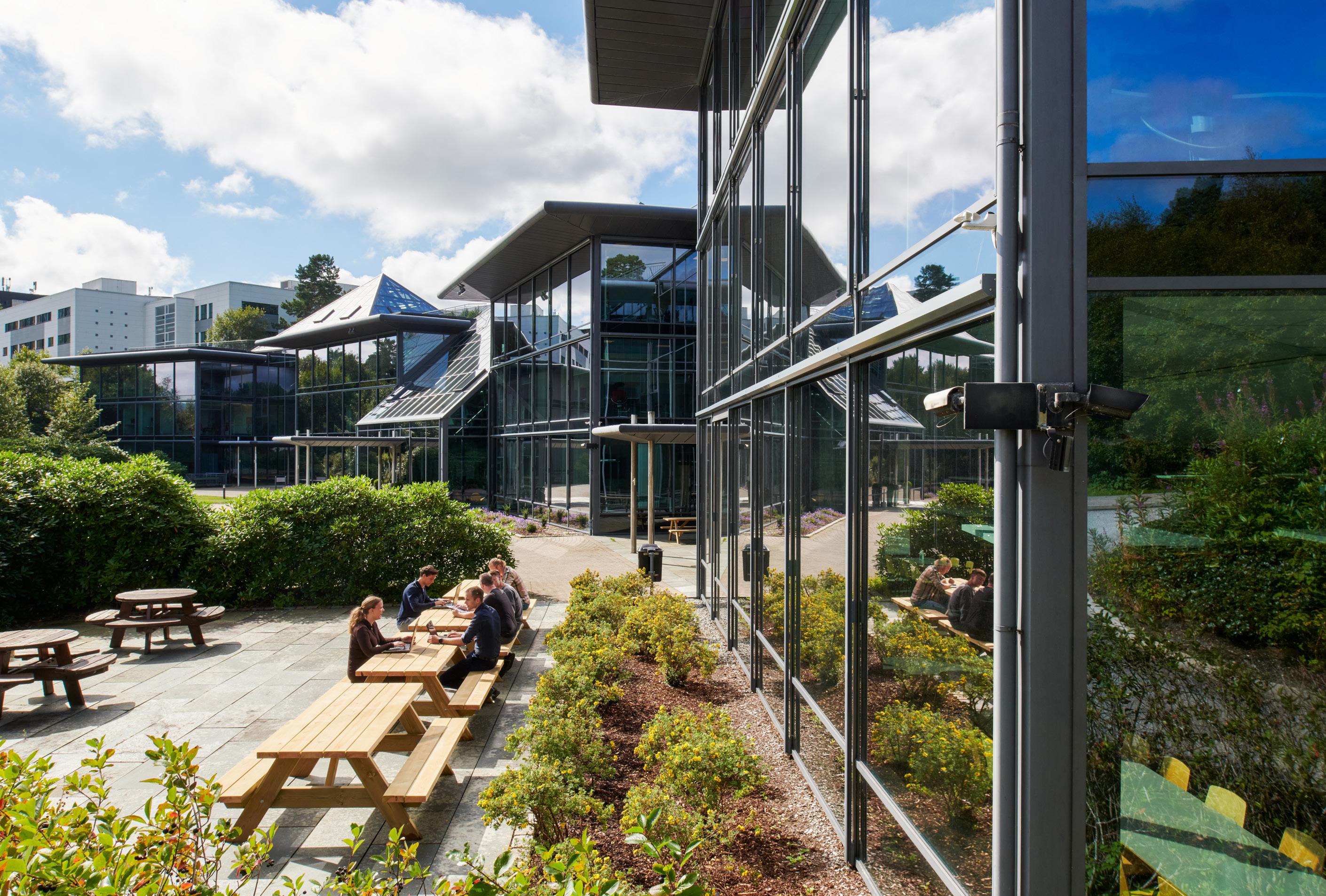
“Many of our key stakeholders, managers and supervisors are being invited to enrol in these 2-3 month training programmes.
“We’ve now turned our attention more broadly towards engagement to capitalise on this momentum, but in a fun, compelling way. We partnered globally with a science education platform that works with companies to highlight the subject of sustainability, based on the latest Intergovernmental Panel on Climate Change data, but in an accessible and entertaining way. In our region we also launched a Sustainability
Roadshow where we engage in a fun and interactive way with a short inperson workshop focusing not only on the company global directions and priorities but also our own sustainability initiatives to reach all levels of the organisation. That has been successfully ongoing since June, involving several different countries.
“The second pillar of our efforts towards sustainability centres on visibility regarding our emissions. As with any company, we have better control over our scope 1 and scope 2 emissions since they are internal. But it is the scope 3 emissions where the greatest potential impact lies.
“Even though this is the most challenging area to catalyse change,
as a company we have committed to reducing our scope 3 emissions and partnered with CDP Worldwide to improve SLB’s environmental impact with external accountability.”
Janaina describes how SLB has asked its key suppliers to disclose their emissions for several years now. “It's not an easy exercise and we don’t expect details from all our suppliers because some might not have the bandwidth or maturity for now,” she admits. “But it is possible for some of our key suppliers, and for the others, we built frameworks to help them advance their capabilities so they can offer insights. It's critical to work in collaboration with our key suppliers on that journey.”
Due to the global nature of SLB’s operations, Janaina explains that the company recognises its messaging related to sustainability needs to be adjusted to the diverse countries and cultures where they are based.
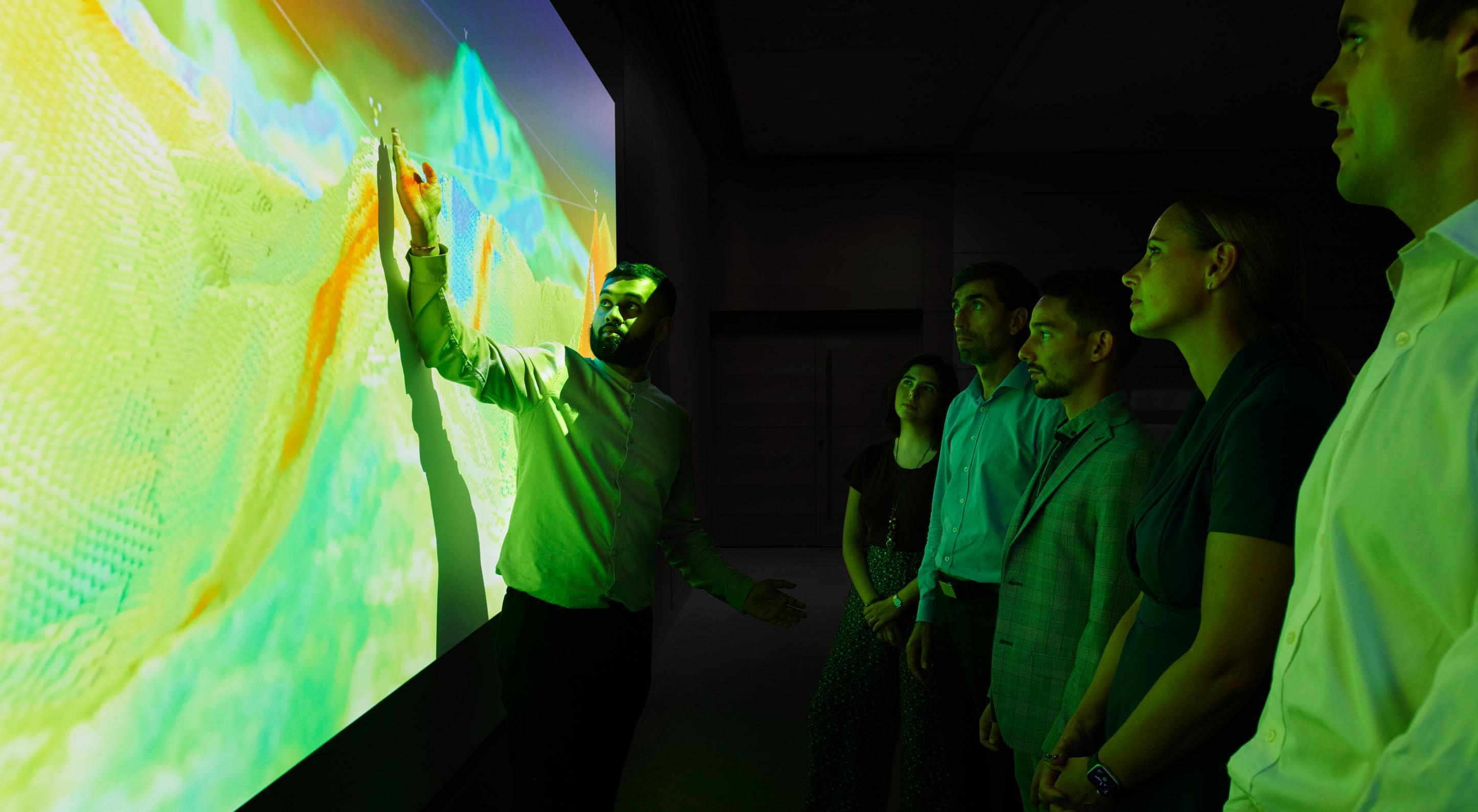
“In my region we cover over 20 countries, so we created a framework where we could organise ourselves a bit better based on locations. We formed a sustainability SteerCo where we define the direction and priorities in each place. In turn, we adapted different communication strategies to approach our colleagues. To give better transparency and visibility in what we are implementing in the region, we developed an app where
“Teamwork has been an empowering force that propels many of our teams towards collective success”
we provide visibility on all our ongoing projects, their status or progress and who is involved in them.
“This has not only helped us to fulfil that internal demand from our people to have transparency in what was happening across the company, but also it has helped us to track the sustainability projects at a higher level.
“We divide these endeavours into three broad categories. The first is our internal sustainability and emissions. The second is focused on the social side, in terms of our community and human rights work. The third pillar focuses on how we are helping our clients either on the new energy side or how to decarbonise their emissions.
“With the support of many different teams in place, we put all these systems in place so we have transparency from the top down, but also the bottom up. For instance, on the same portal employees can upload ideas for new projects and volunteer themselves to participate in some of those projects. So our engagement is thorough and clear, and we can track what is happening.
“Communication is a key element in any successful endeavour, especially one as complex as sustainability. Timely and transparent information sharing across teams and stakeholders is vital to fostering
collaboration and results. The more education and information that flows towards our teams, the more initiatives and ideas emerge, driving sustainable practices and resilience.
“By leveraging the power of communication, I believe that we can create a more informed and motivated sense of community, engaged towards a more sustainable future.
But Janaina reiterates that major projects like reducing scope 3 emissions and educating its staff on sustainability or deploying supply chain digitalisation and performance require teamwork, partnerships and collaboration.
“Teamwork has been an empowering force that propels many of our teams towards collective success,” says Janaina. “To achieve many of those results, I’m lucky enough to work with a cohesive team and different stakeholders who have been instrumental in helping to achieve our aspirations. The more we work on collaboration across different teams, the more we are able to tackle challenges, overcome obstacles and achieve what would not have been possible without that synergy.
“We cannot solve these profound global challenges by ourselves,” says Janaina. “These issues are very complex, and we rely on allies to help us.

Are you seeking to embrace energy efficiency practices and unlock the potential of sustainable growth for your business? Look no further than Entro, a leading independent expert consultant on energy efficiency and sustainable buildings. With more than 30 years of experience, we are here to help you navigate the energy transition, reduce risks and achieve your climate targets. Further, we are thrilled to present our innovative “no-cureno-pay” business model, designed to deliver tangible energy savings and cost reductions without any upfront expenses. At Entro, we understand the importance of energy savings for businesses today.
We provide comprehensive services that enable you to create environmental benefits, save time and money, and drive sustainable growth through optimised resource utilisation.

Our team of consultants brings together outstanding multidisciplinary expertise and a unique blend of practical and academic skills. We are working with major businesses involved in owning, managing and servicing buildings, helping them transition to more sustainable practices. Whether you are a corporation, a real estate developer or a facility manager, we have the knowledge and experience to assist you with energy and environmental improvements that pay off on your sustainability journey.
One of our key selling points is our commitment to achieving significant energy savings for our clients. Our estimates suggest that, in most cases, we can obtain substantial reductions in energy use. We understand that committing resources to energy-saving initiatives can be challenging when the returns on investments are uncertain. That’s why we have developed a risk-free approach that ensures you only pay when you see measurable energy savings.
Entro conduct a comprehensive assessment of your energy usage, identify areas for improvement and implement tailored solutions. Throughout the process, we provide ongoing support from experts, establish remote monitoring, create digital twins and apply AI light to ensure the desired results are achieved. Our fee is directly tied to the energy savings you realise. So, the more energy you save, the more you benefit, both environmentally and financially.
With Entro’s “no-cure-no-pay” business model, you have the freedom to prioritise energy savings without straining your budget. We believe that sustainability should be accessible to all businesses, regardless of their size or financial capacity. Our model allows you to make significant progress towards your sustainability targets while remaining cost-effective.
By partnering with Entro, you get more than just a consultant. You gain a trusted ally committed to your success. Our team will work closely with you to identify energy-saving opportunities, implement energy-efficient measures and optimise your systems. We are dedicated to helping you achieve long-term energy savings that positively impact your bottom line and the environment.

Join the ranks of our satisfied clients who have experienced the transformative power of our “no-cureno-pay” business model. Take the first step towards a sustainable future, reduce your environmental footprint and unlock the potential of sustainable growth for your business while you are saving energy and money.
Don’t let financial constraints hold you back from making a positive impact. Contact Entro today and let us help you embark on your sustainability journey with confidence. Together, we can build a greener, more prosperous future.
Visit our website at www.entro.us to learn more about how Entro can help your business thrive sustainably through energy savings.
“For example, we work closely with Entro – an energy efficiency company from Norway – to reduce our consumption at some of our facilities. We kicked off the project with them at our operations in Aberdeen, Scotland. We have a ‘no cure, no payment’ deal in place with Entro. They visited our sites and deployed their expertise to analyse where we could decrease our energy consumption. From there, we agreed that if they achieved a certain drop in consumption for us within a specific period of time, we would pay them a portion of the savings.
“Entro helped us understand our habits better and with their assistance we reduced our consumption considerably at our Aberdeen facilities in the first year – it has been a very successful partnership.
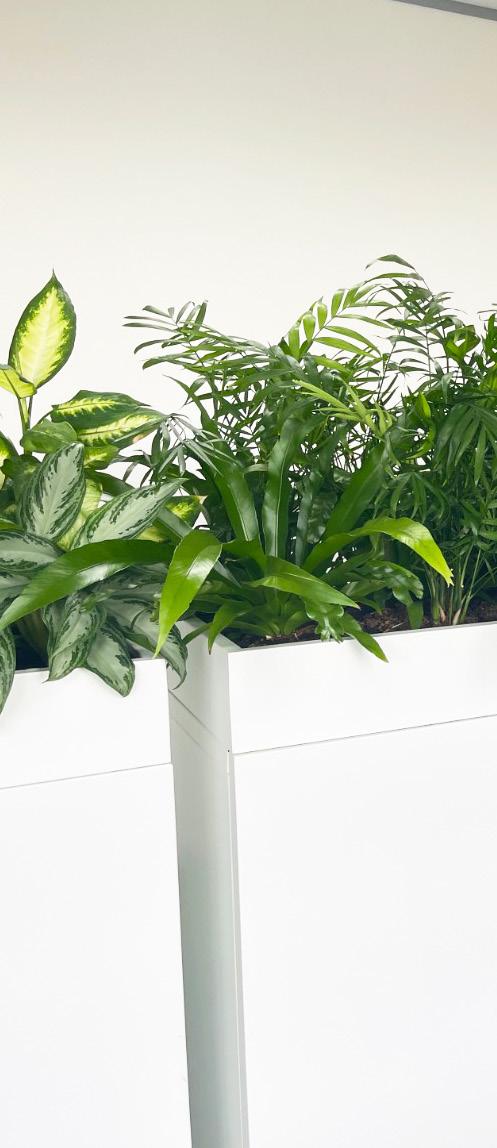
“Entro helped us understand our habits better and with their assistance we reduced our consumption considerably at our Aberdeen facilities in the first year – it has been a very successful partnership”
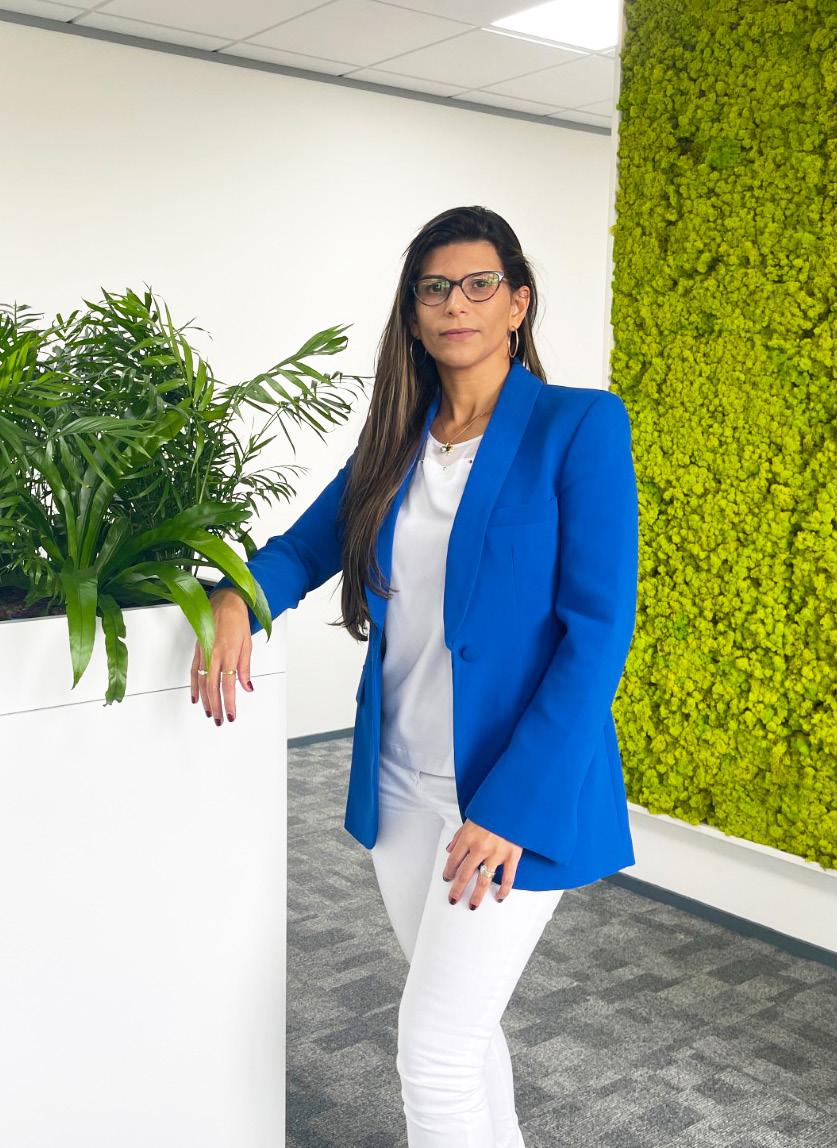
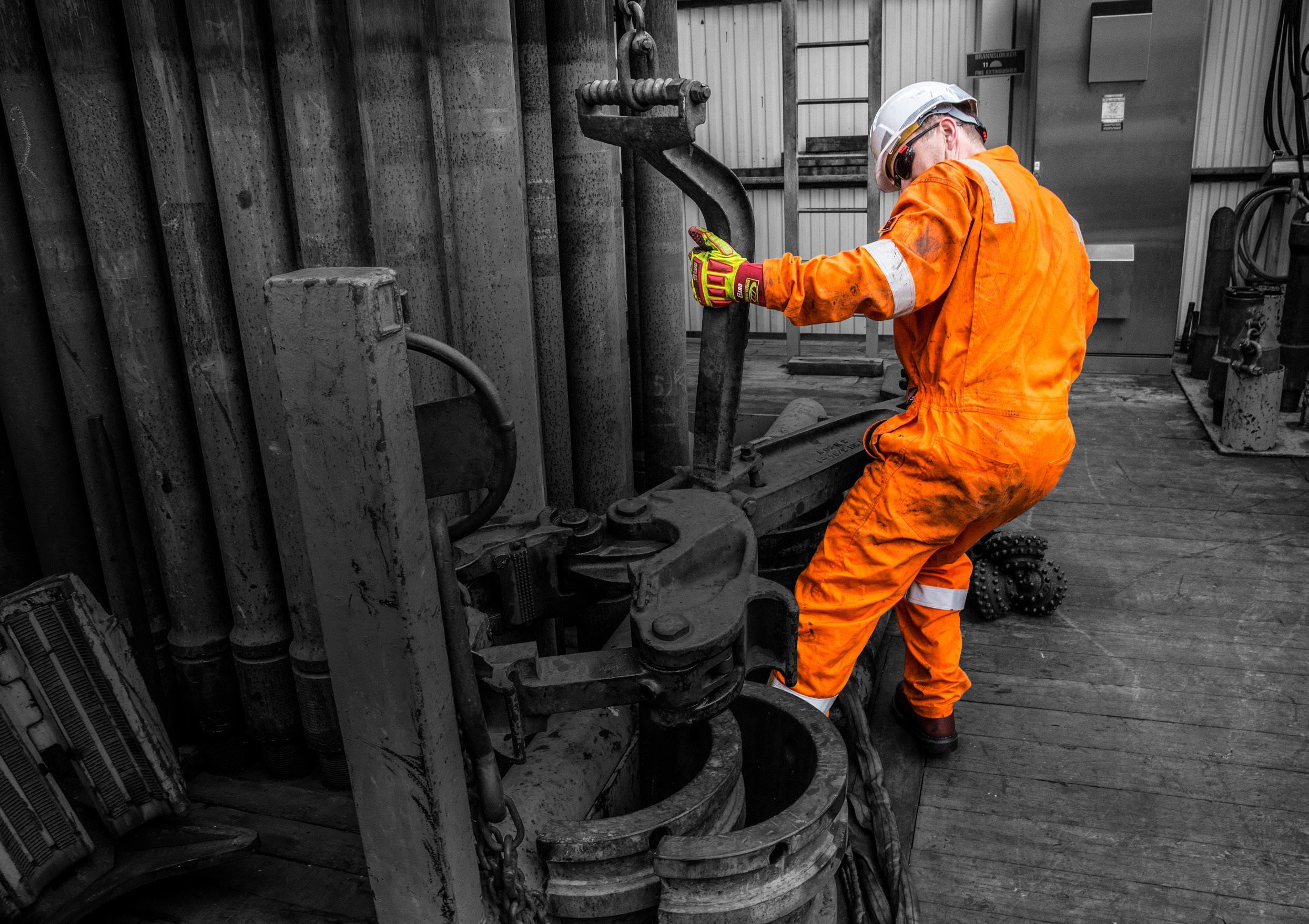

“We hope we can build on this partnership and expand it to other SLB facilities in Europe.
“Another example of a productive and valued partnership is our work with Red Wing Safety. Red Wing is our PPE provider and we collaborate not only on safety but sustainability as well. For instance, we have been developing more sustainable
overalls and boots that will benefit both companies and work towards goals we are both trying to achieve – always keeping safety front and centre.”

“I trust there will be a lot of exciting developments in the coming years,” says Janaina. “I envision further

“Red Wing is our PPE provider and we collaborate not only on safety but sustainability as well”
growth related to energy security as this is such a crucial topic. But I also think we are well positioned with the right concepts and right mindset to grow in the right direction, helping our clients but also positively impacting the planet as well. There’s a tangible feeling of excitement here at SLB for this new chapter in the company’s rich history. We’re looking at promising new relationships with many different stakeholders, providers and clients that may evolve into collaborative partners – it’s very fluid and stimulating to witness and be a part of, especially on the new energy and decarbonising side of the company.
“SLB is an innovative company, and we know there are a tremendous amount of opportunities for us to work towards. There is no way that the global energy transition and the drive towards net zero will happen without innovation and that’s embedded into our DNA as a company.”
Learn more about SLB by visiting slb.com.
During the height of the Covid pandemic, SLB gave employees time off to help them cope with the demands and challenges of lockdowns. Janaina recalls using this opportunity to take on additional training and professional
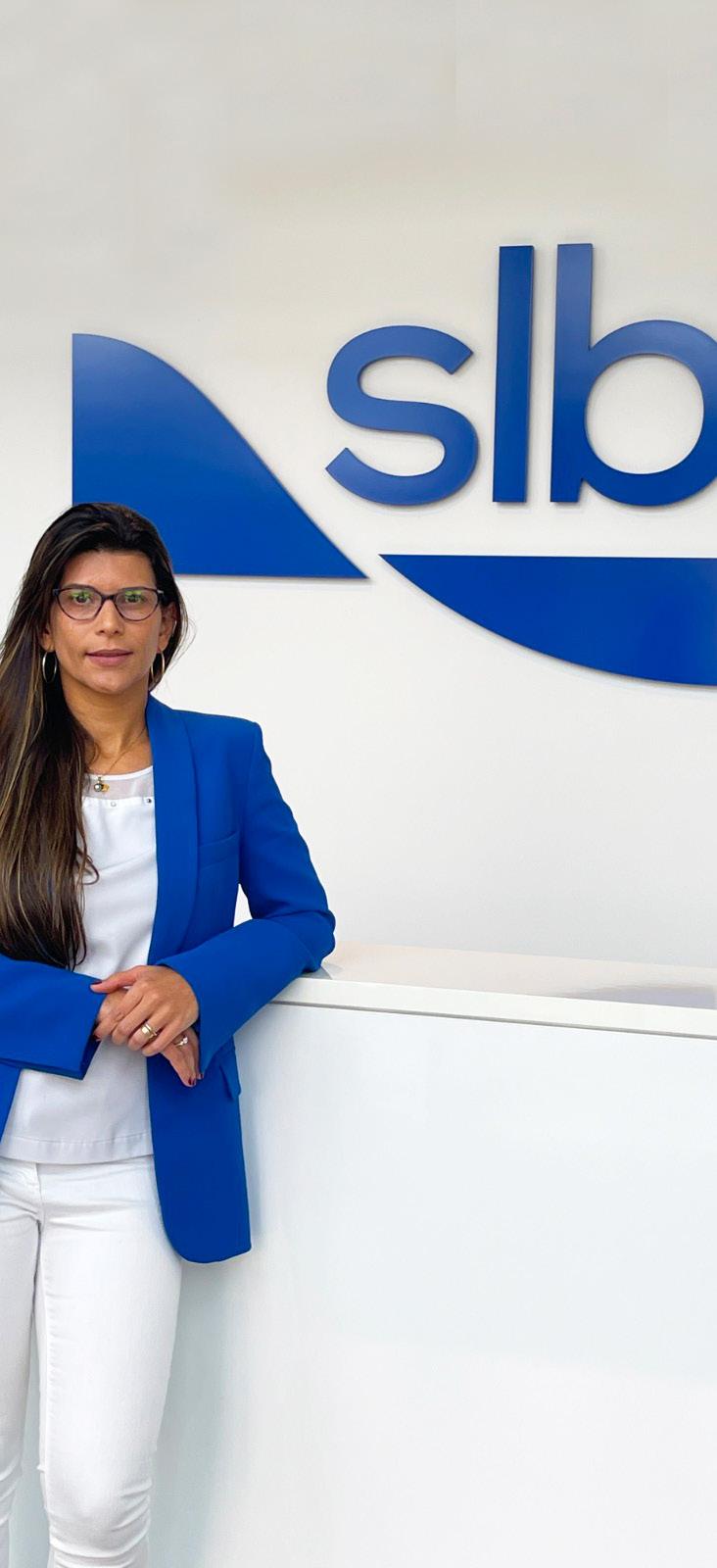
Personal passion meets professional purpose
development related to sustainability since it was a cause close to her heart.
“At a personal level, I wanted to better understand the situation before us,” shares Janaina. “It opened my eyes and once you have that awareness, you can’t ignore it. It just so happened that at the time SLB was focusing more attention on sustainability and everything fell into place for me to embrace the second layer to my role related to sustainability beyond the underlying supply chain dynamic.
“Beyond that, being able to be more aware of the sustainability cause and passing that to my family and kids has been rewarding. I’m a very proud mum of two and they started to talk more about the topic and take the small actions in our daily lives that shows their own early awareness about the theme.”
Janaina is currently reading Hyperfocus: How to Work Less to Achieve More by Chris Bailey and highly recommends the
book to anyone grappling with all the information, priorities and distractions we juggle in modern daily life.
Janaina believes in finding ways to nurture well-being. “Our mental health is super important,” she insists. “Recently I’ve been more committed to making time for my mental health, which for me meant tweaking my schedule so I can exercise at the start of the day, every day, as much as much as feasible, even if on busy days that means only few minutes. My current year-to-date average daily is around 50 minutes per day. I’ve built this habit over the past year. I realised that if I make exercising a habit it is easier for me to actually keep track of it. Besides the physical benefits of the exercise, it also helps me to cope with so much information ongoing (i.e. such as online training, webcasts, podcast, etc) and overall has been incredibly helpful for my mental wellbeing.”
Connect with Janaina

Strive for a more sustainable workplace with these recommendations from Studio Alliance.
ustainability in the workplace has become a hot topic these days, and for good reason. With environmental concerns taking centre stage and a growing awareness of our collective impact on the planet, businesses recognise their role in creating a more sustainable future.
Integrating eco-friendly practices minimises the carbon footprint and demonstrates a commitment to responsible corporate citizenship.
Studio Alliance, a European alliance of workplace experts, has provided six effective tips on how offices can start being more sustainable, along with the benefits they bring.


Implementing smart energy management systems that utilise IoT (Internet of Things) devices and sensors can significantly reduce energy consumption in office spaces. These systems can monitor and adjust lighting, heating and cooling based on occupancy and natural lighting conditions. By optimising energy usage, companies can lower their carbon footprint and operational costs, showcasing their commitment to sustainability to both employees and clients. This approach also aligns with digital trends, demonstrating technological innovation and efficiency.

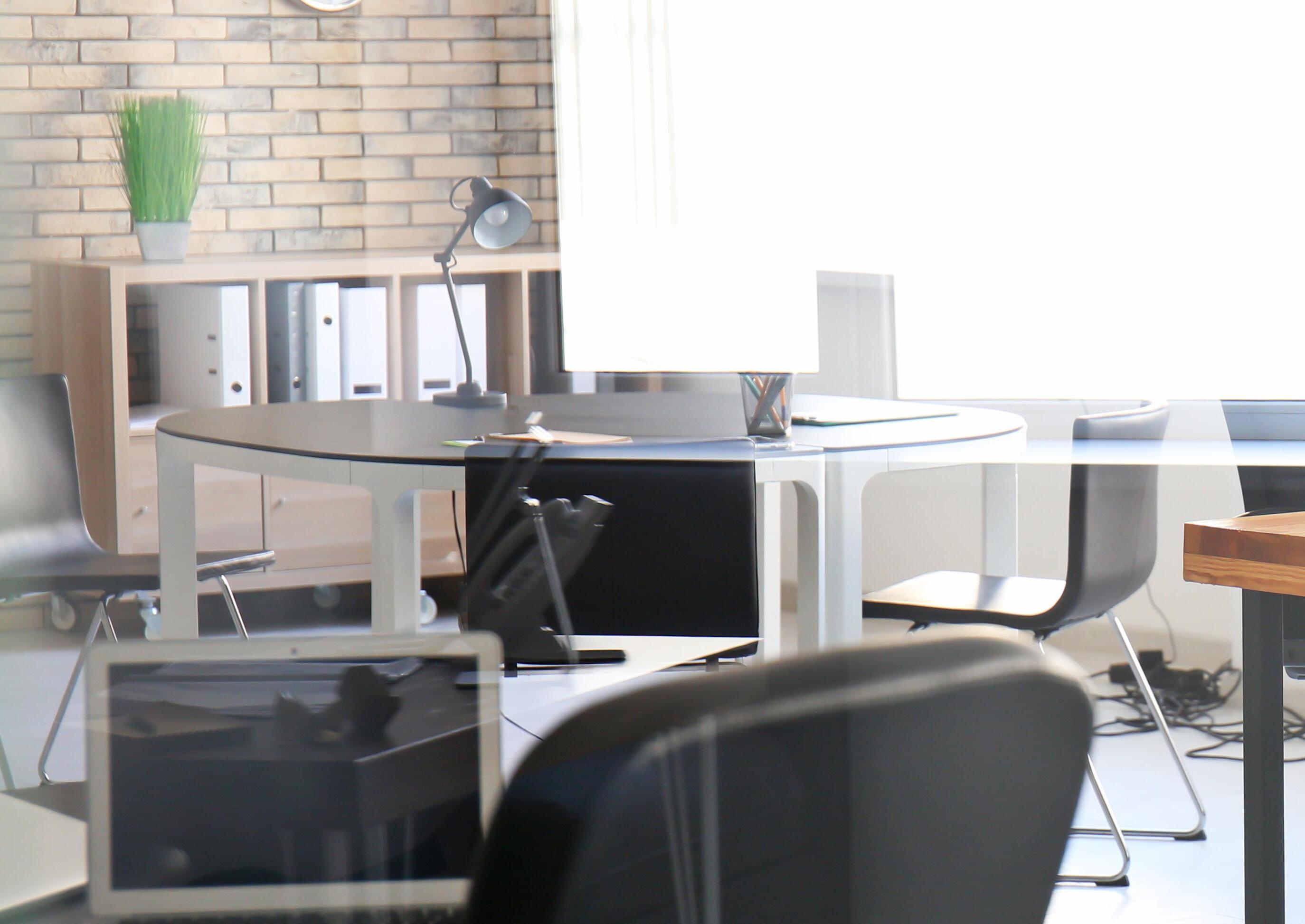
Incorporating biophilic design principles into office spaces involves introducing natural elements like plants, natural light and natural materials. This design approach not only improves air quality and enhances the aesthetics of the workplace but also promotes employee well-being and productivity. Exposure to nature has been linked to reduced stress levels, improved cognitive function and increased job satisfaction. A sustainable, natureinspired workspace can be a strong selling point in recruitment efforts and contribute to higher employee retention rates.


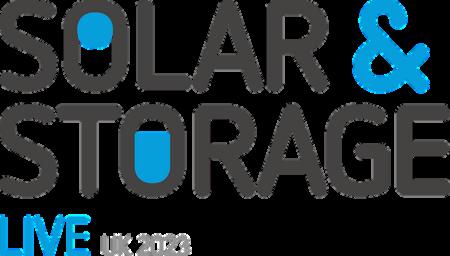
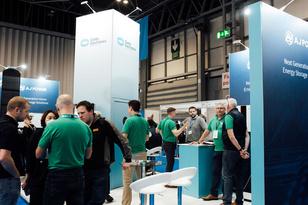

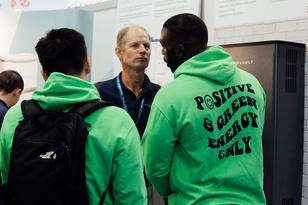

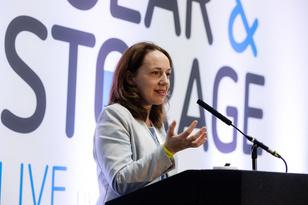





Supporting remote work through digital solutions not only reduces commuting-related emissions but also enhances employee well-being and work-life balance. By investing in secure and efficient remote work technologies, companies can attract a wider talent pool from different geographical areas, thereby diversifying their workforce. This approach aligns with the trend of flexible work arrangements, showcasing a forward-thinking and adaptable organisational culture.

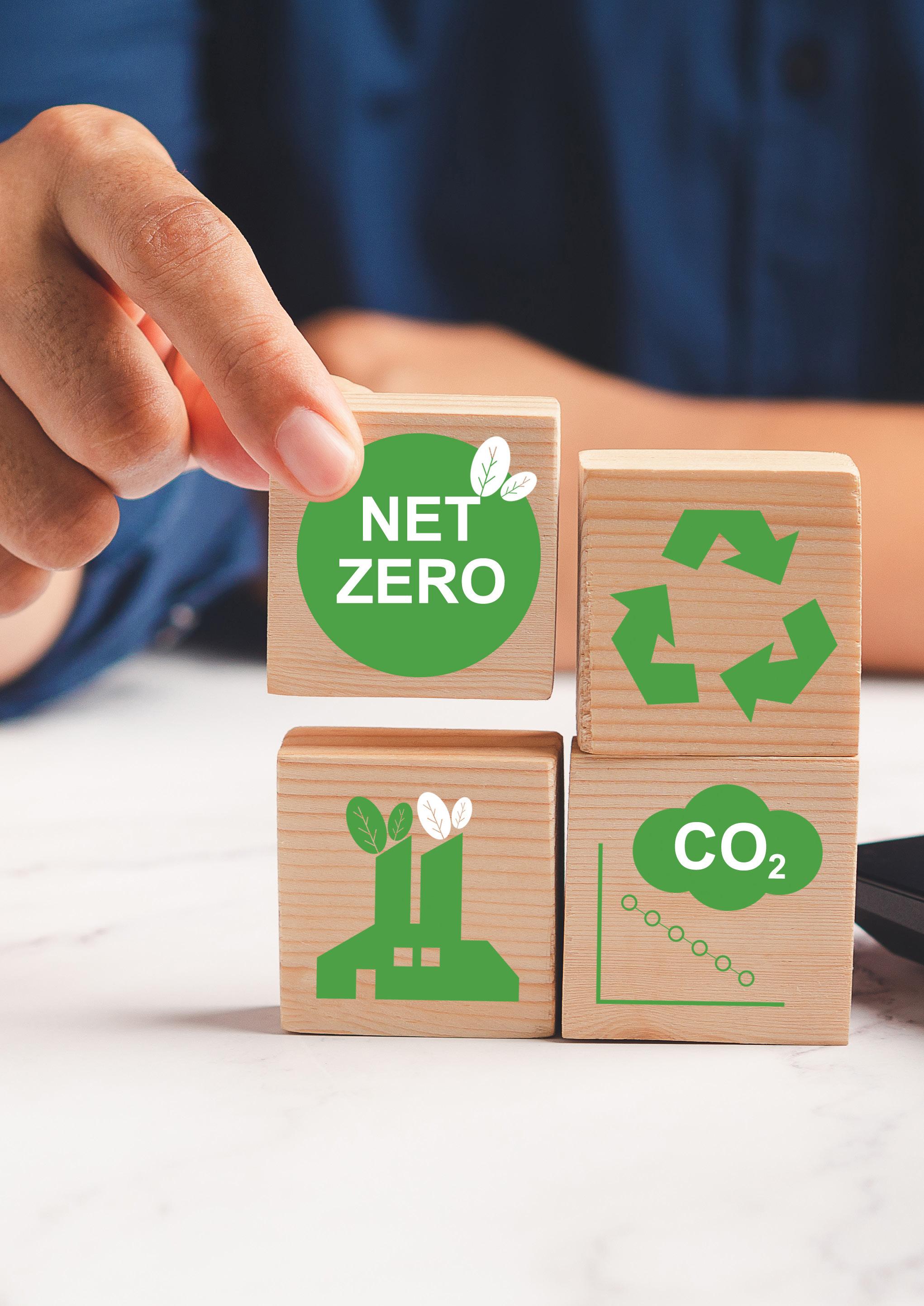
Establishing comprehensive waste reduction and recycling programmes within the office space can significantly minimise a company’s environmental impact. Encouraging employees to reduce singleuse plastics, recycle properly and engage in waste reduction initiatives fosters a culture of sustainability. Such efforts resonate with younger generations who prioritise environmentally-conscious employers and can play a pivotal role in recruitment and retention strategies.

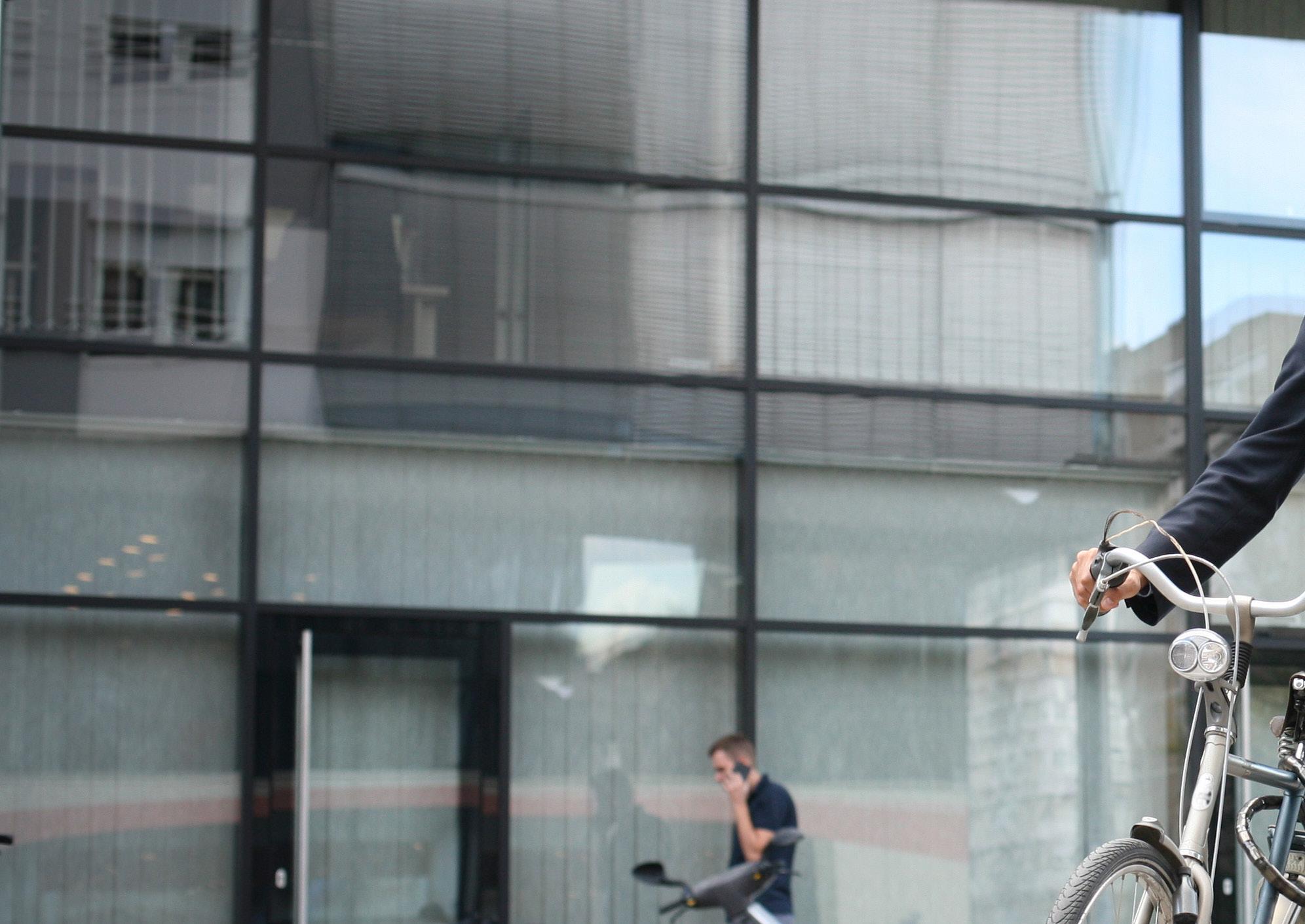

Promoting green commuting options, such as cycling, public transportation and carpooling, not only reduces carbon emissions but also contributes to employee well-being. Providing incentives like subsidised public transportation passes, bike storage facilities and flexible work hours can encourage employees to adopt ecofriendly commuting methods. This approach aligns with digital platforms for organising carpools and managing commuting schedules, appealing to techsavvy generations and reflecting a commitment to a greener future.
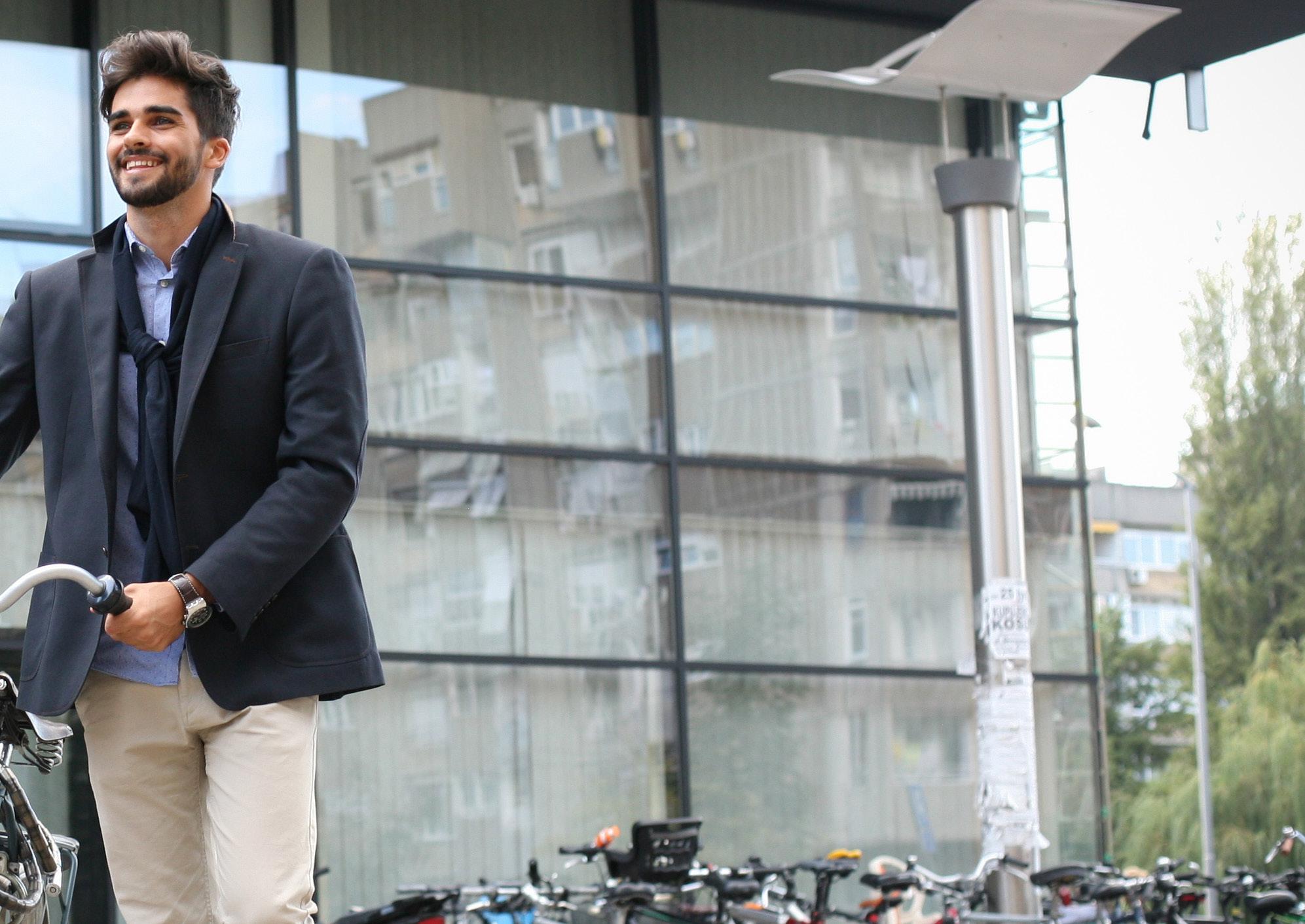

Embracing eco-friendly digital practices, such as paperless workflows, cloud storage and video conferencing, not only reduces paper waste but also minimises the energy and resources required for physical infrastructure. Transitioning to digital documentation and communication methods showcases a commitment to efficiency and sustainability while also meeting the preferences of digitally adept generations. This approach also supports employee well-being by streamlining processes and reducing administrative burdens.
Visit the Studio Alliance website and learn more: studio-alliance.com.
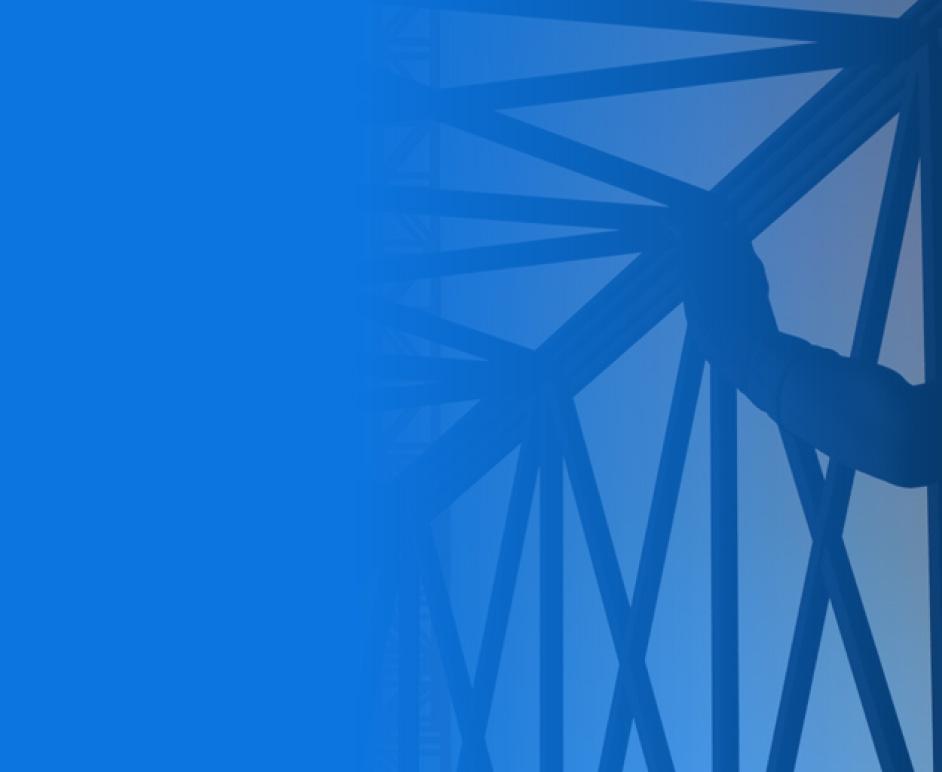
or over three decades, supply chain and supplier engagement has been overwhelmingly treated as an overhead, with an emphasis on driving margins up through squeezing costs down.
Only in the last four years has the industry started paying attention. COVID-19 was a watershed to further events, notably the Ever Given Suez blockage – and global pressures persist. The pandemic now transitioned into widespread economic downturn, amidst ongoing geopolitical hostility and a cost-of-living crisis. Companies must consider multiple disruptive scenarios whilst planning for the next three to five years.
Planning three to five years ahead requires top-line exploration. Opportunities to generate savings from cost-based approaches are diminishing. Why? Because as turbulence increases and business shrinks, so do pre-negotiated margins.
With growing attention now on top-line exploration to secure critical value, there’s never been a more important time to focus on creating meaningful, co-resilient relationships.
Suppeco, our Startup of the Month, has championed just this since it launched in April 2020.
Suppeco leverages the potential in relationships to solve key challenges facing the customer-supplier ecosystem. The challenge here is that we don’t live and function inside a legally drafted contract. We operate in the real world where things don’t necessarily run to order or by clause.
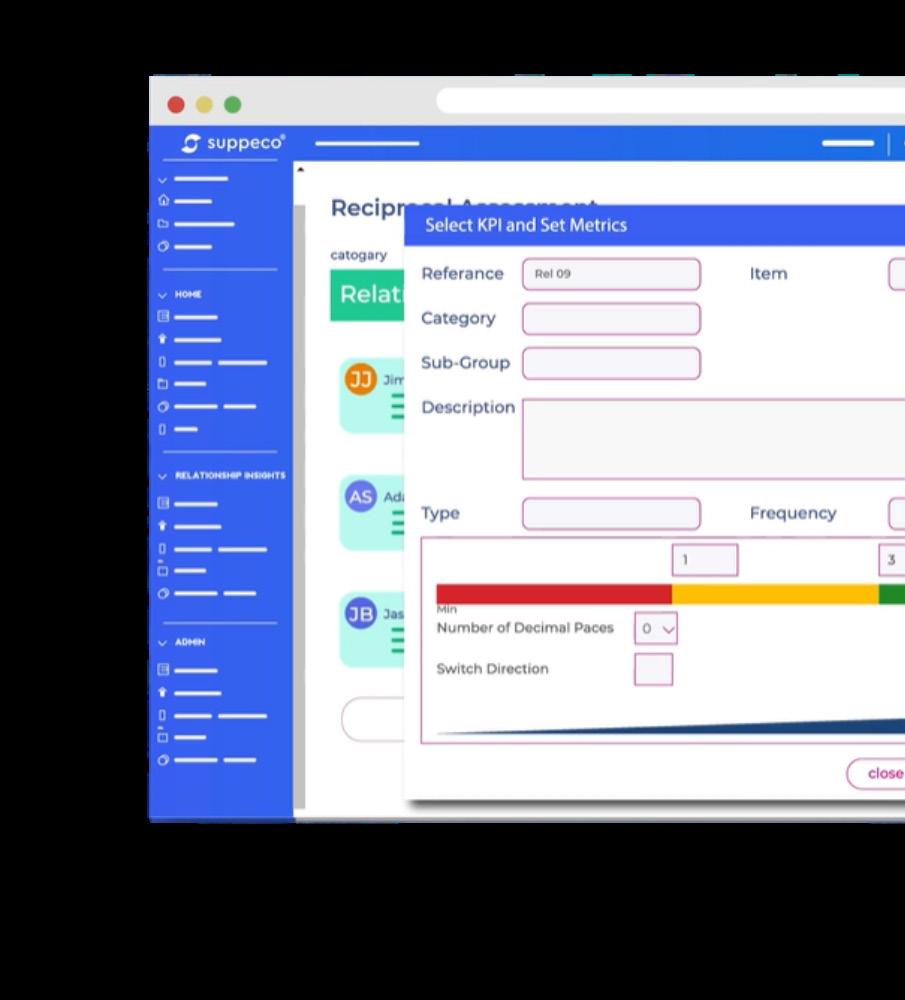
Fortunately, Suppeco differentiates here to create structure and planned execution within what it calls Four Pillars, its digital relationship layer.
Here’s a breakdown of what Suppeco calls its Cornerstones:
“Our customers appreciate the importance of going beyond contract performance. Seeking exponential value through the top line. A truly reciprocal relationship, exploring trust, values, innovation, collaboration, shared responsibilities and thought leadership”
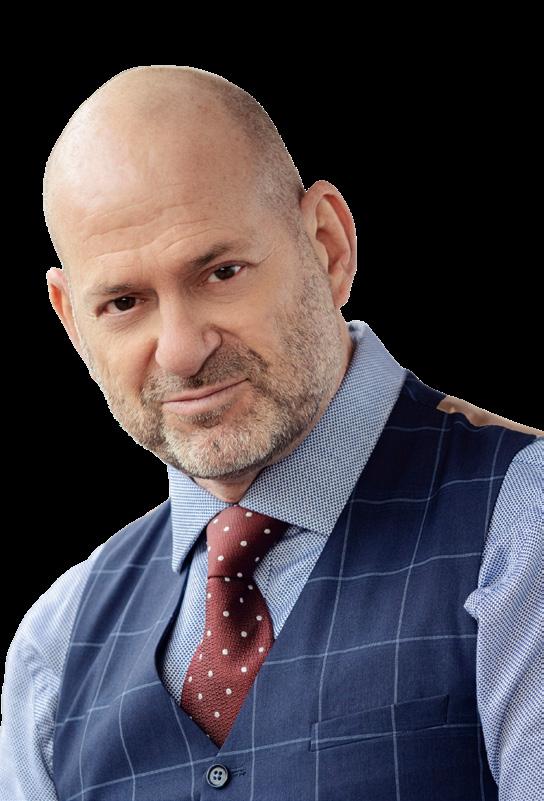 Sheldon Mydat, Founder and CEO of Suppeco
Sheldon Mydat, Founder and CEO of Suppeco
Structure and planned execution within the relationship space. Once an area that lacked measurability, now manageable and structured supporting substantive opportunities to drive precision, alignment, and execution of both tactical and strategic objectives, promoting demonstrable value and growth.
1. Actionables: Actionable visibility from tier zero deep into supply chain. The benefits of seeing and doing in real-time, supporting live assessments, continuous improvements and corrective measures – substantially reducing time-to-action, and time-on-task.
2. Insights: Power of data deep into the operational footprint. Data is a valuable commodity, but it ages fast. Suppeco delivers live interactive measurable insights.
3. Omni: Suppeco creates unrivalled frictionless environments for

collaboration at scale across global territories, distributed multiparty teams and companies.
4. Automate: Rather than users logging-in, Suppeco pushes critical data out to users. Automated workflows ensure never missing deadlines, KPIs, contract events, compliance or audit inspections.
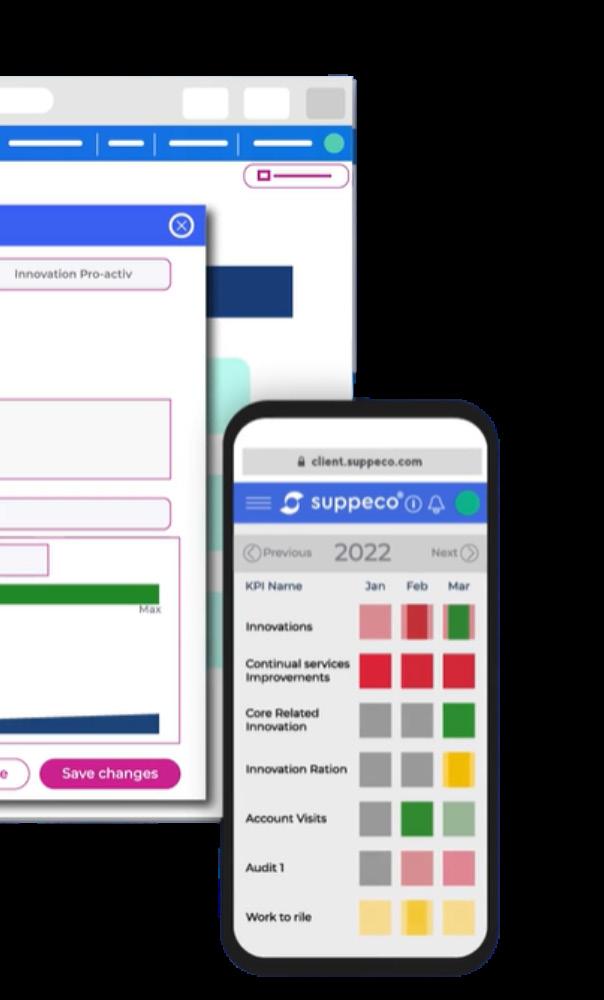
Far from being merely a KPI dashboard, Suppeco is a best-of-breed enterprise relationship platform.
“Our customers appreciate the importance of going beyond contract performance,” says Sheldon Mydat, Founder and CEO of Suppeco. “Seeking exponential value through the top line. A truly reciprocal relationship, exploring trust, values, innovation, collaboration, shared responsibilities and thought leadership.”
For more information about Suppeco, visit suppeco.com.
